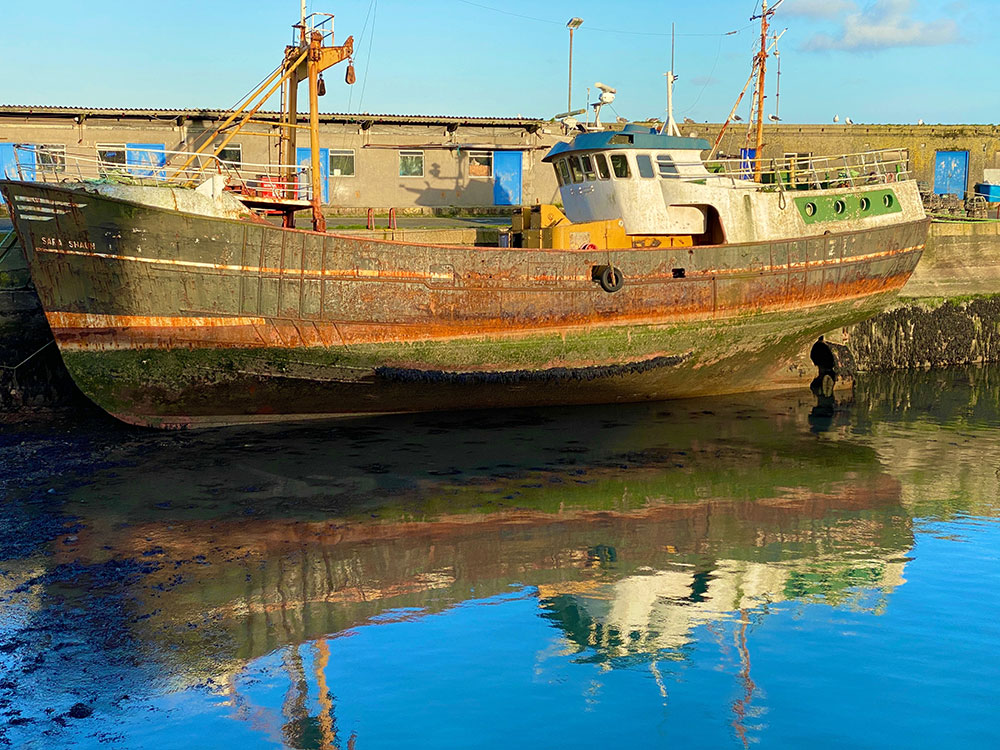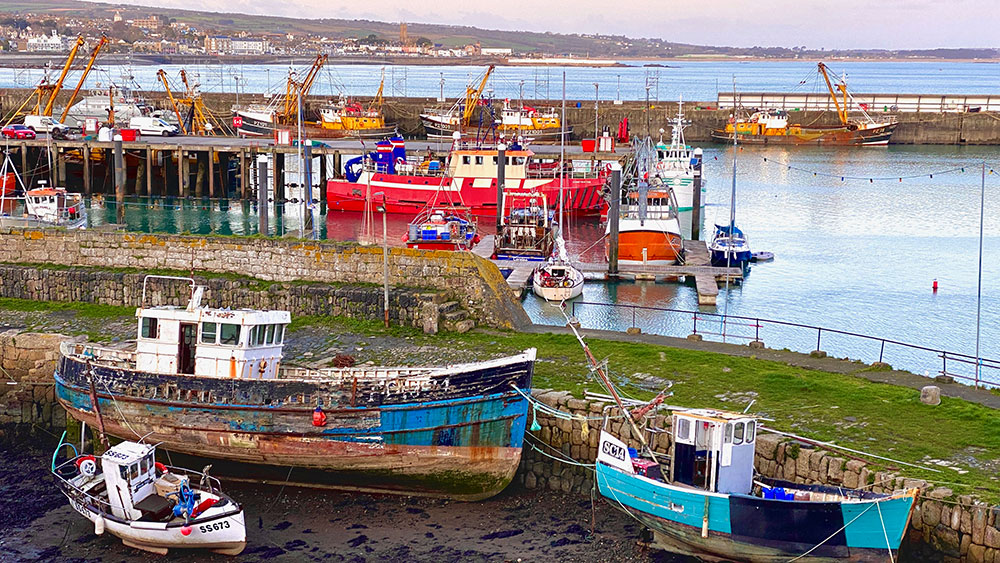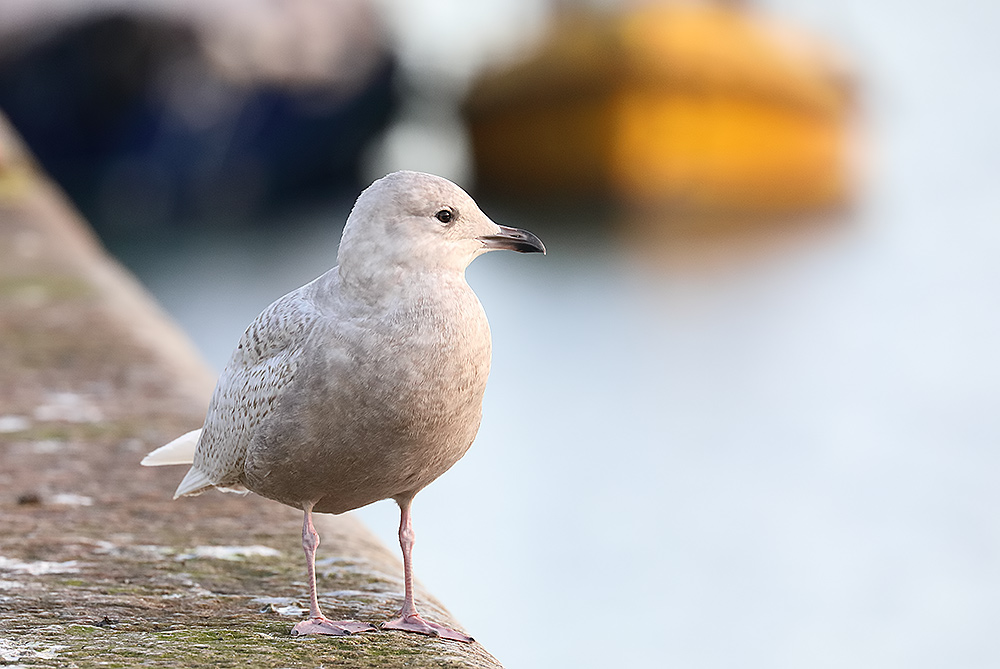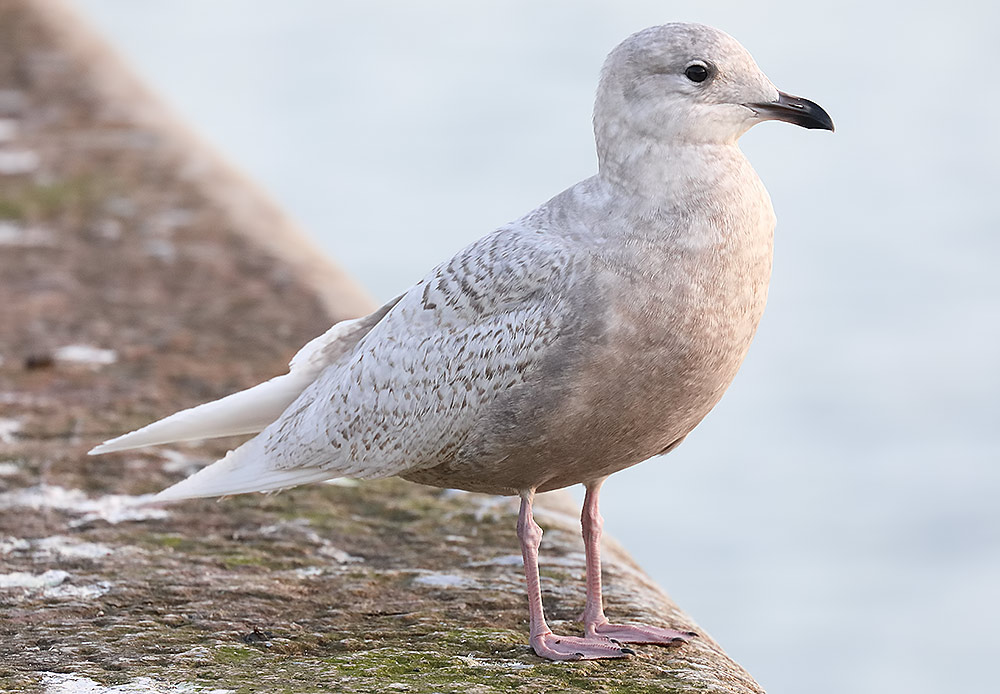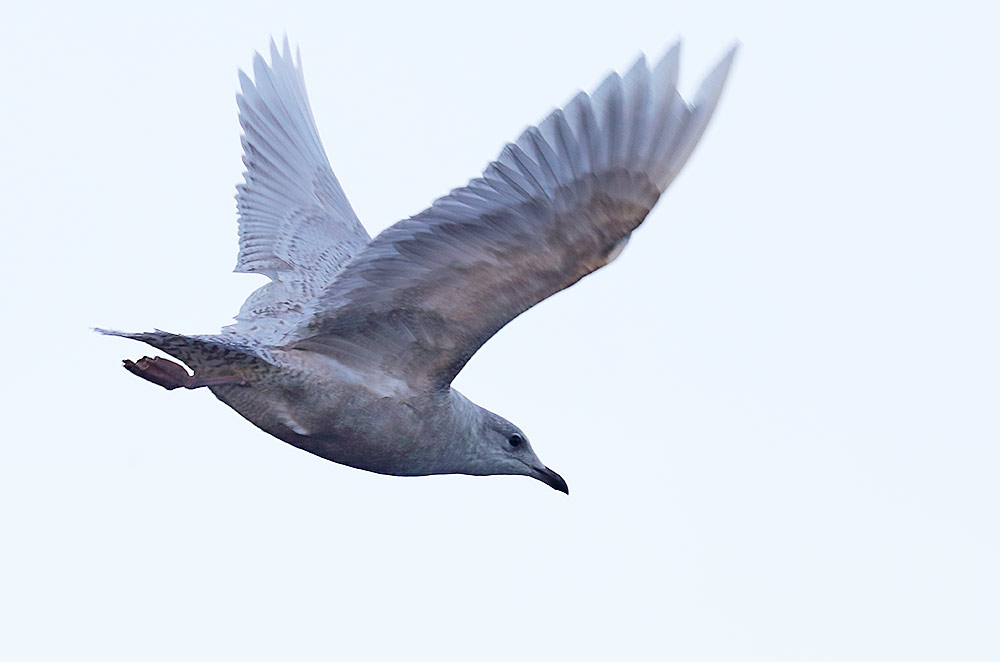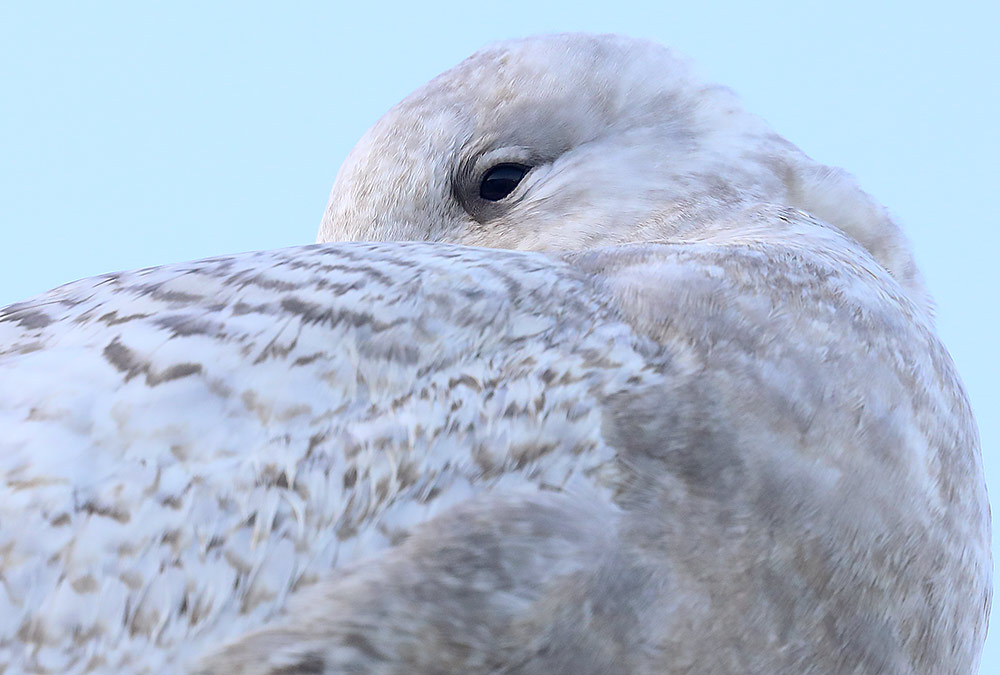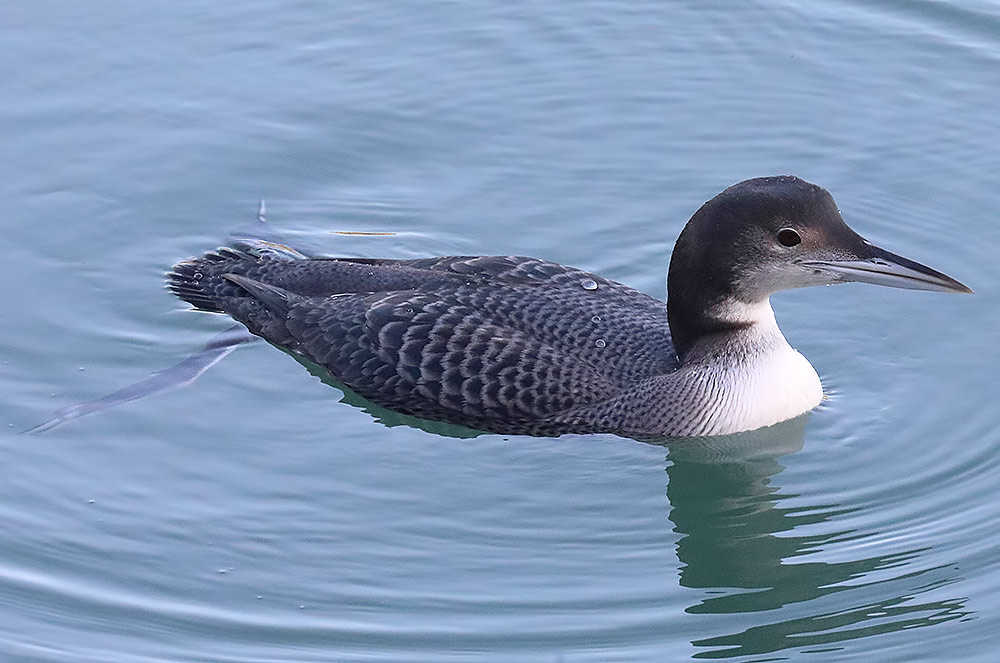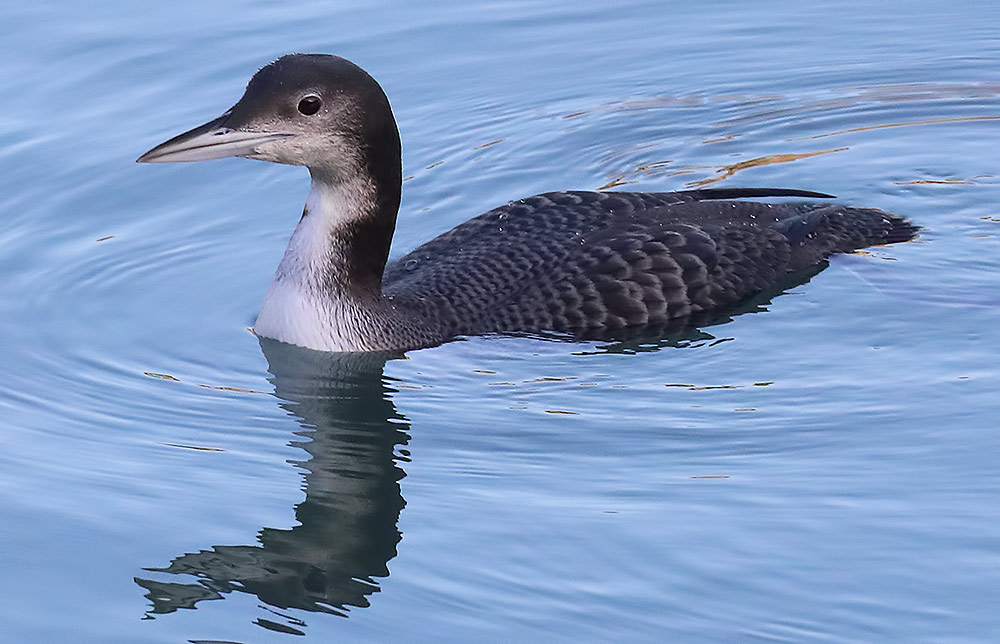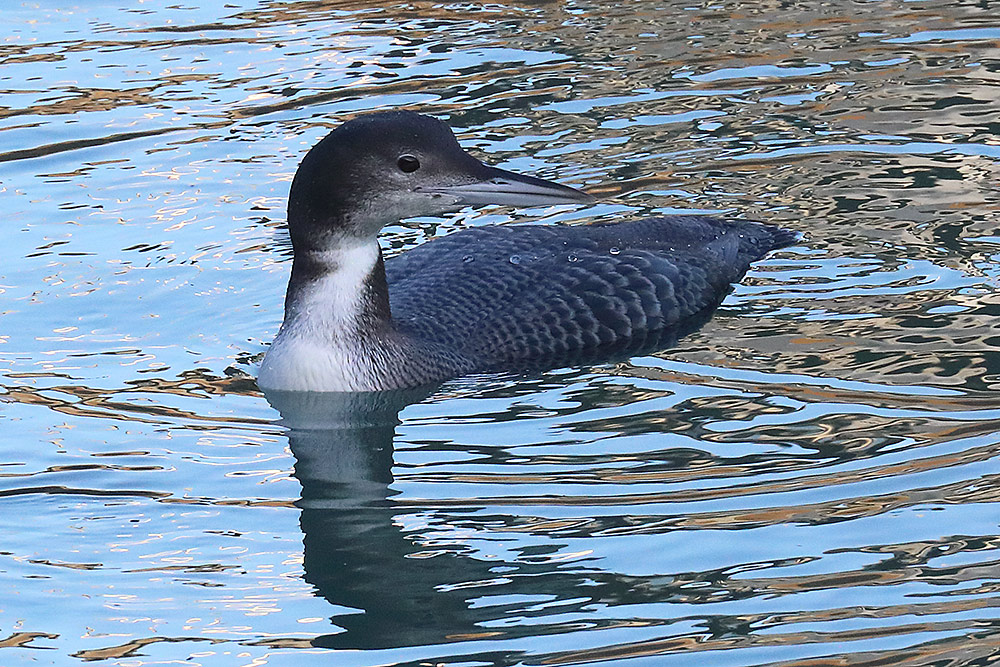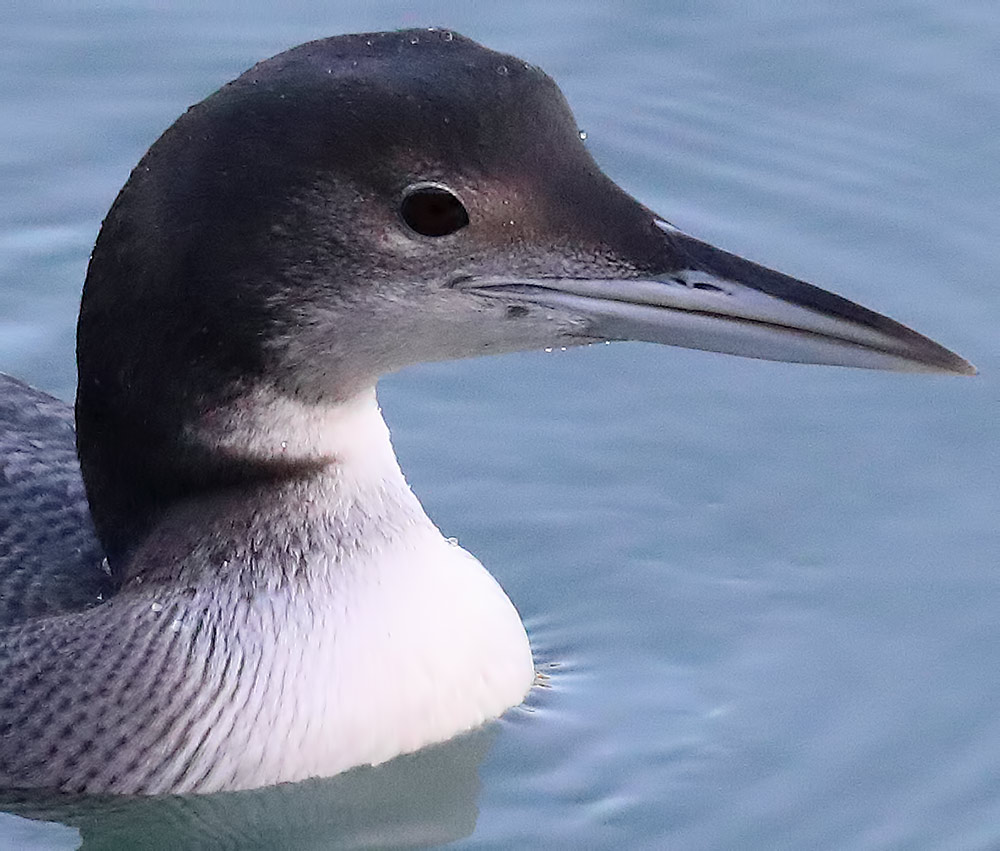January 2020
I travelled to Hyderabad, India on 12th and returned from Bengaluru on 23rd. We were teaching a workshop on bat taxonomy, ecology and conservation to about 50 participants from South Asia as part of our UKIERI grant with Srini from Osmania University. I was accompanied by Matt Zeale and Lia Gilmour from Bristol.
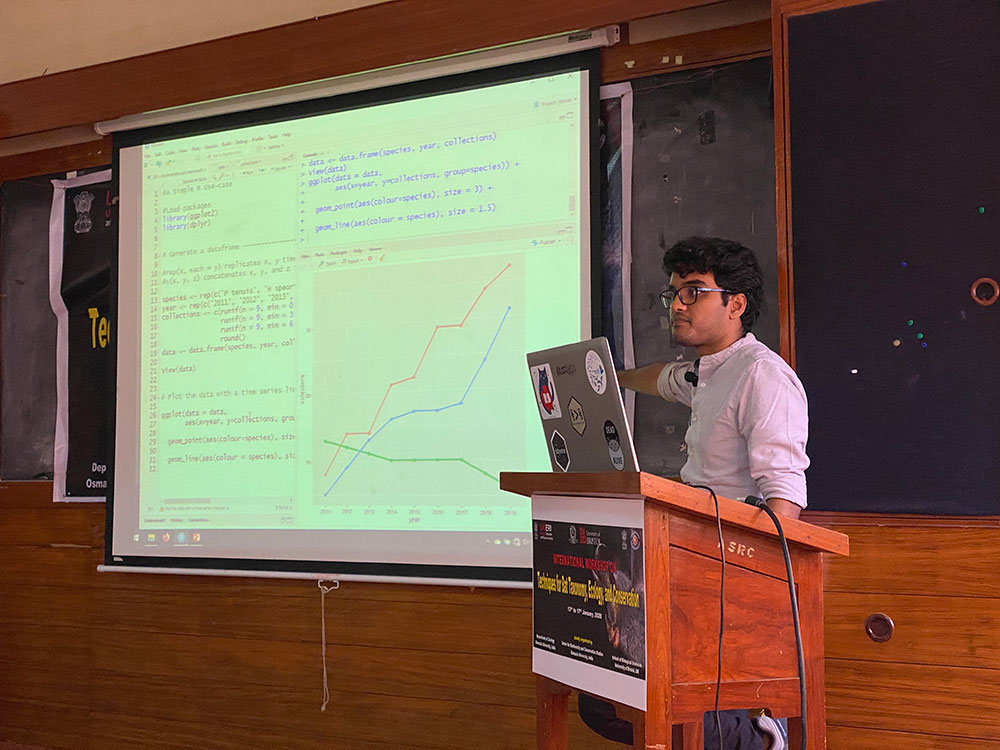
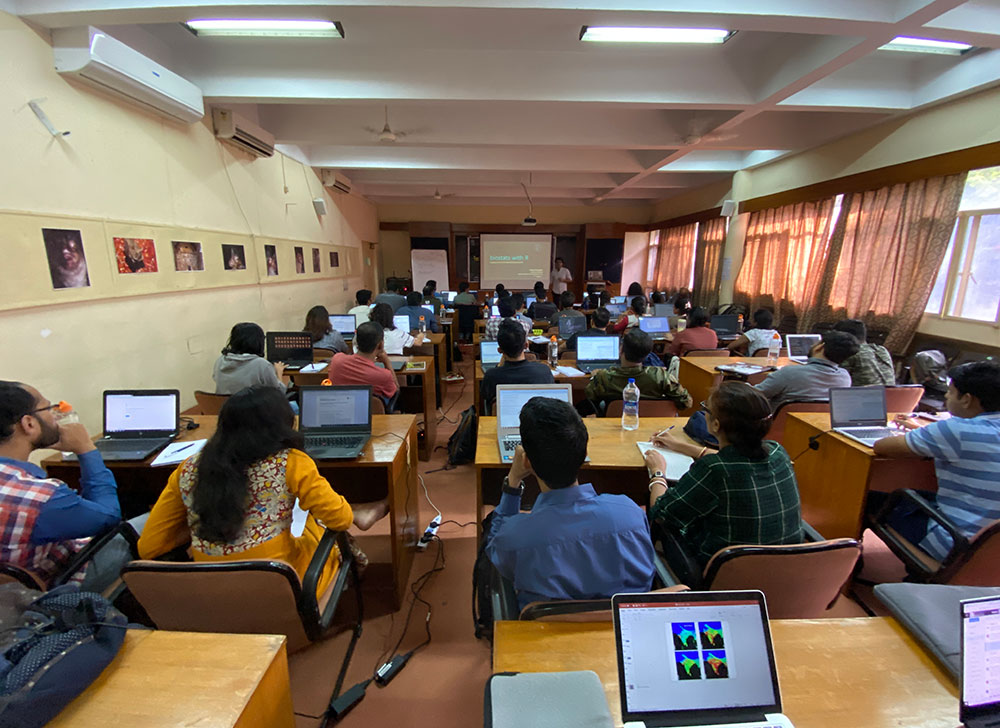
Great food (aubergine and crunchy okra curries with dahl and rotis), and setting off for fieldwork with the harp traps.

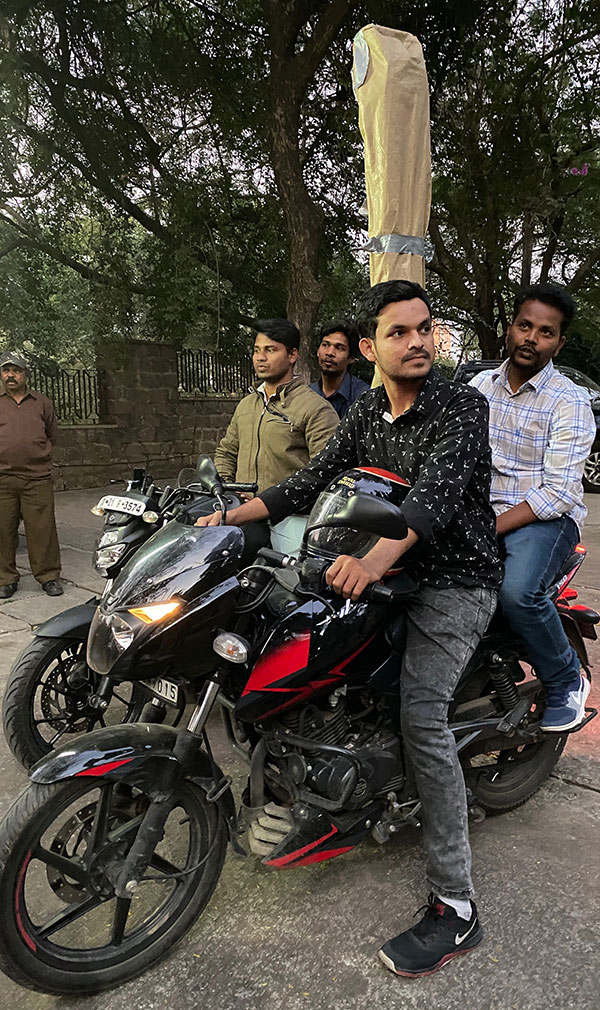
Cynopterus sphinx, caught during fieldwork during the course.
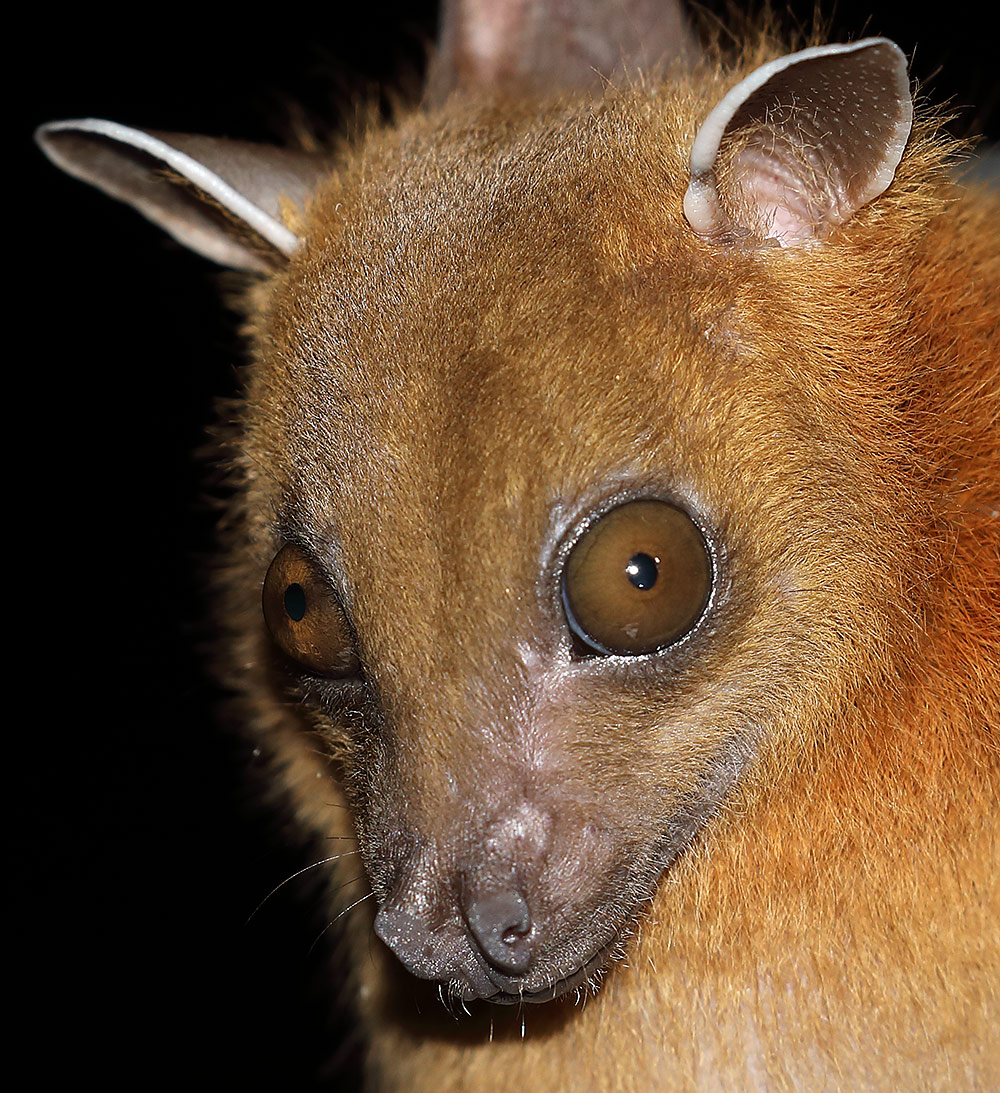
We also caught Lyroderma lyra (below), Hipposideros speoris and Pipistrellus tenuis.
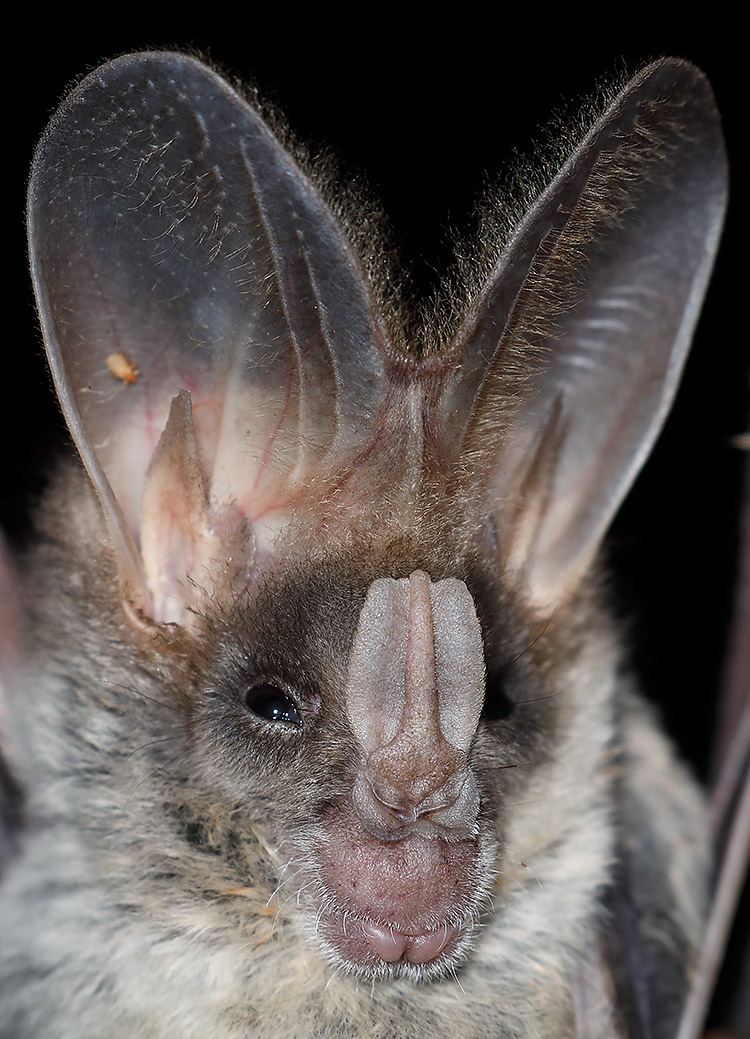
We caught bats at Golconda Fort in Hyderabad.
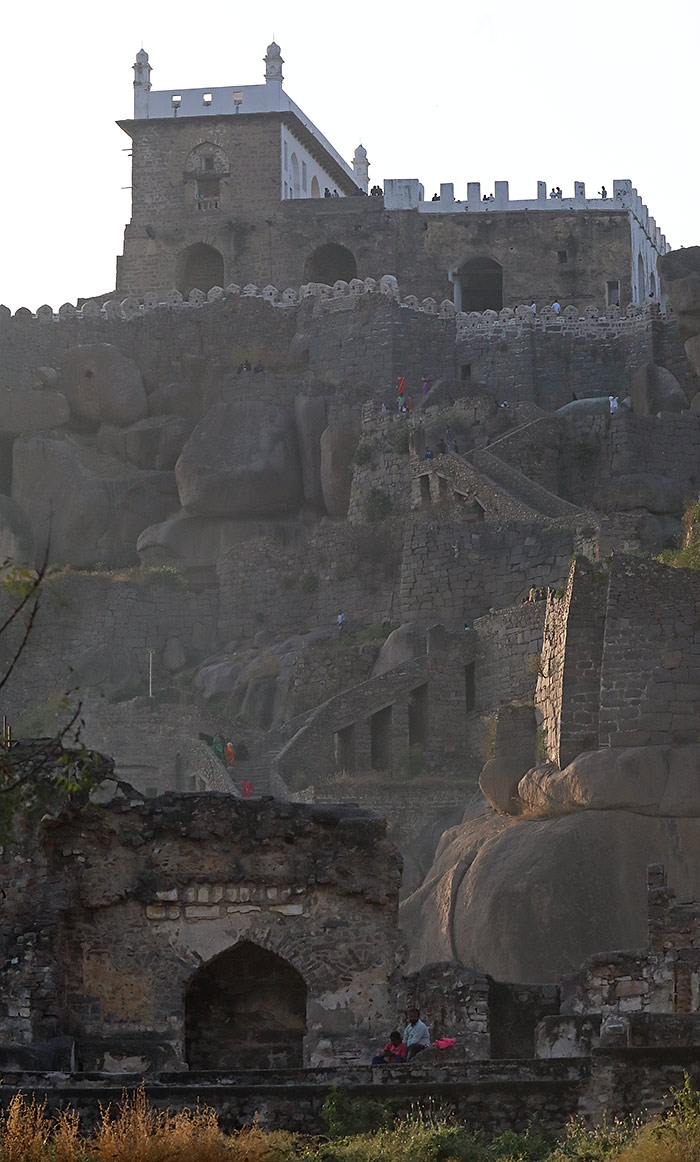
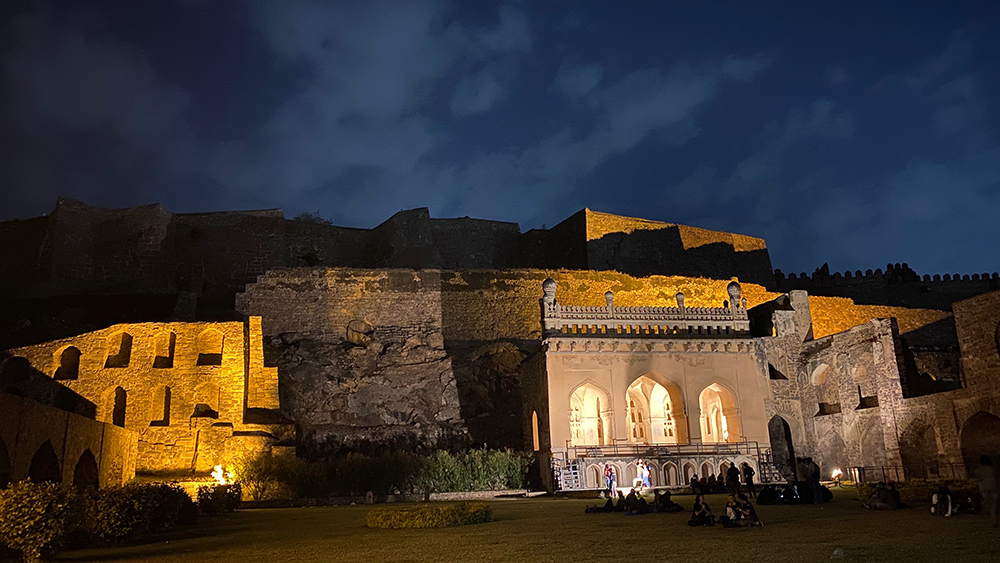
Rousettus leschenaultii roosted here.
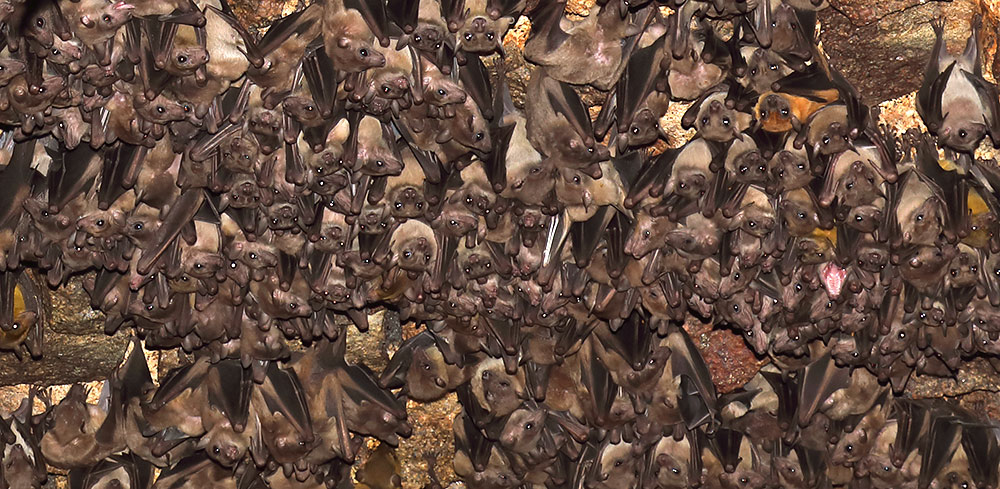
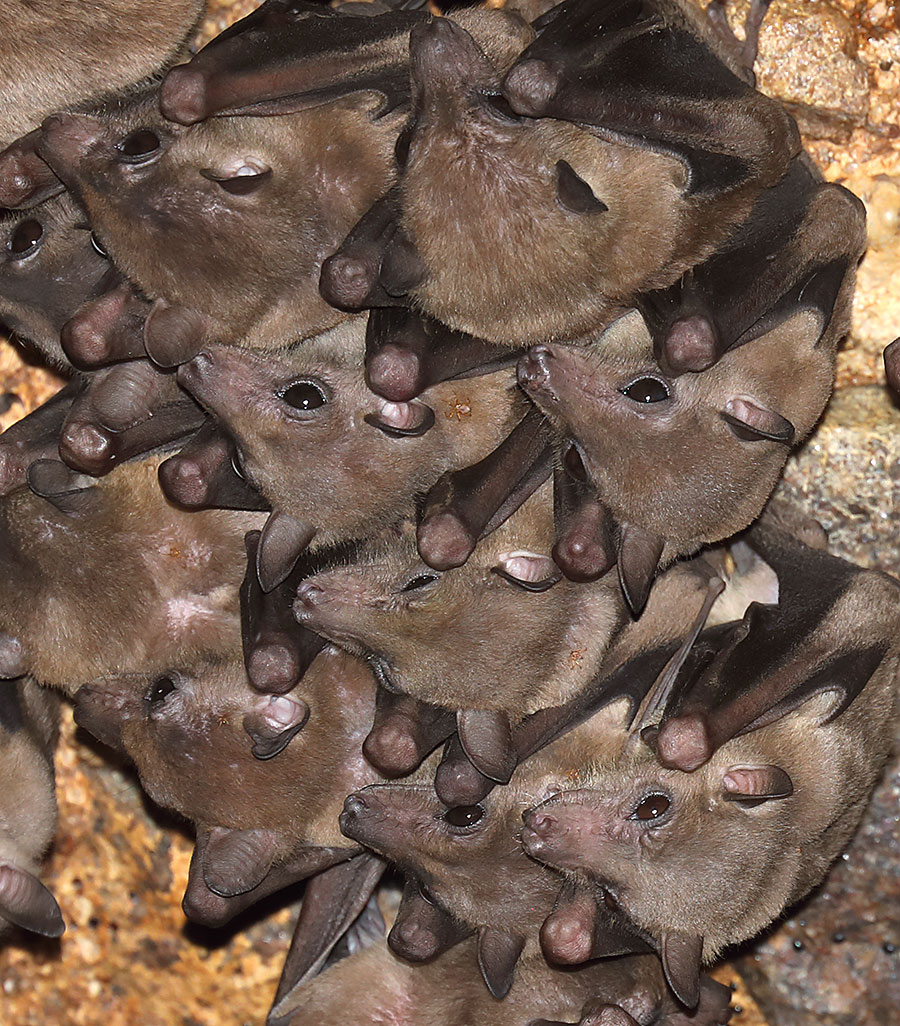
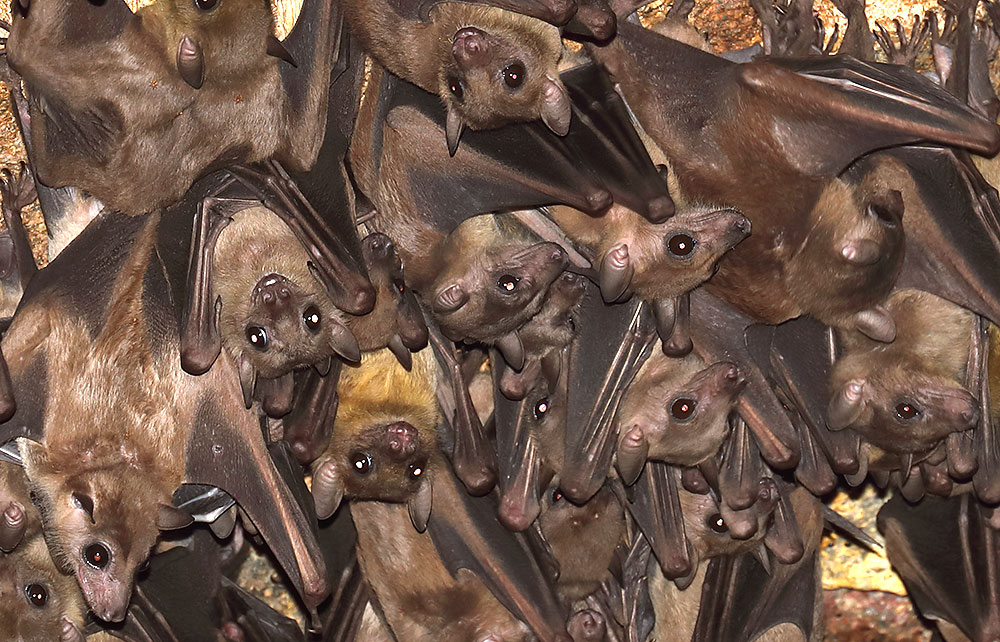
The roost of Hipposideros lankadiva has returned since the bats were smoked out several years ago. They did not exit during the light show at the fort however.

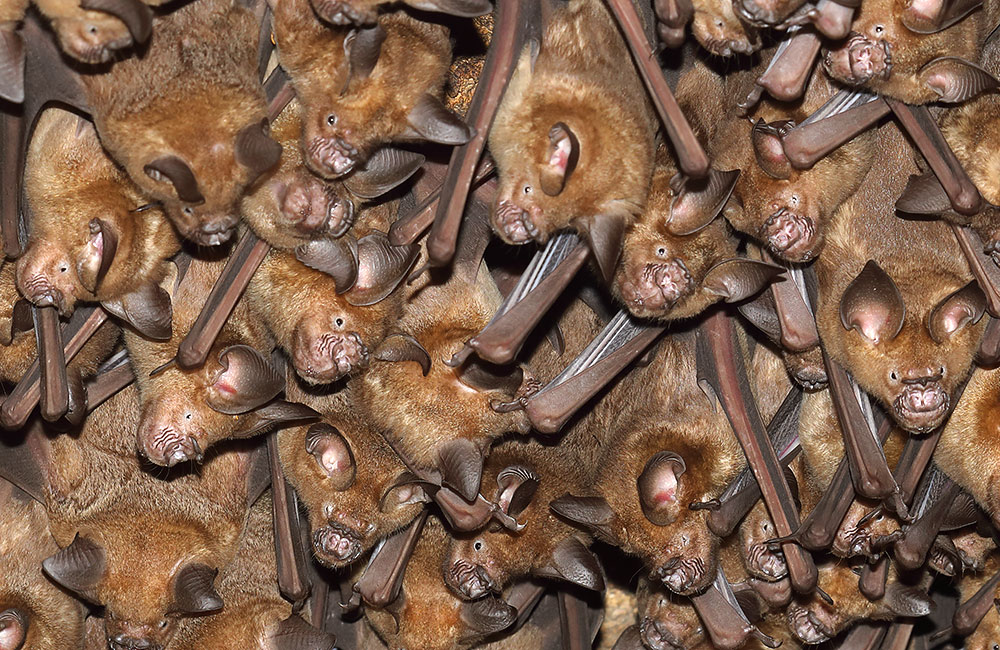

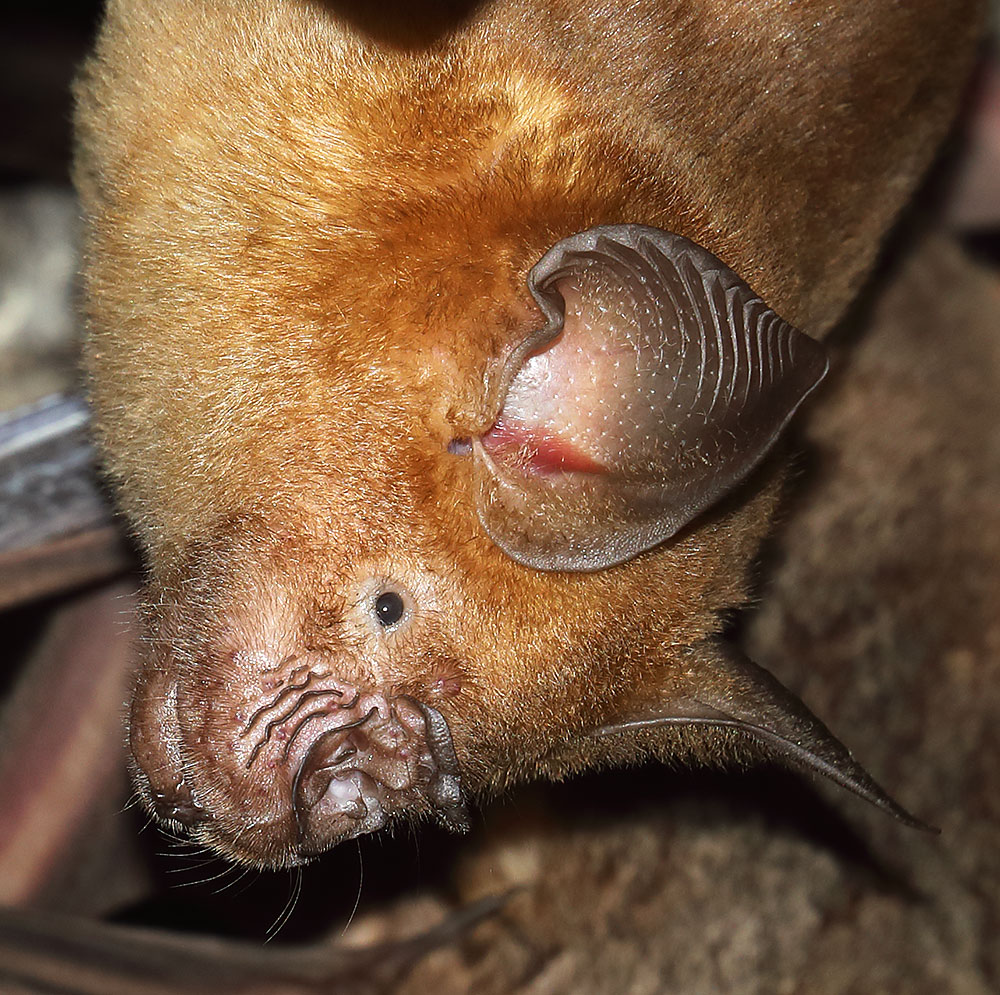
There was also a roost of Taphozous nudiventris with scattered Lyroderma lyra in the Fort.
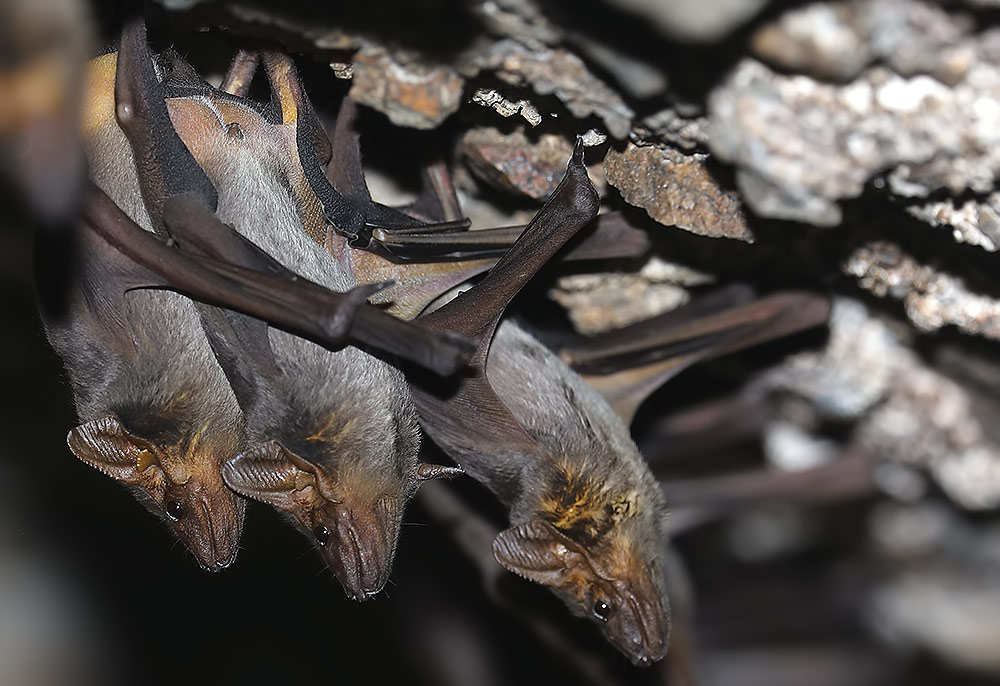
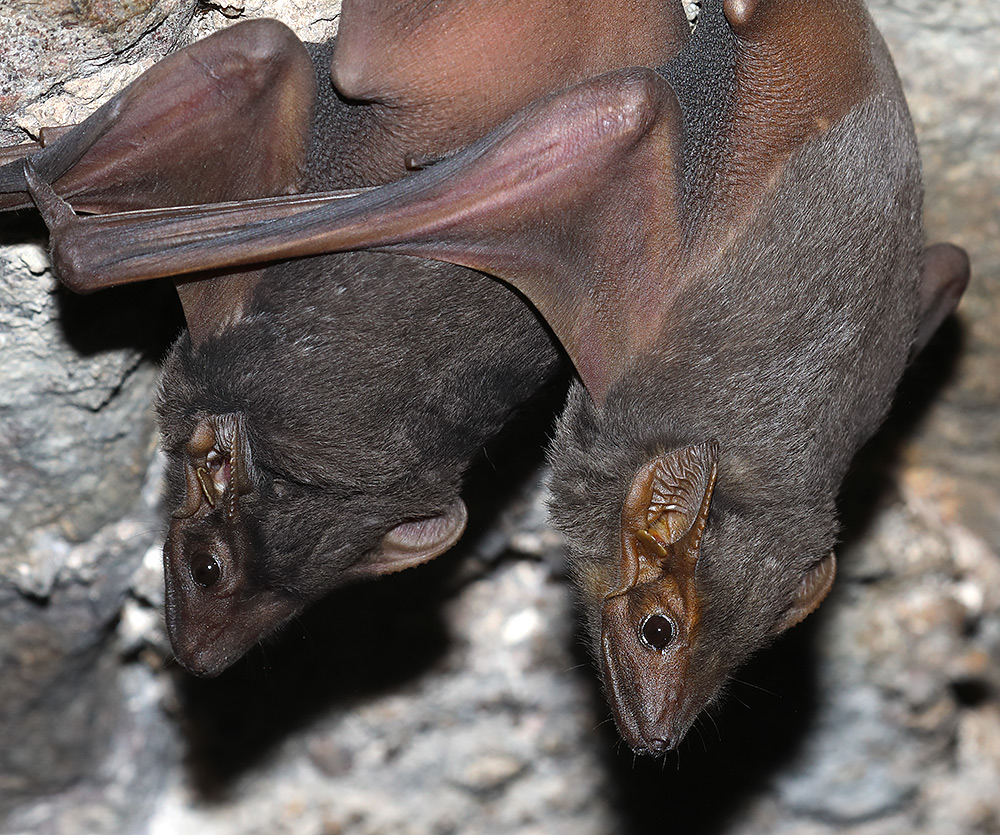
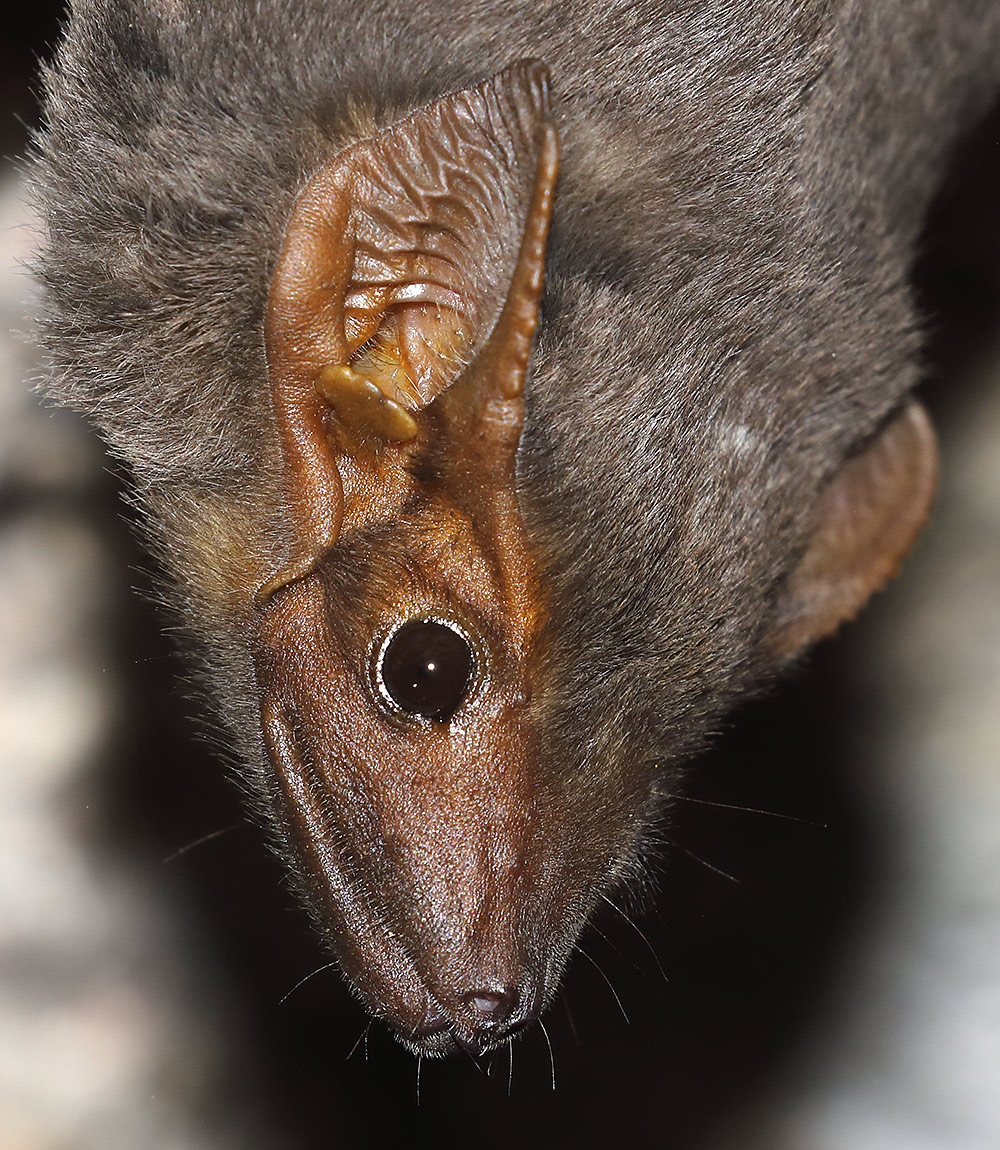
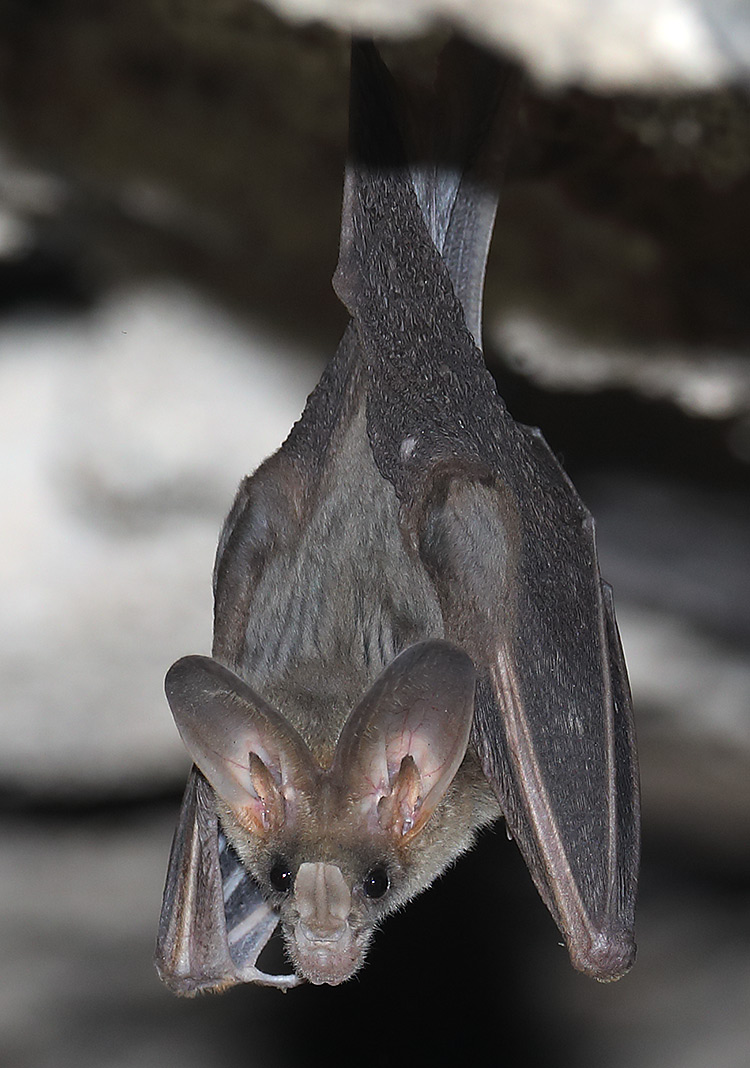
Rhinopoma hardwickii roosted singly in crevices.
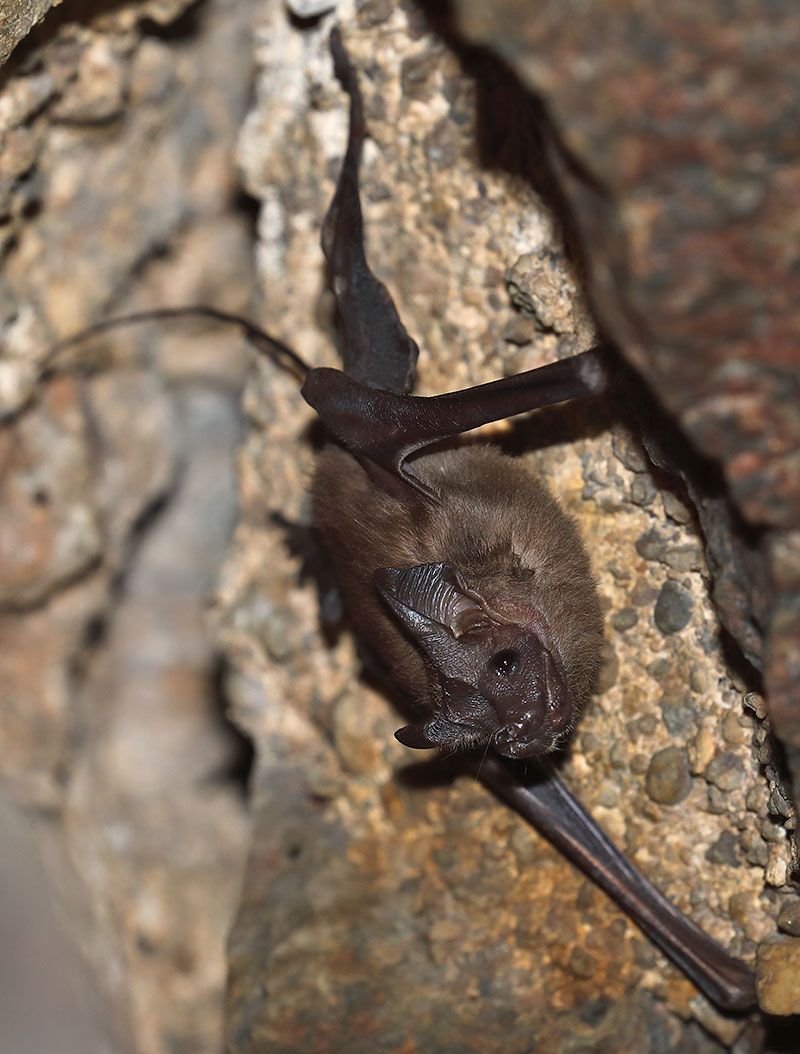
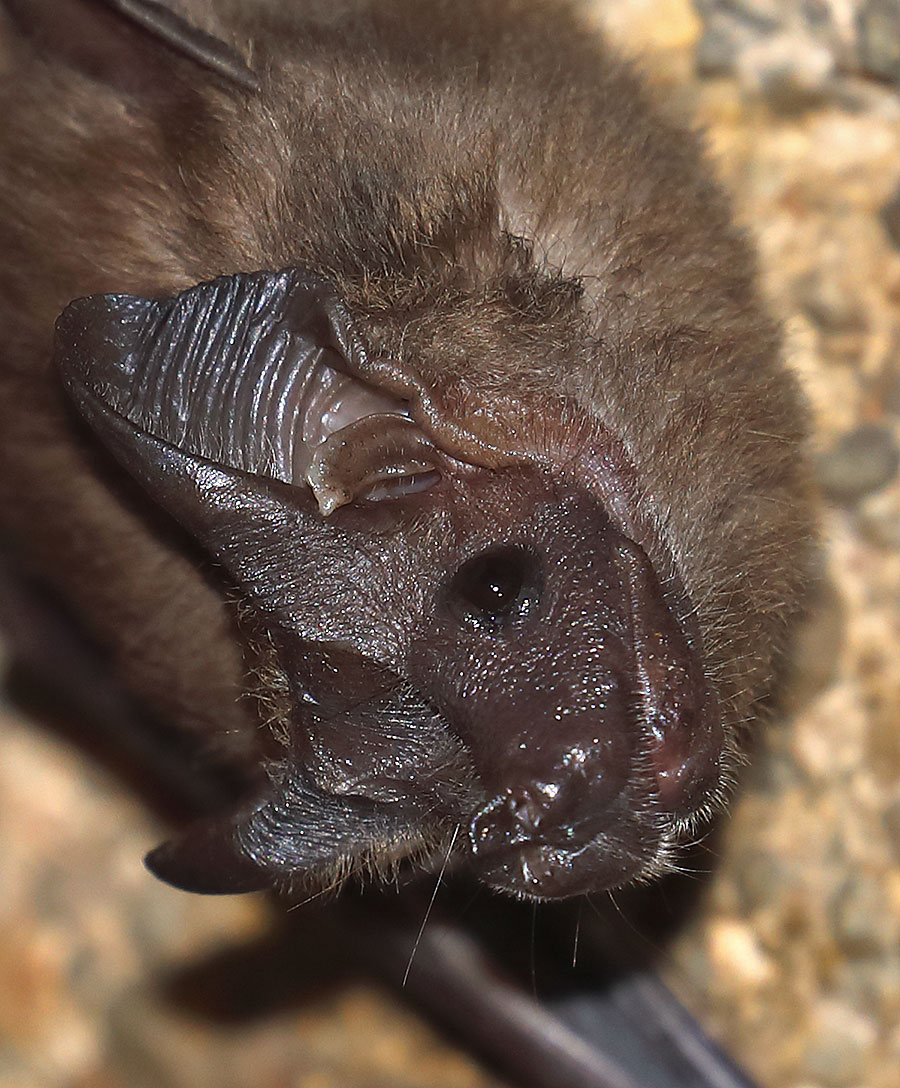
Three-striped palm squirrel at Golconda.
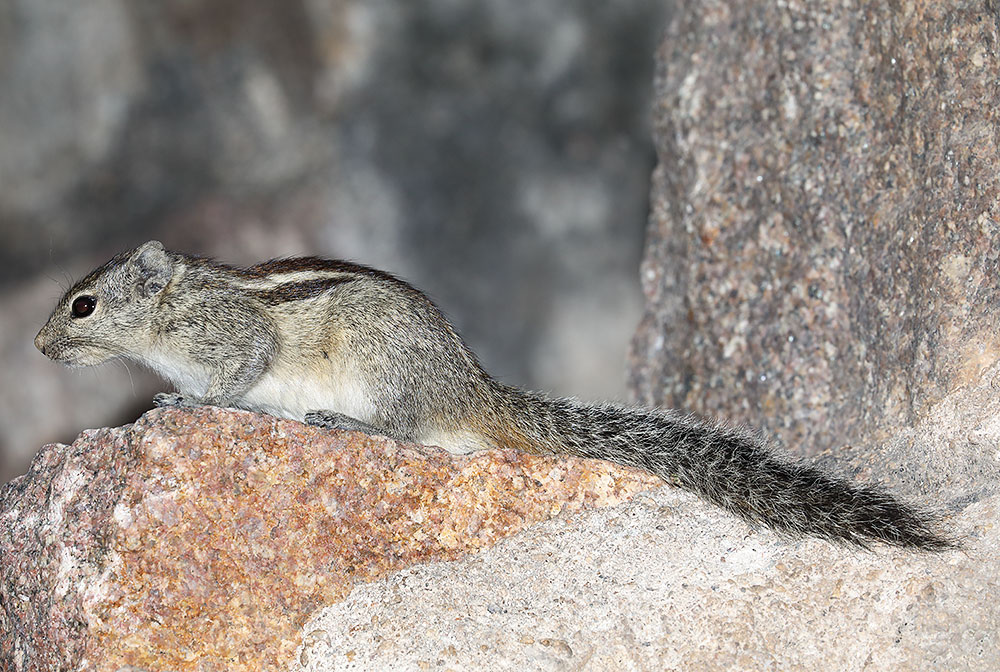
House swifts nested in the fort.
. 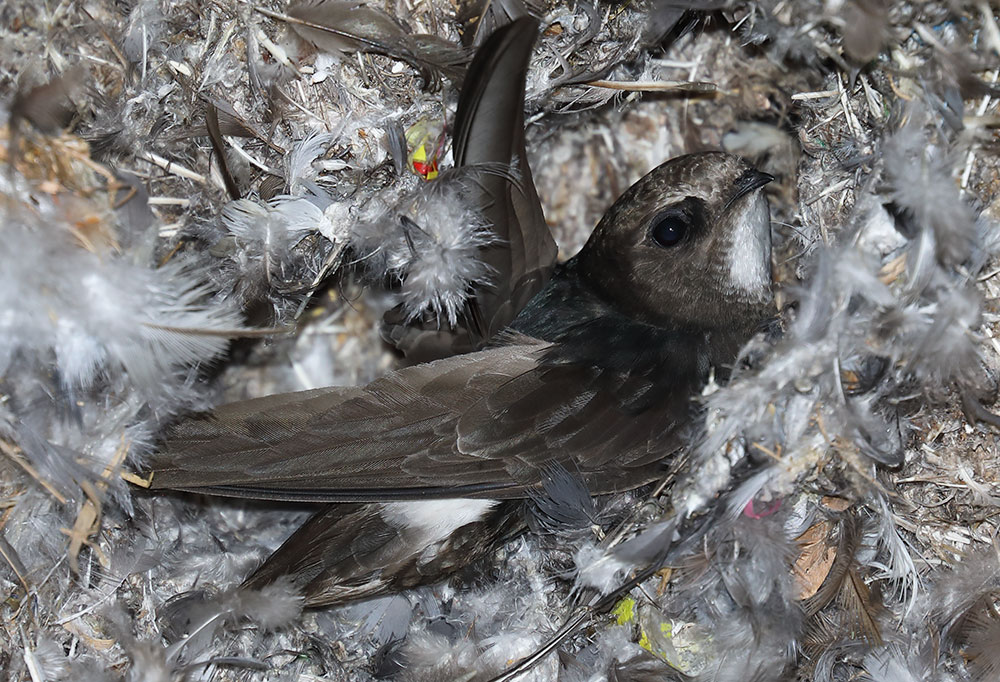
Spotted owlet
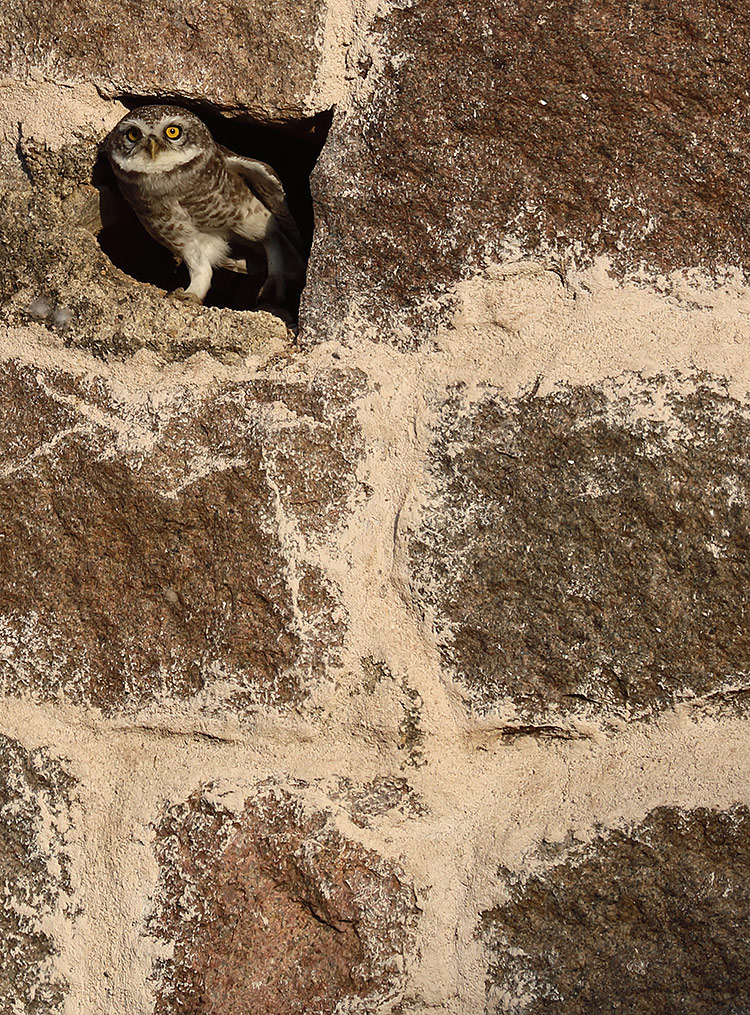
Ring-necked parakeet
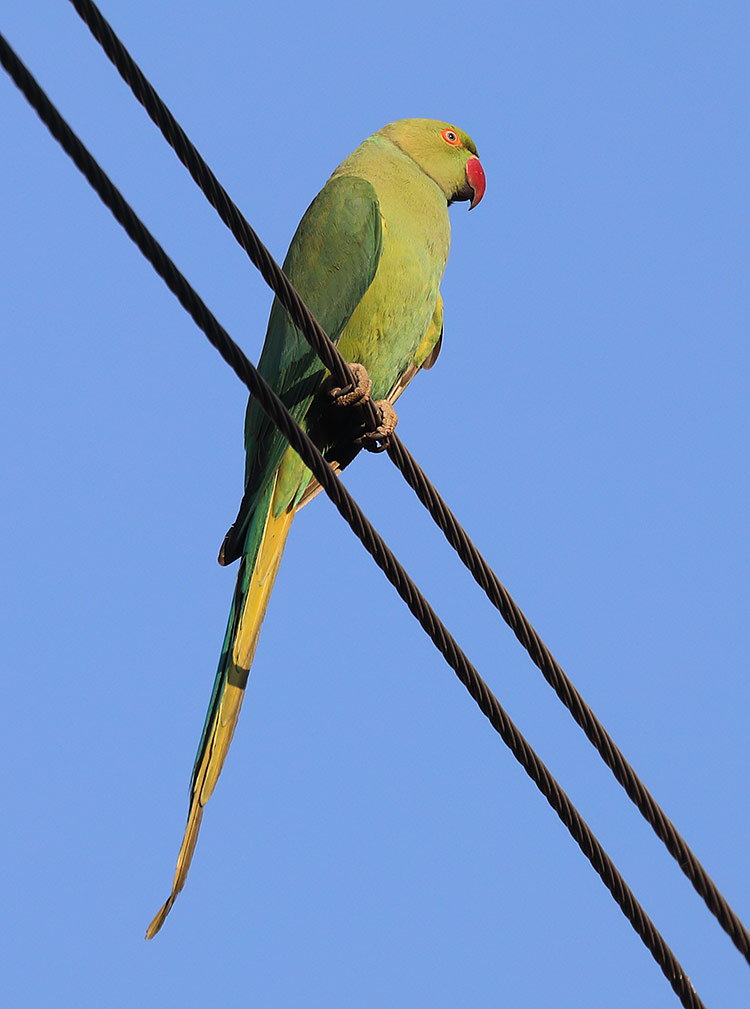
Birds around the campus included green bee-eater
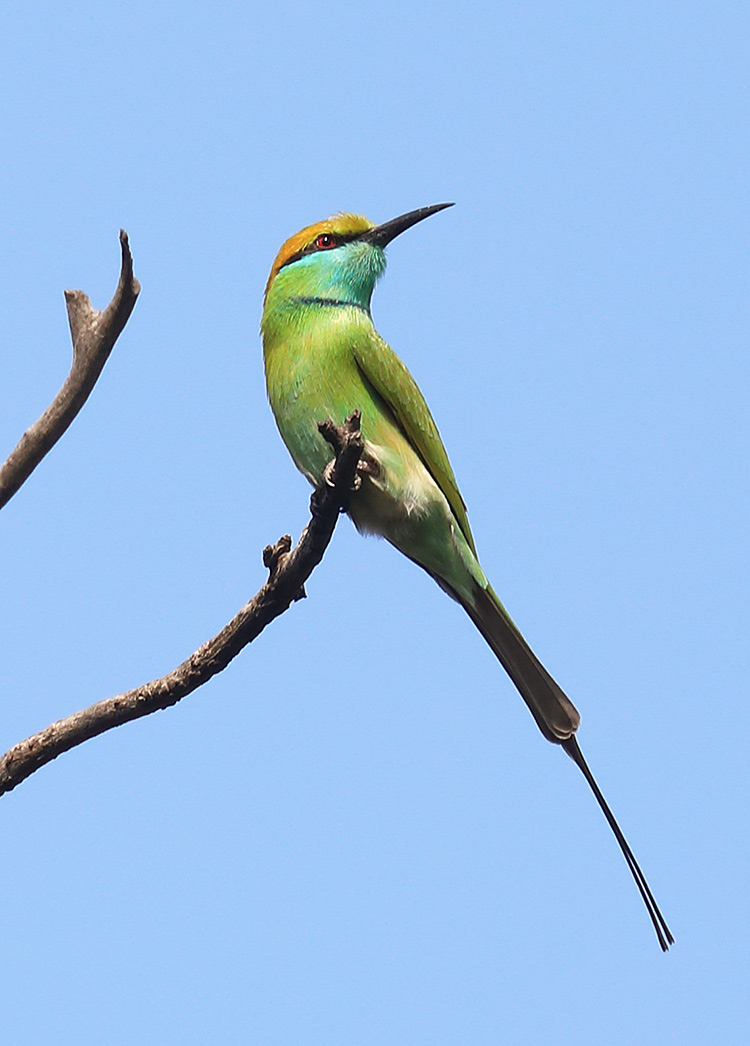
black-rumped flameback
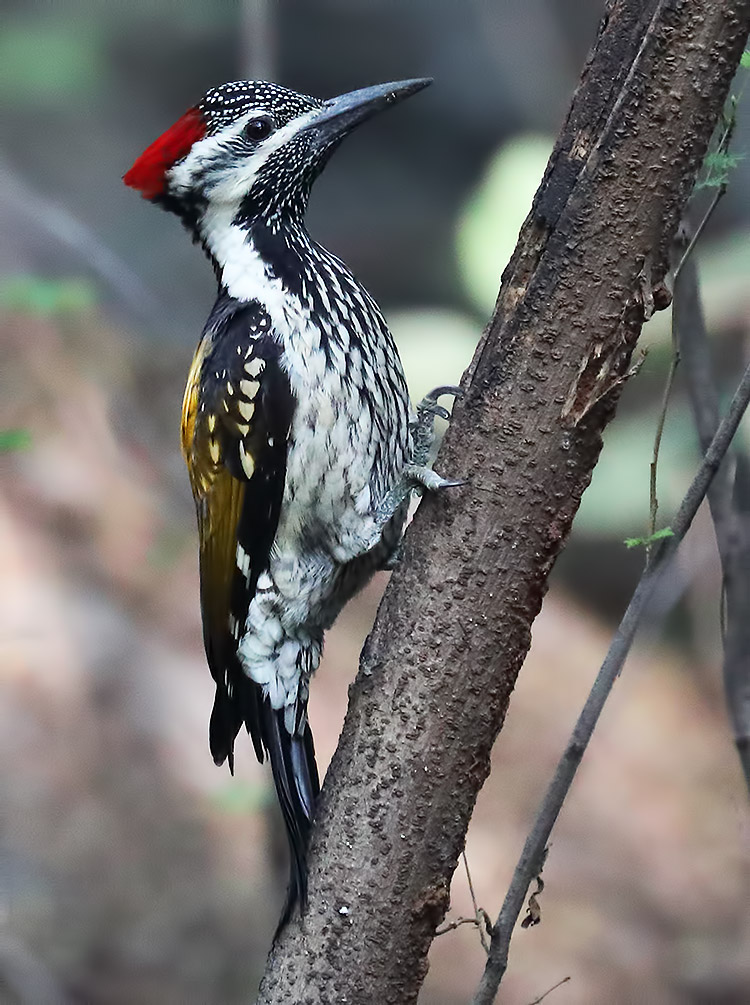
black drongo
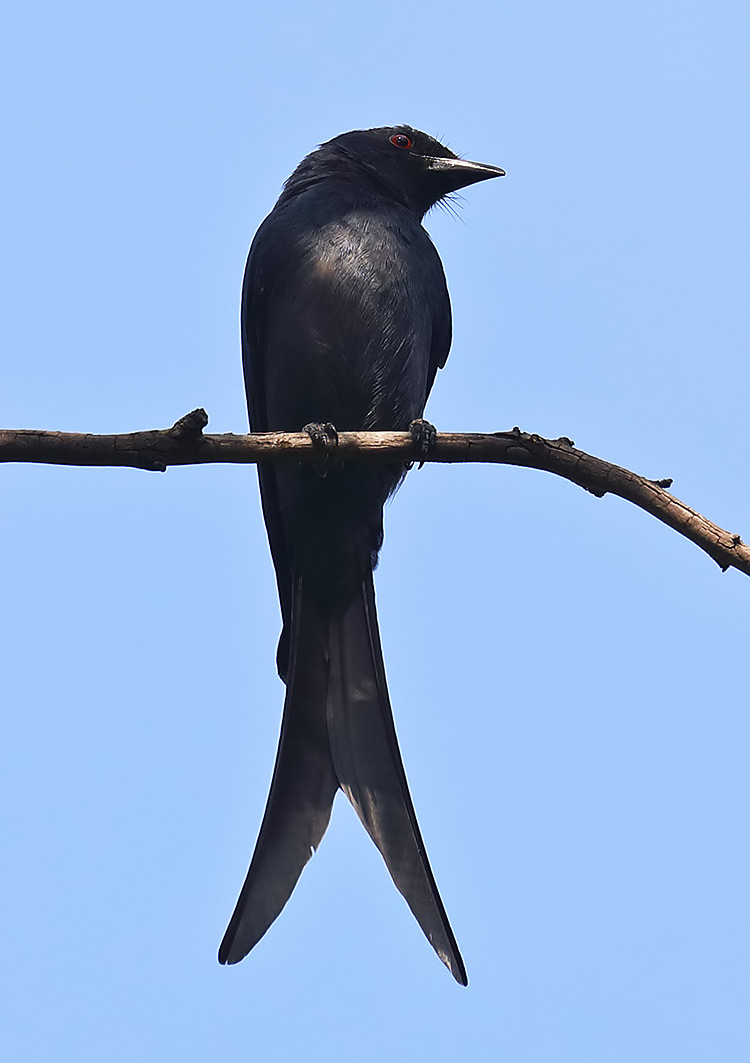
jungle babbler
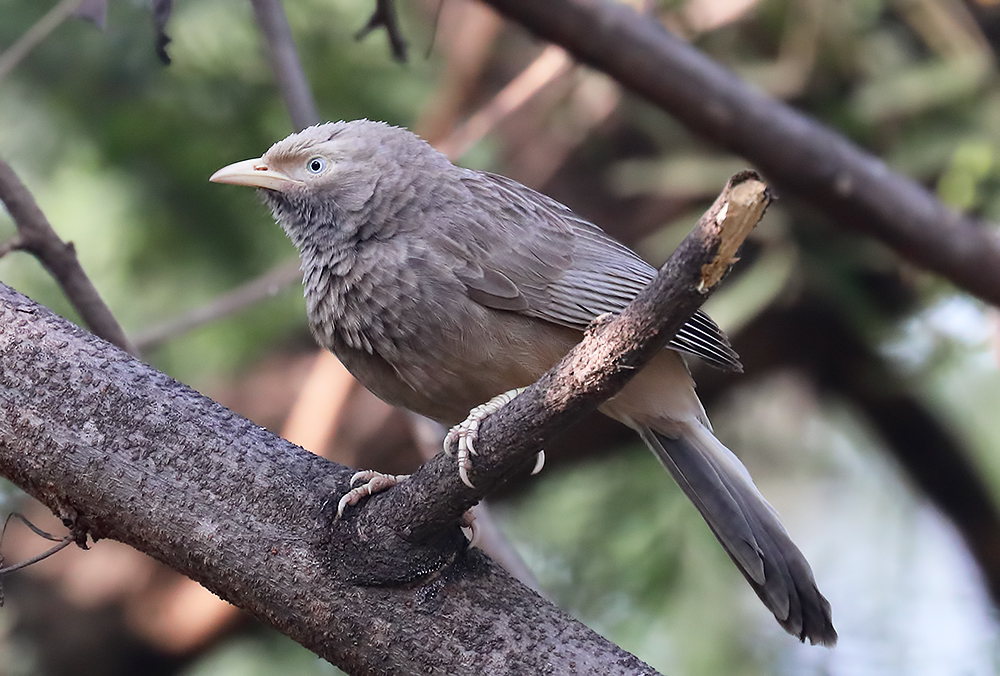
Indian peafowl
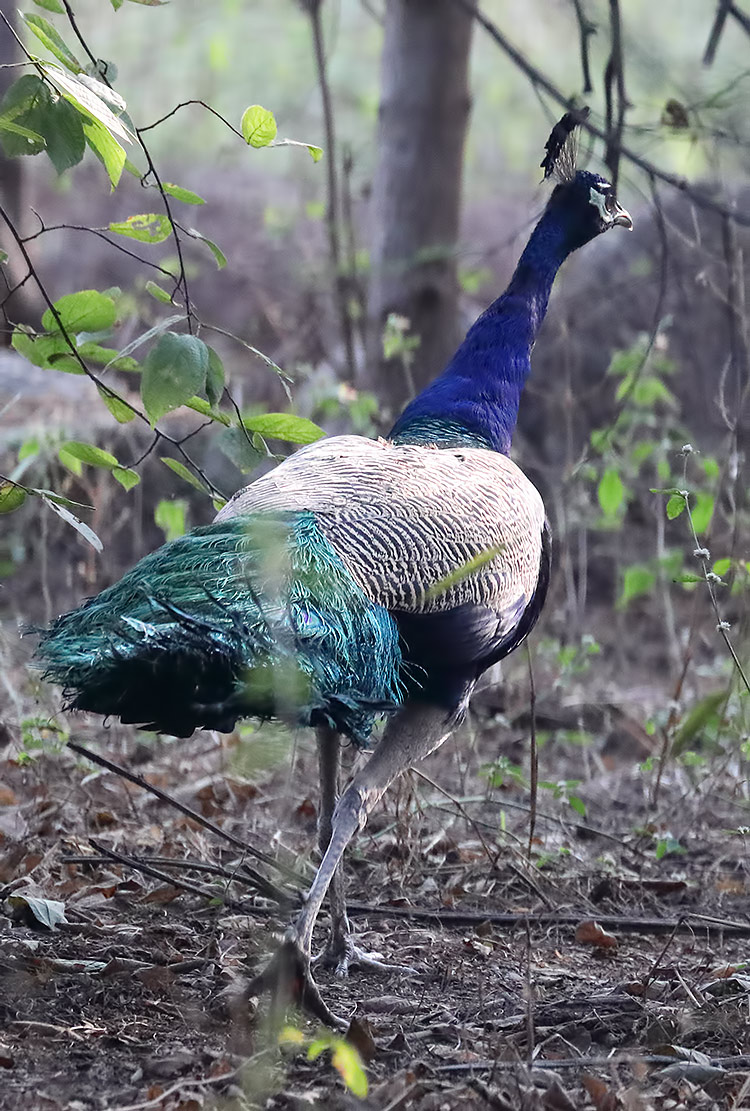
spotted dove
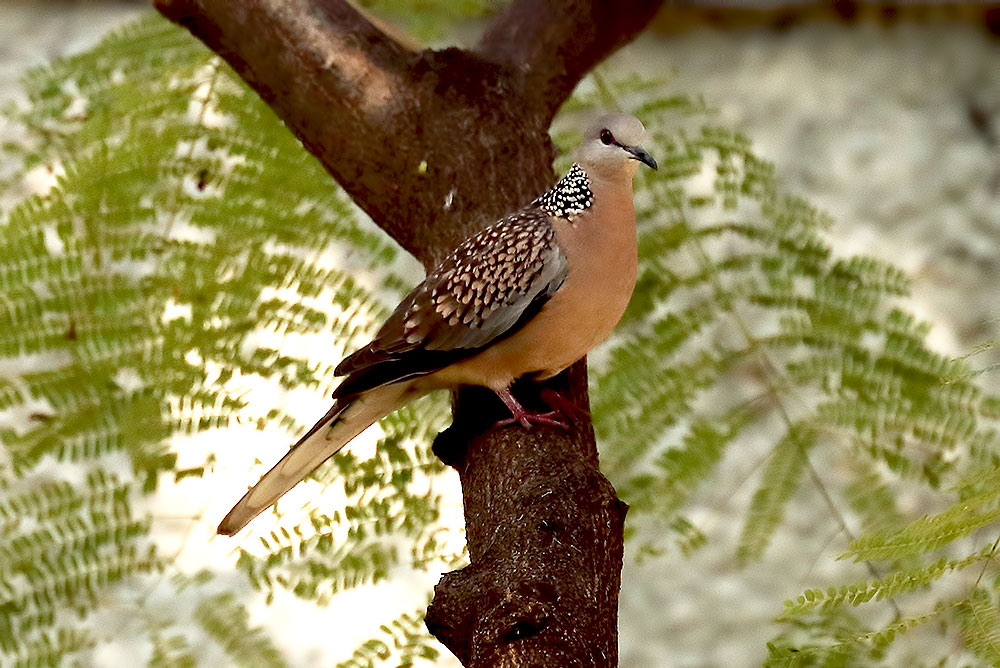
golden oriole
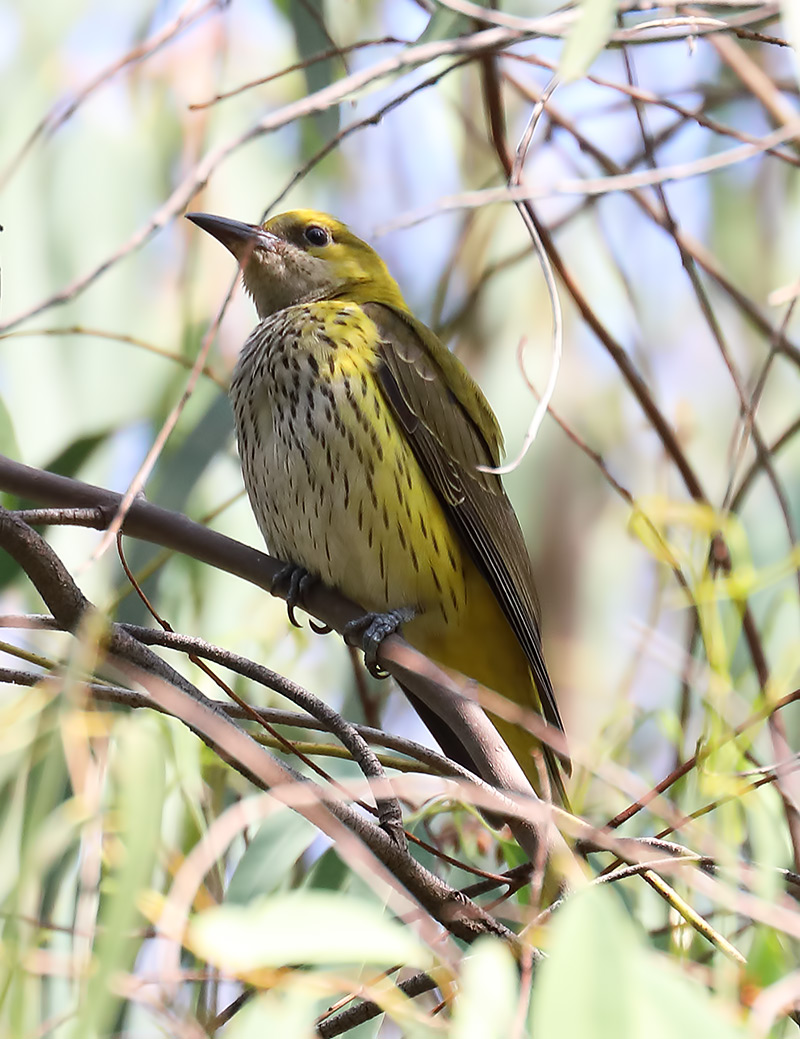
and black kite.
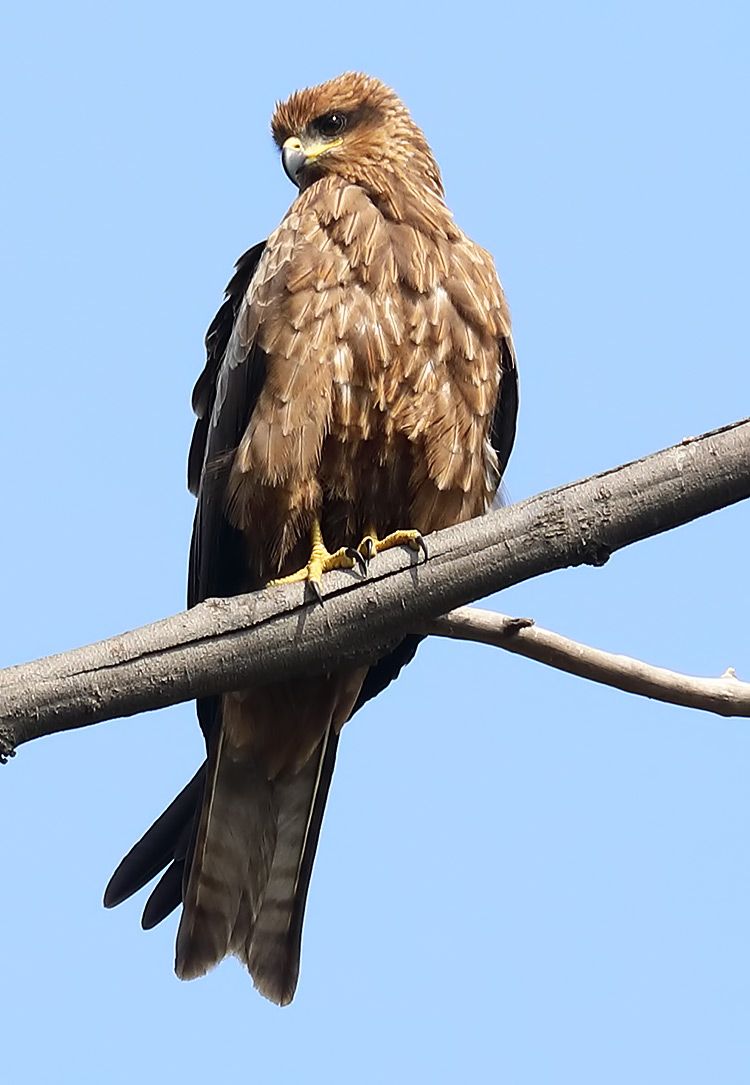
Several raptors flew overhead, including Oriental honey buzzard, marsh harrier and this dark-phase booted eagle.
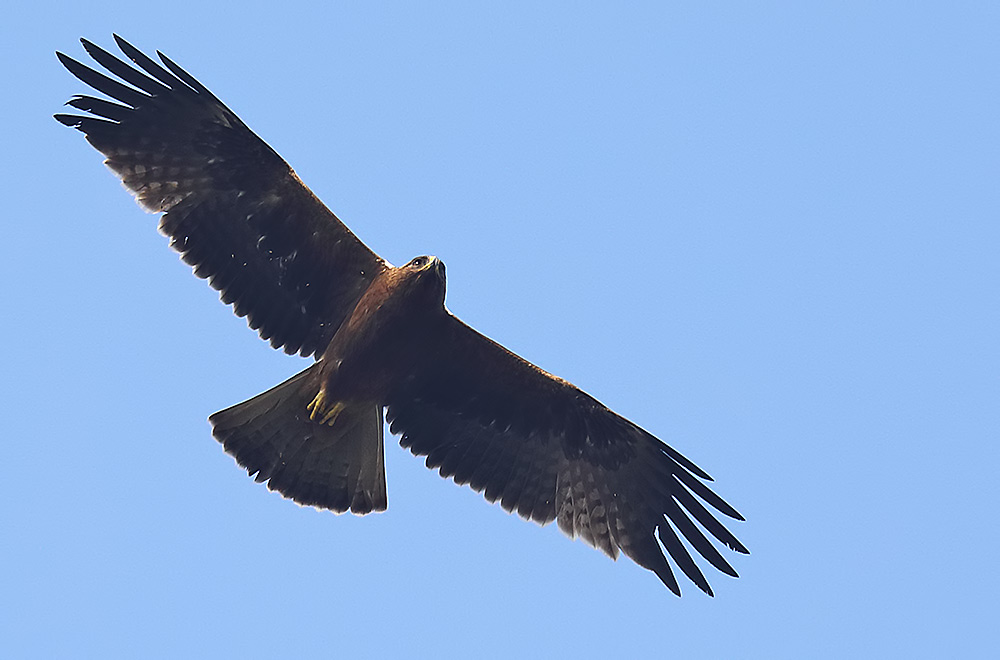
A spotted owlet perched on the telegraph wires as we returned from fieldwork.
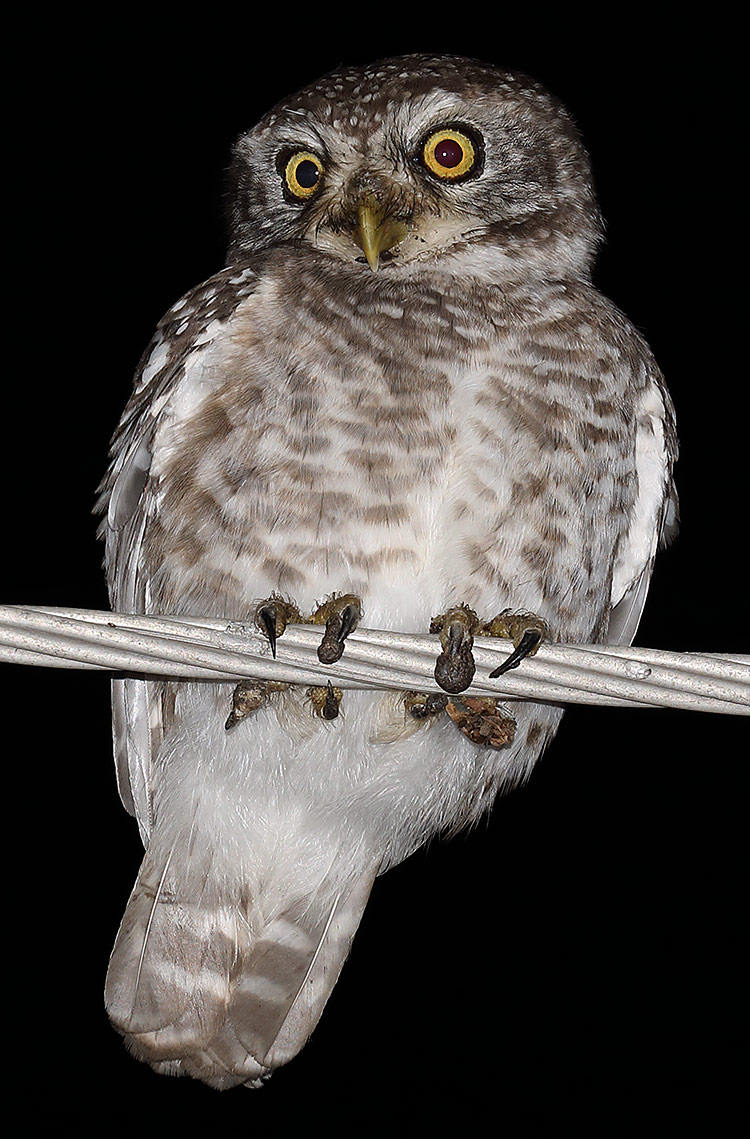
Butterflies included common jezebel, common crow, and a butterfly whose eyespot may have saved its life by detracting a predator.
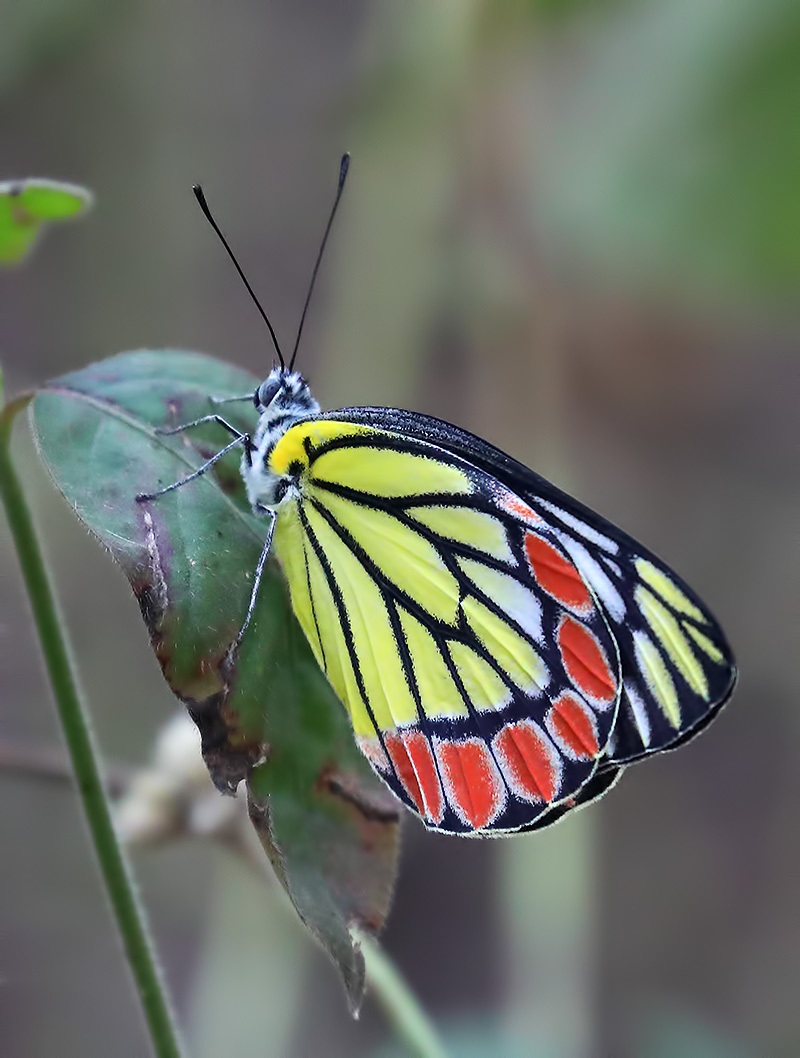
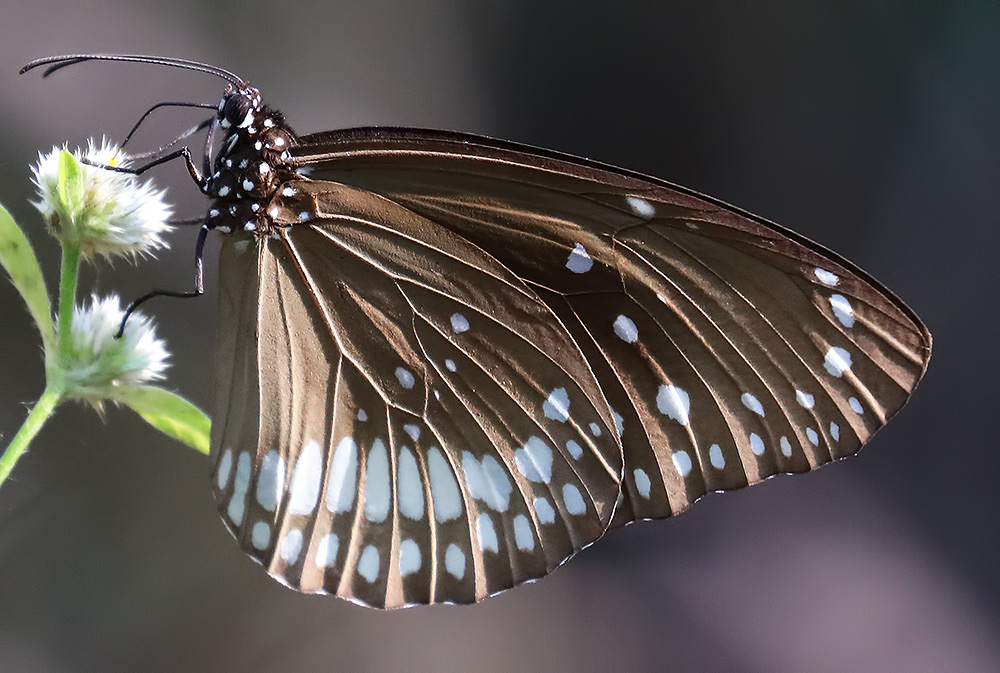
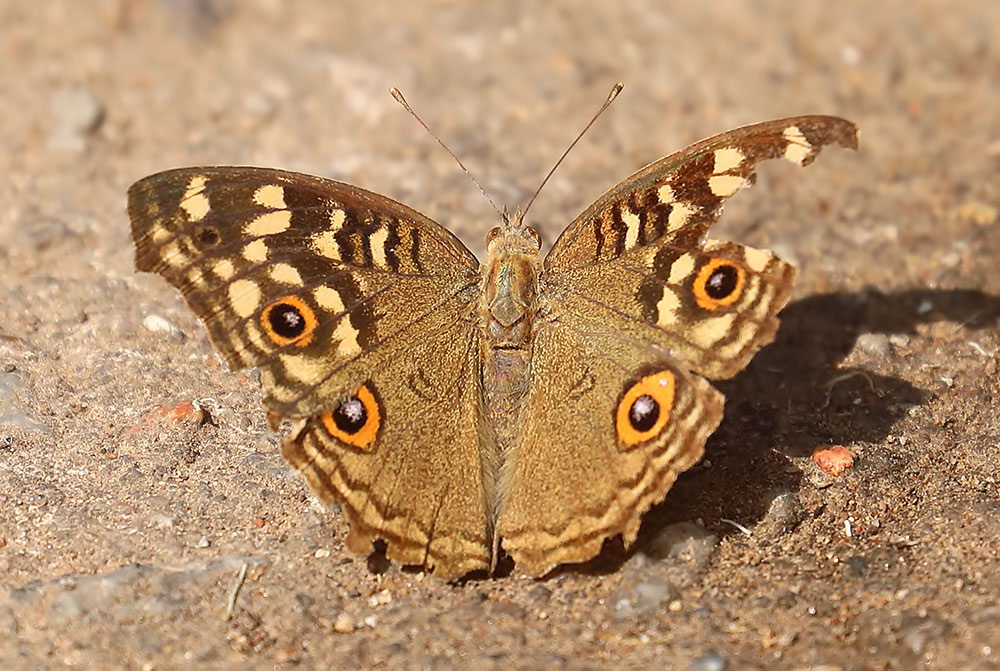
After the workshop we headed south to Karnataka, and travelled towards Hampi on 18th. Photos of dried chillies and the road trip team. A bandicoot rat ran past out hotel in Hosapete.
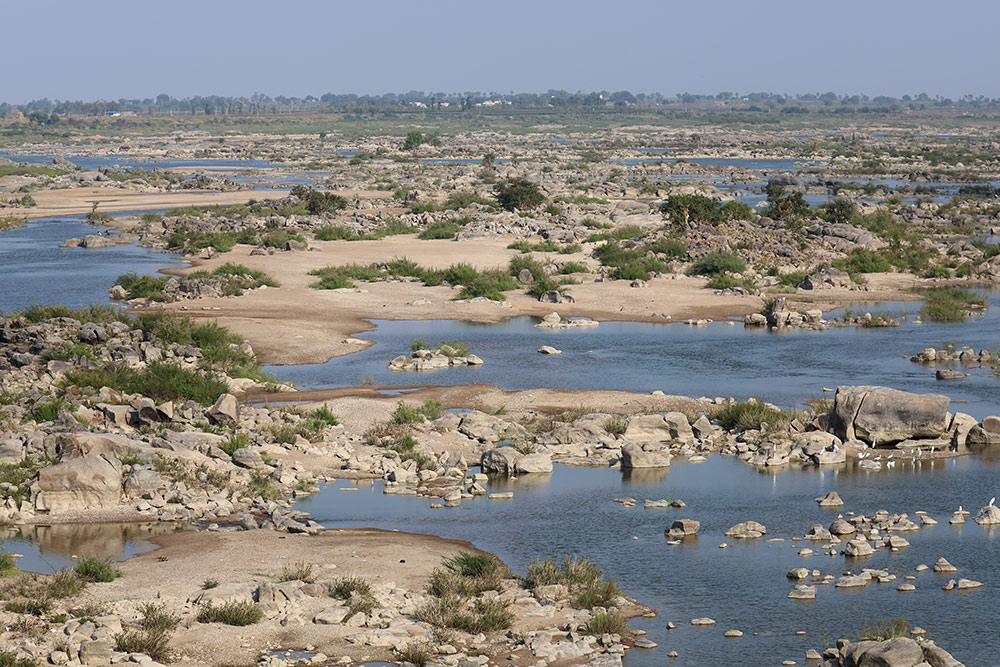
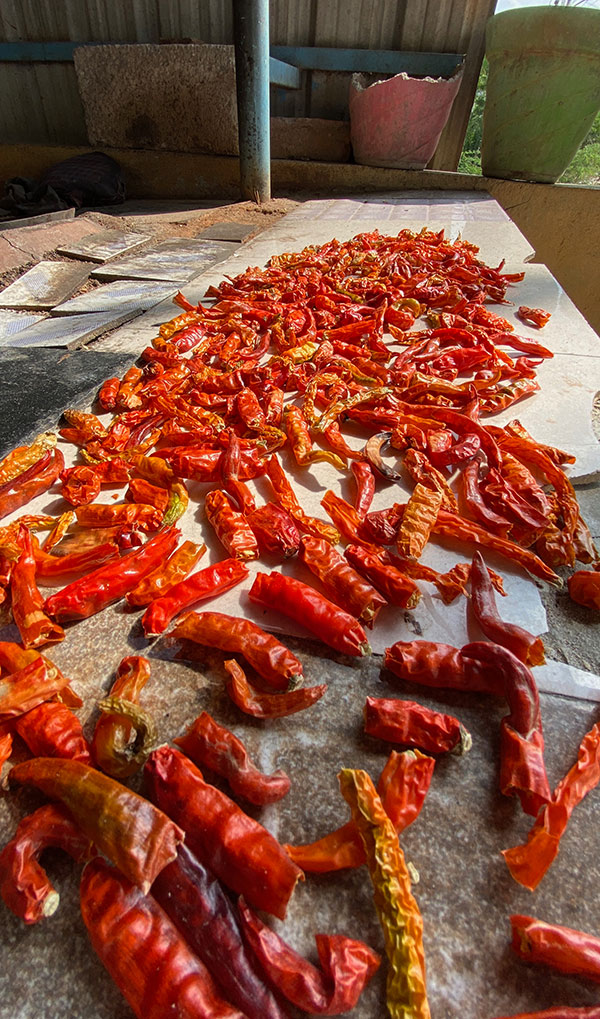
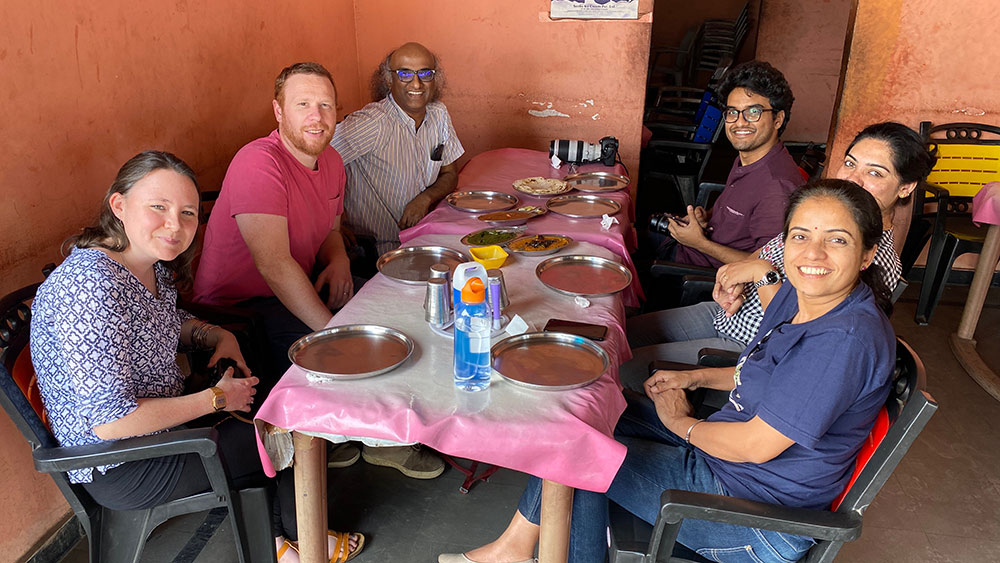
Some of the darker side of India - pollution from a power factory, cows in a pile of plastic and rubbish with a dead dog.
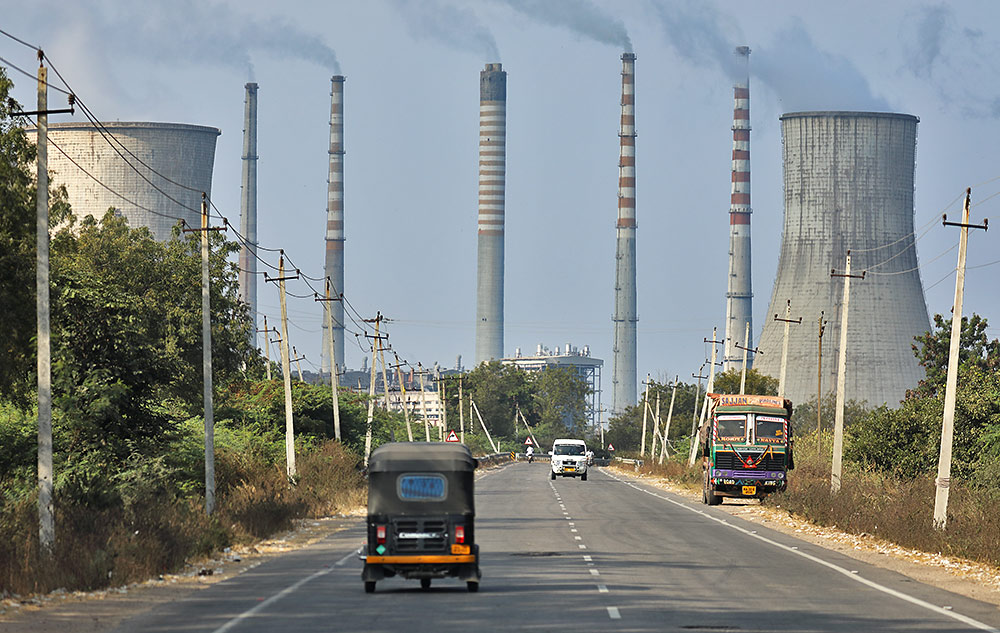
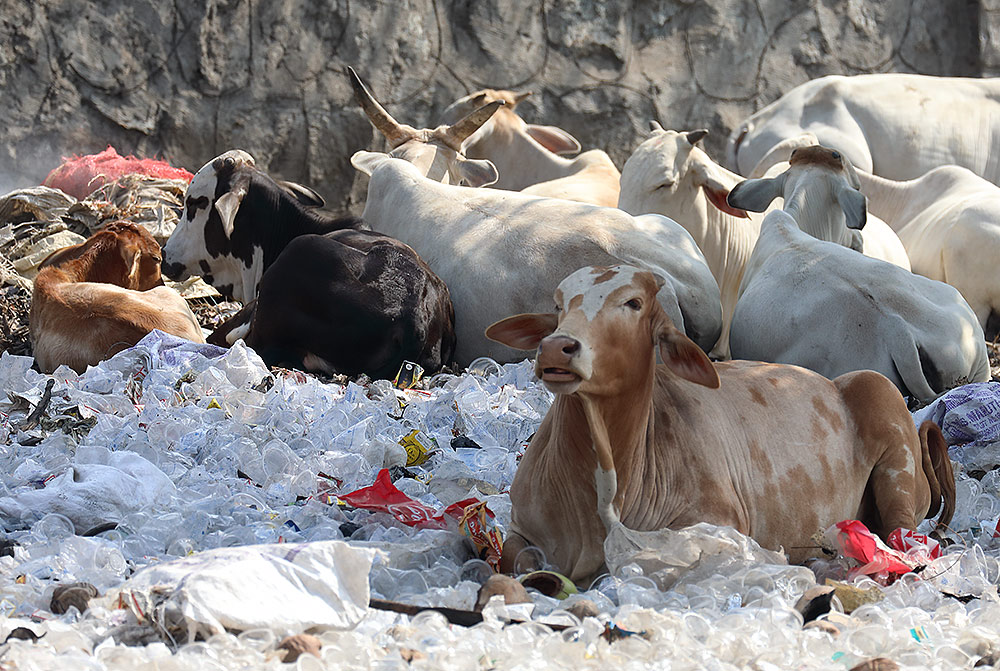
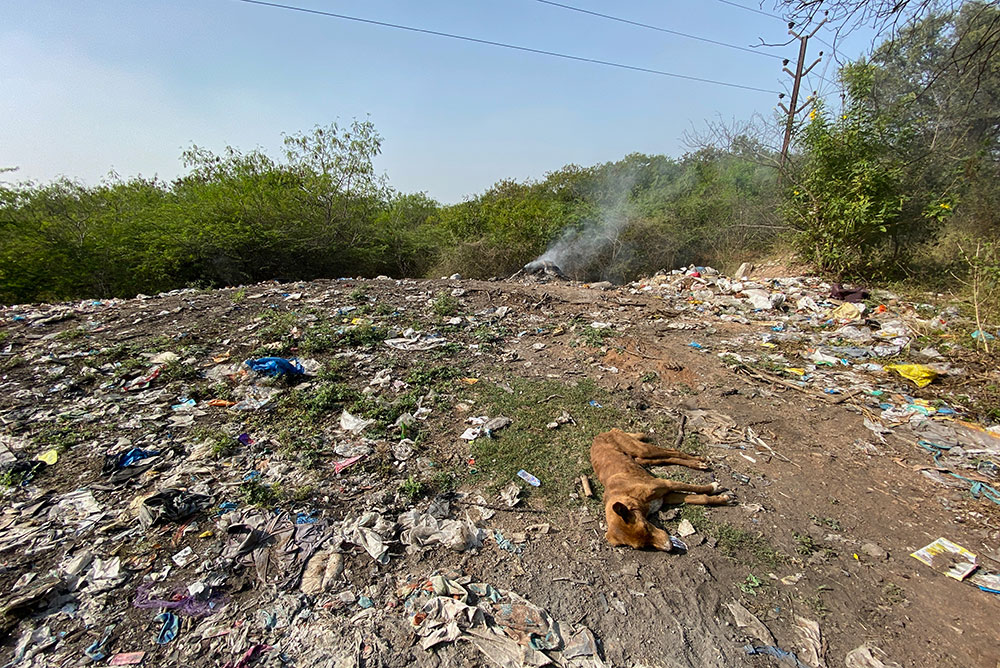
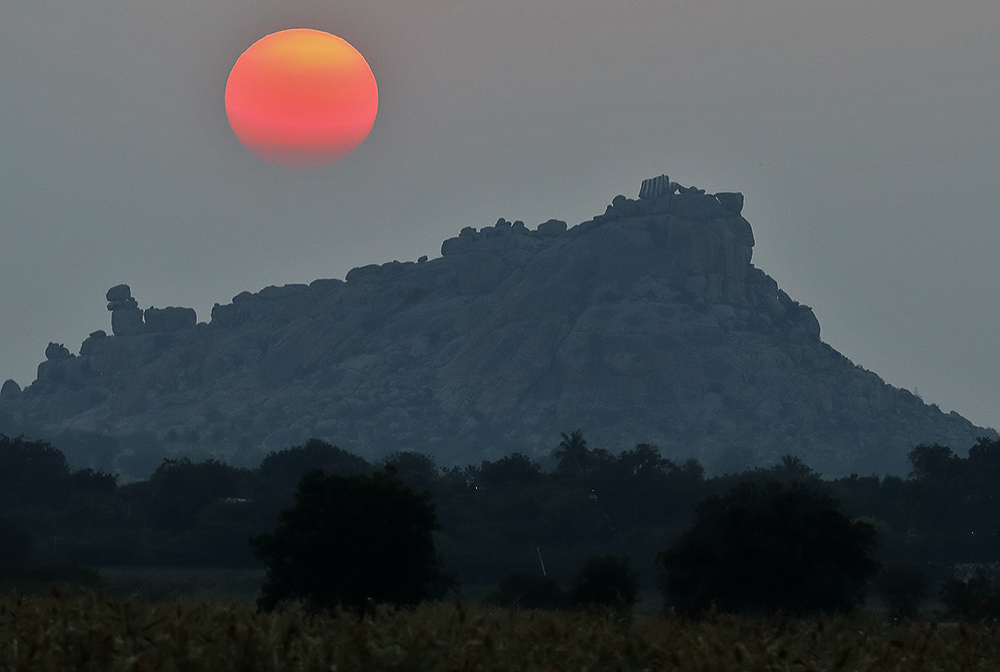
At Hampi on 19th we first visited Anantashayana temple, and saw Hipposideros speoris, Pipistrellus ceylonicus and P. tenuis, the latter two roosting in cracks.
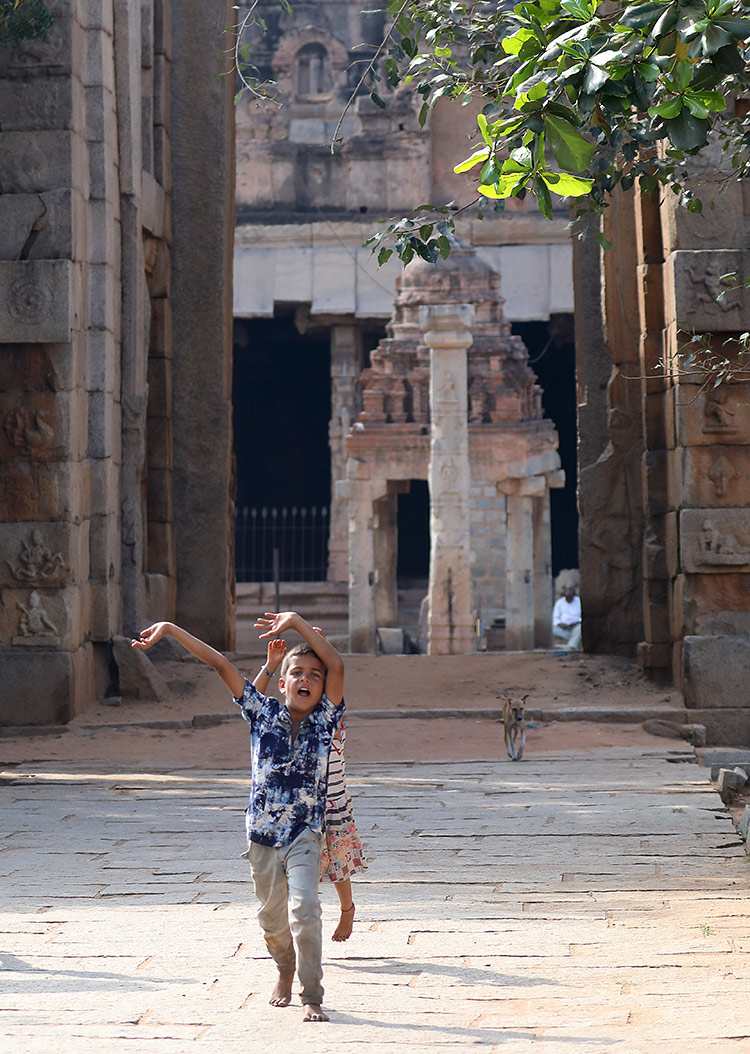
The temple is remarkable and has some interesting and sensual sculptures.
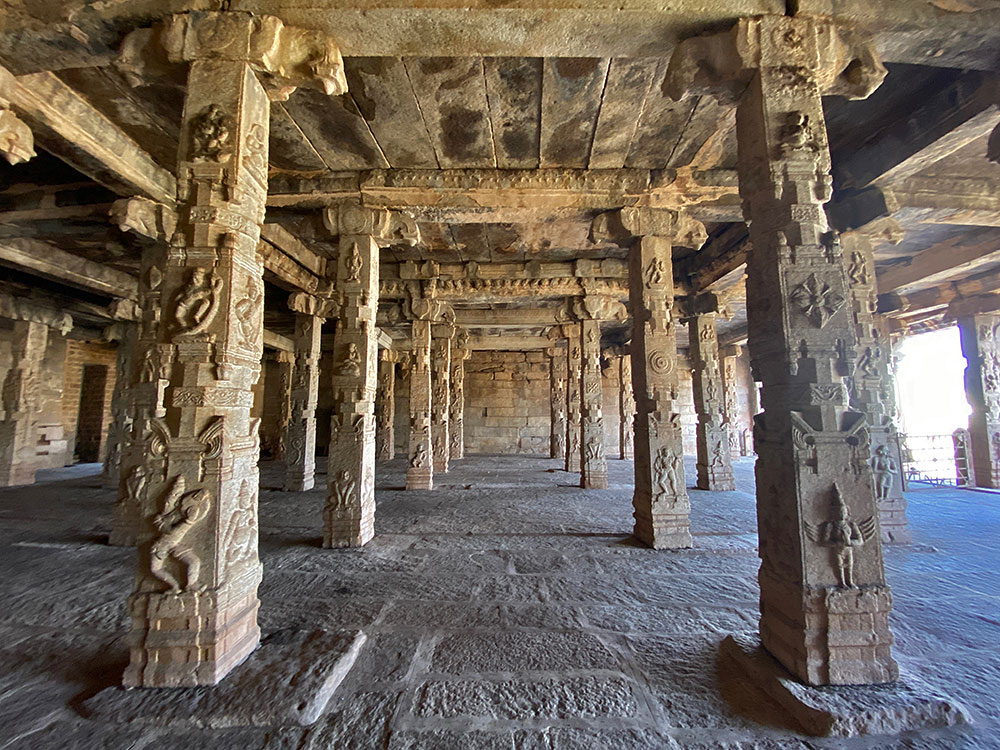
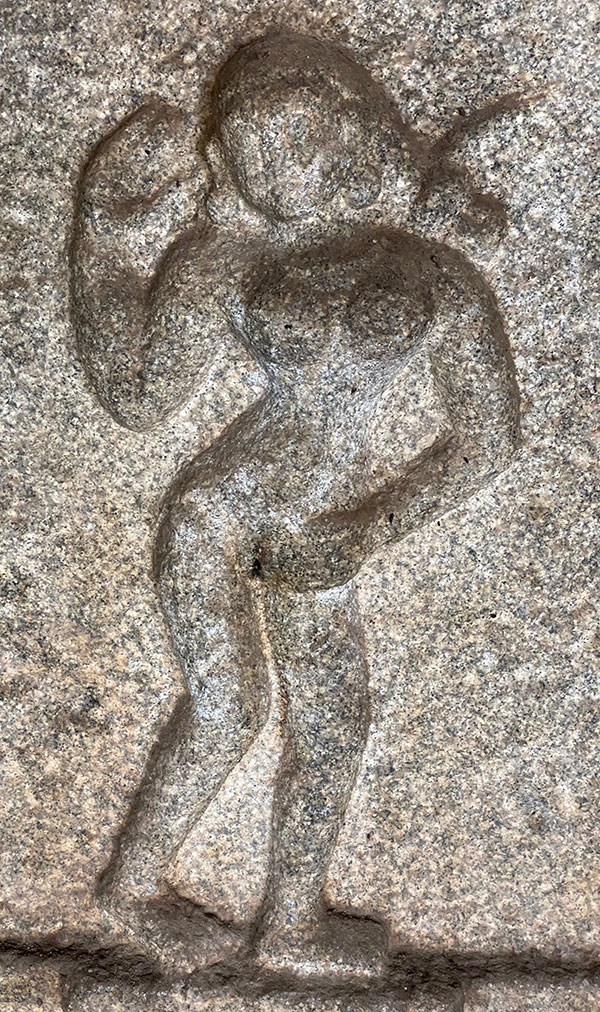
Hipposideros speoris roosted in the Underground Shiva Temple at Hampi.
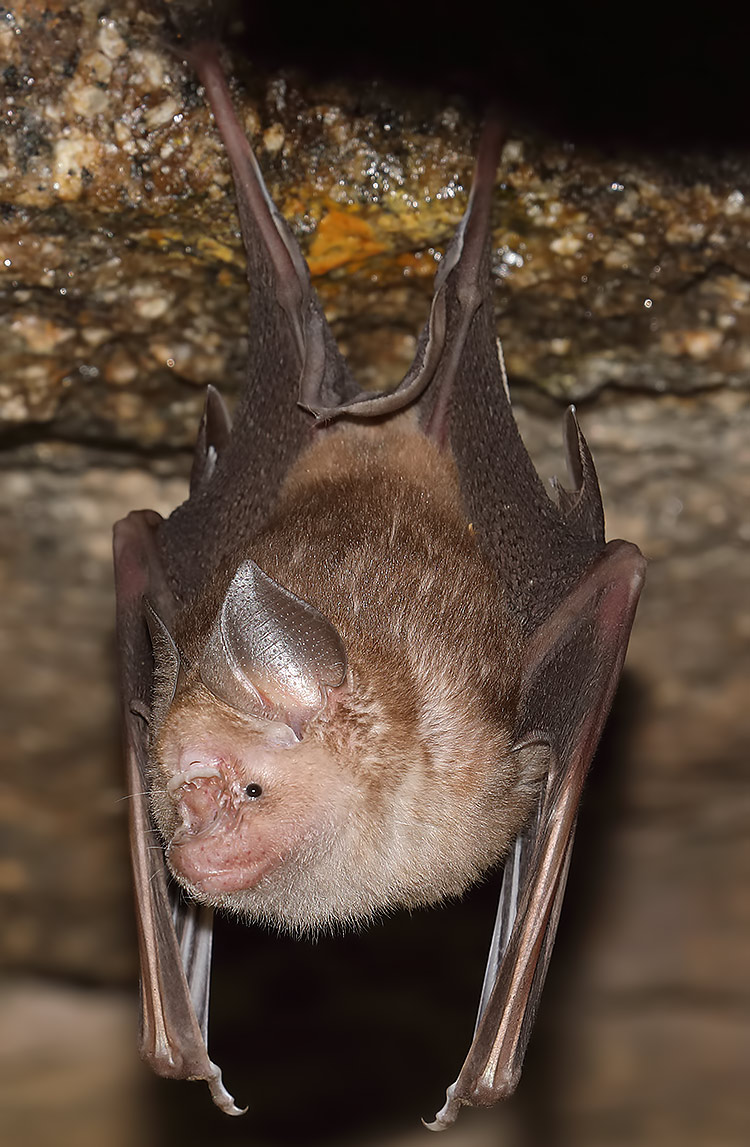
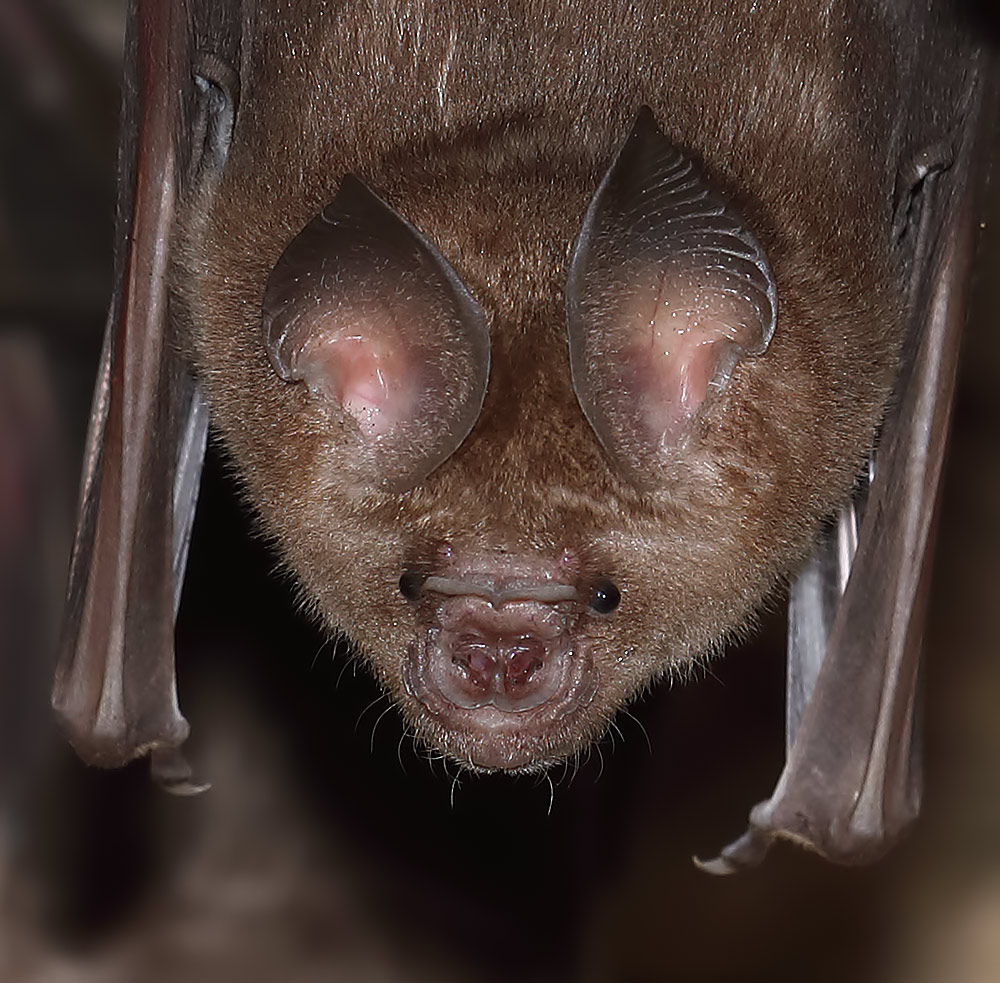
The gecko species named after Adi (Cnemaspis adii) was here too.
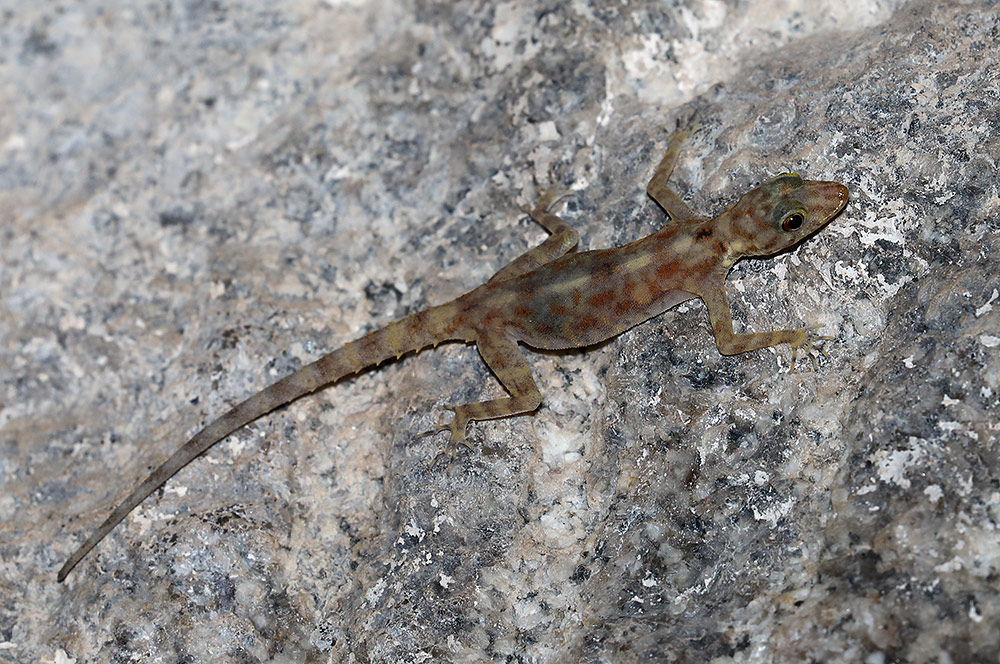
The Srinis also described the Hampi rock gecko Hemidactylus siva from here.
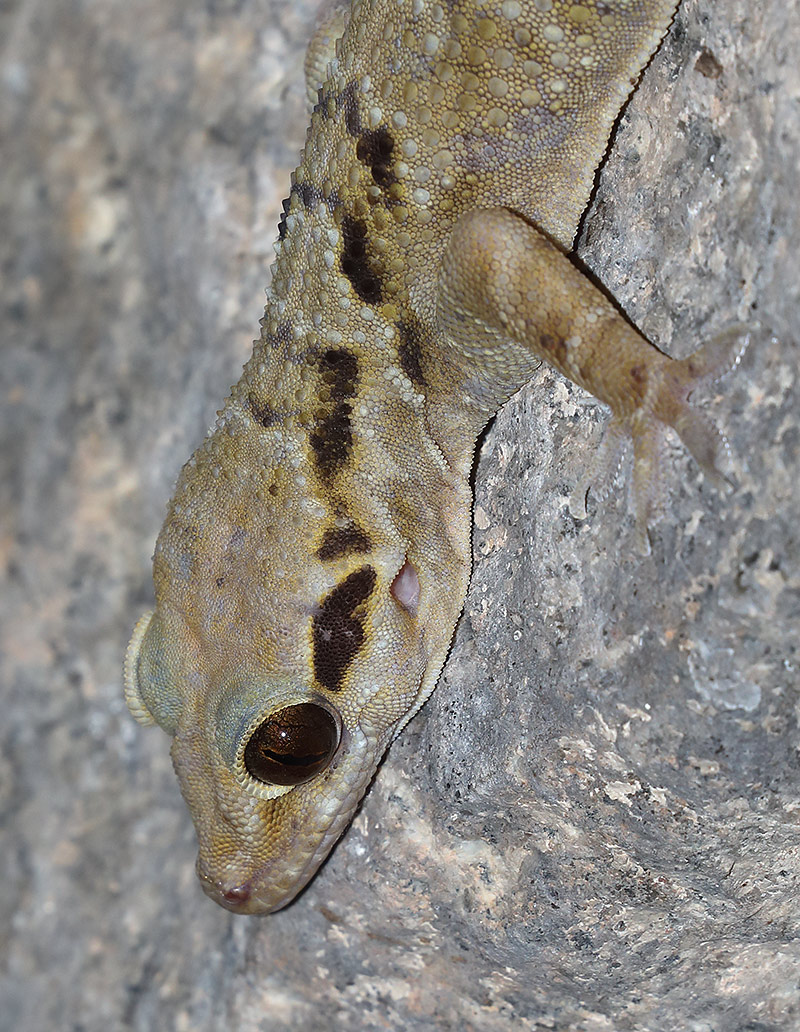
Blanford's rock agama Psammophilus blanfordanus was also present.
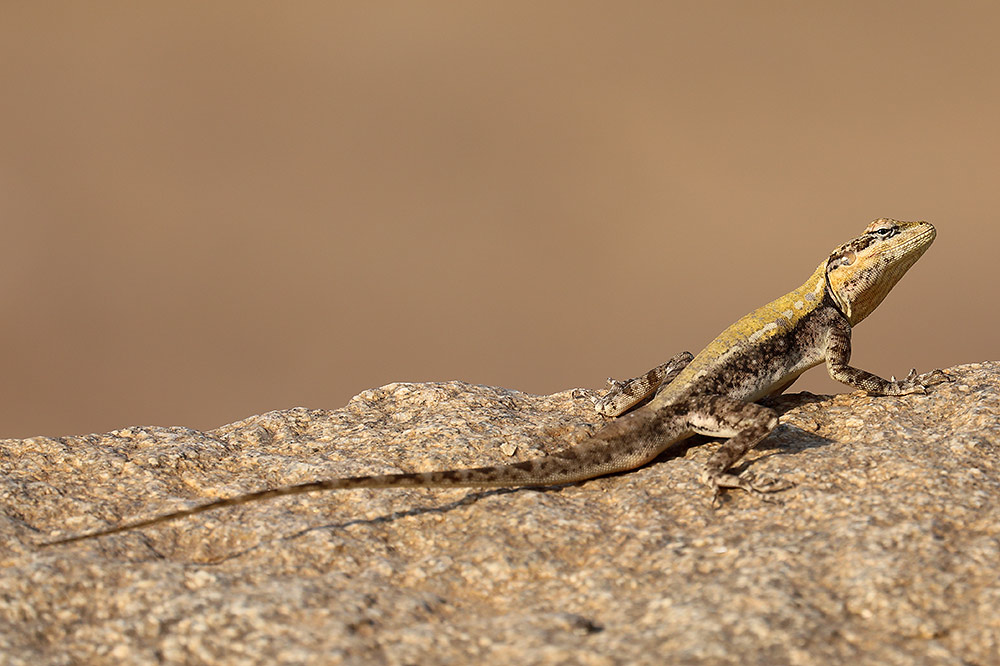
We visited another temple with a small roost of Scotophilus heathii.

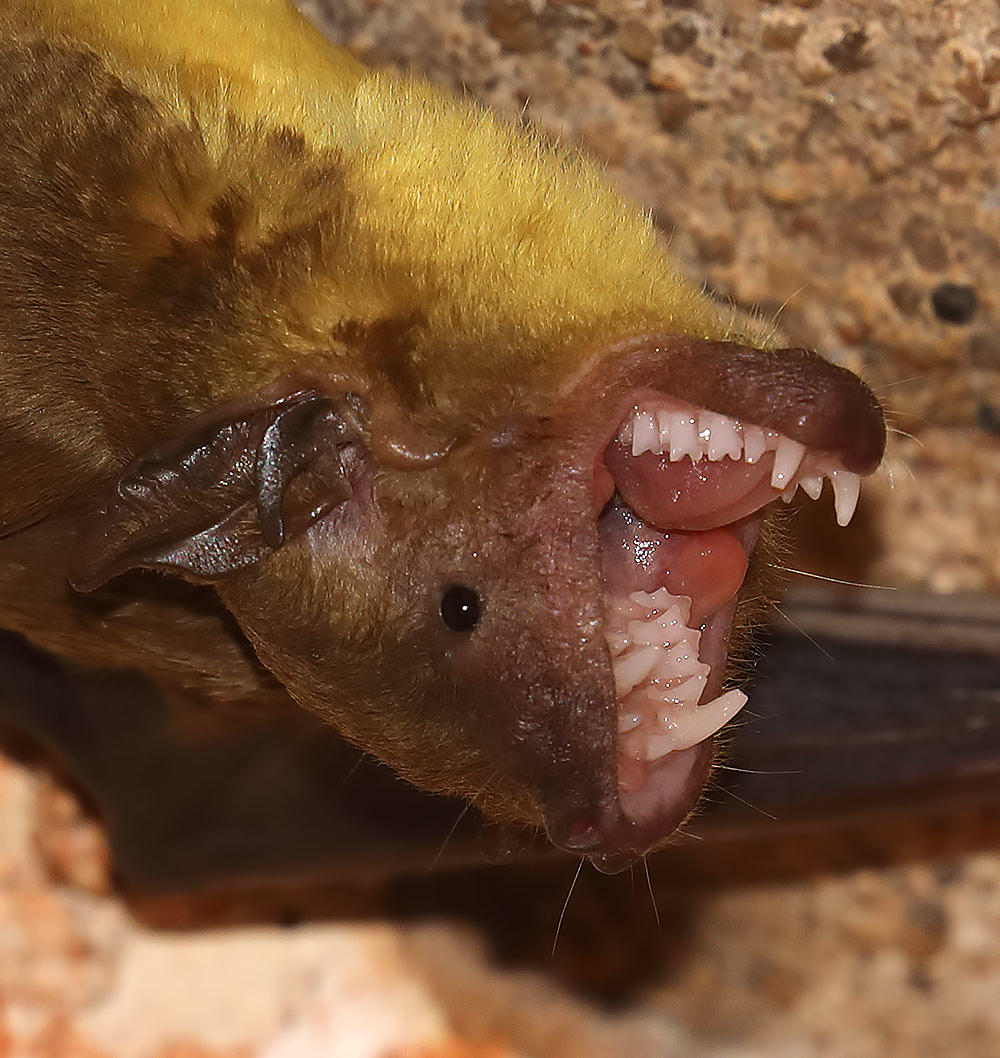
We watched the Hanuman langurs. The taxonomy of these langurs is complex and much debated. I understand those at Hampi are Semnopithecus hypoleucos achates if the map here is correct.
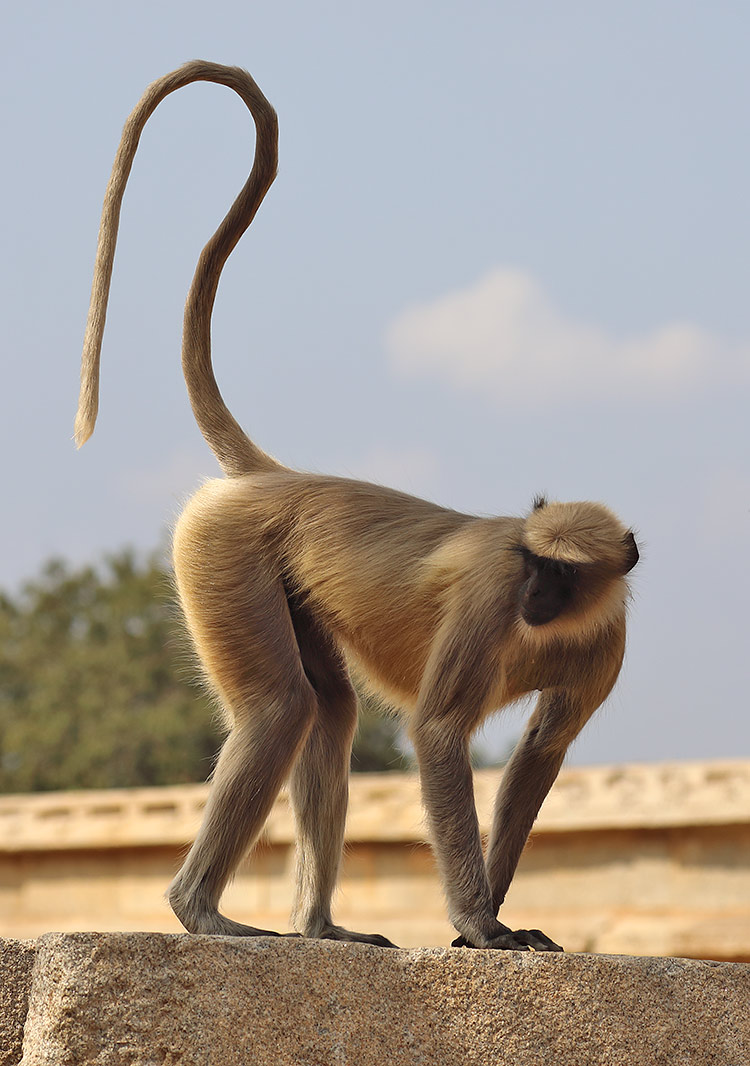
Tail carriage has been used as a way of separating the langur species. This ancient depiction of Hanuman doesn't seem to resemble any of them!
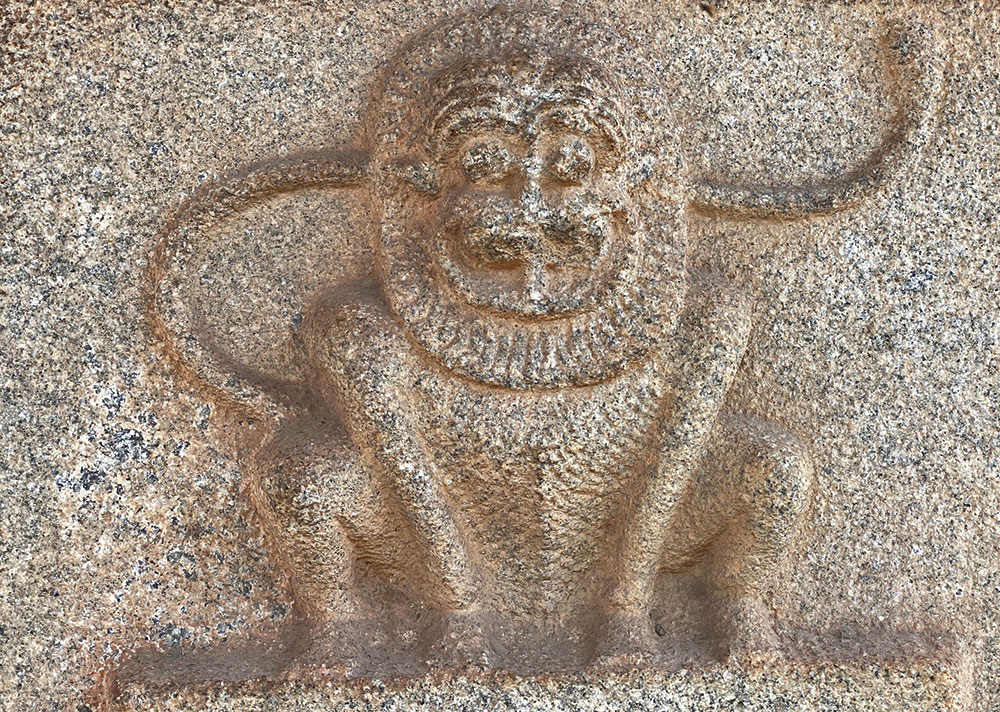
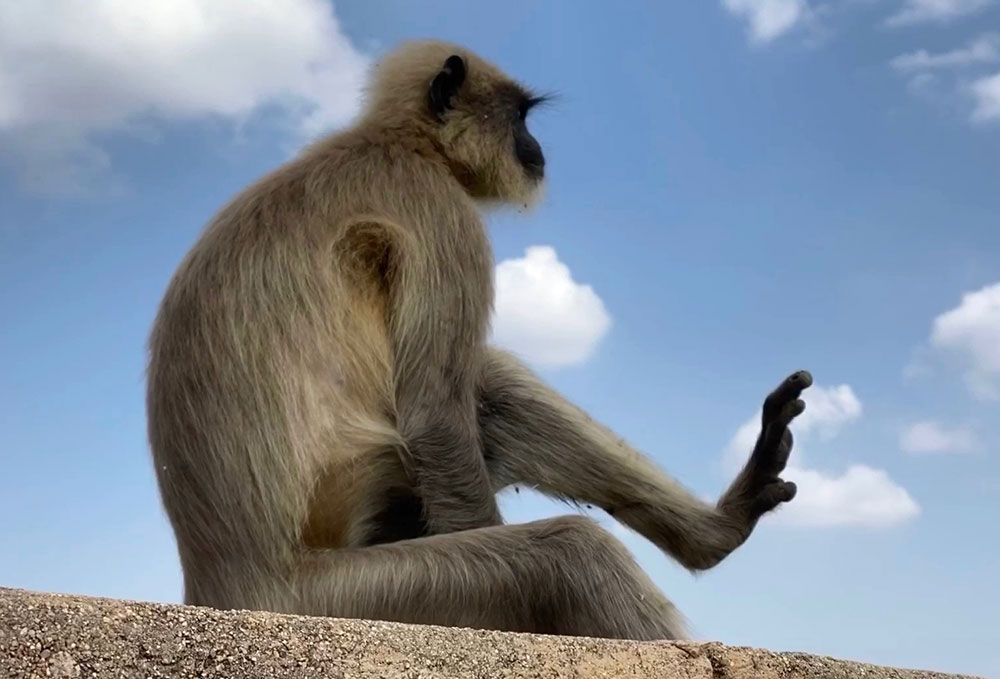

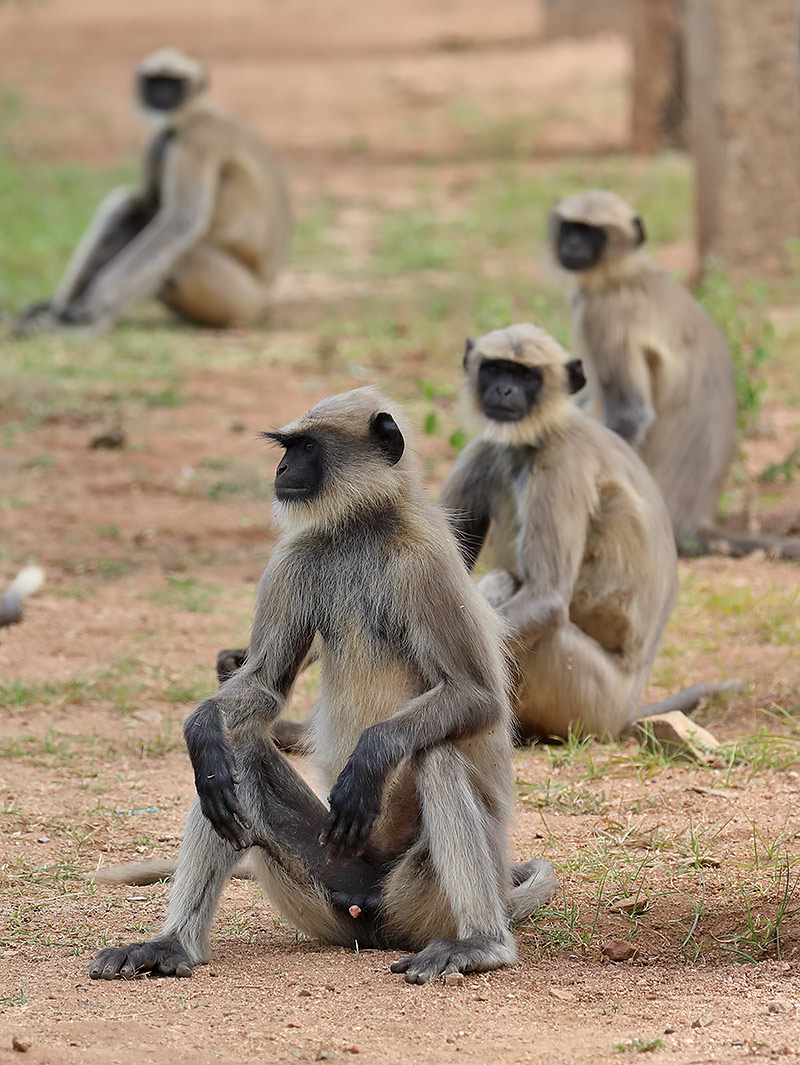
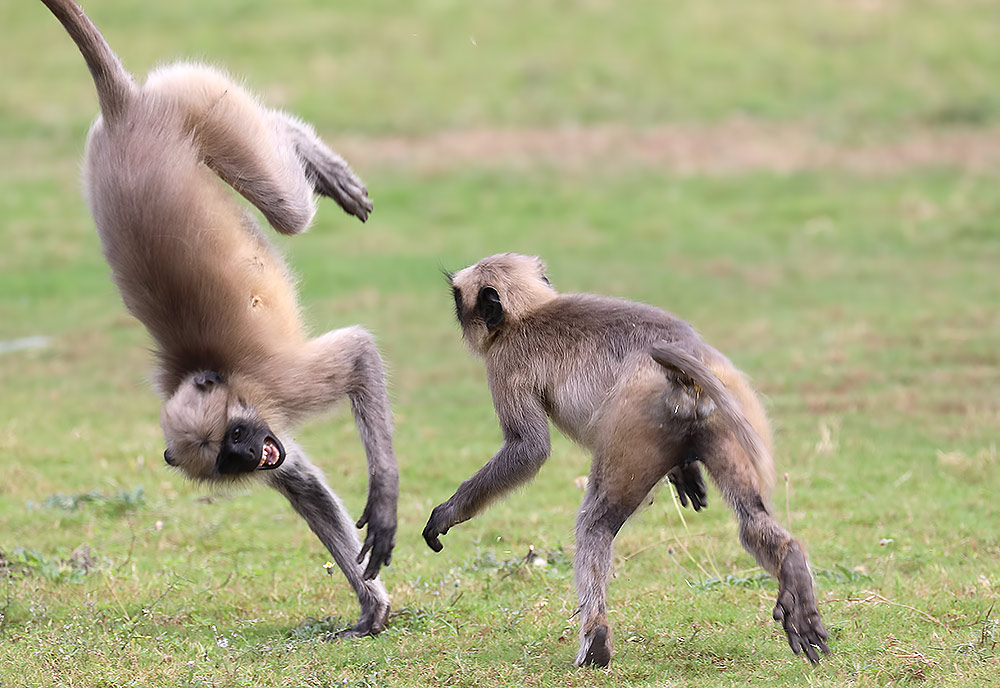
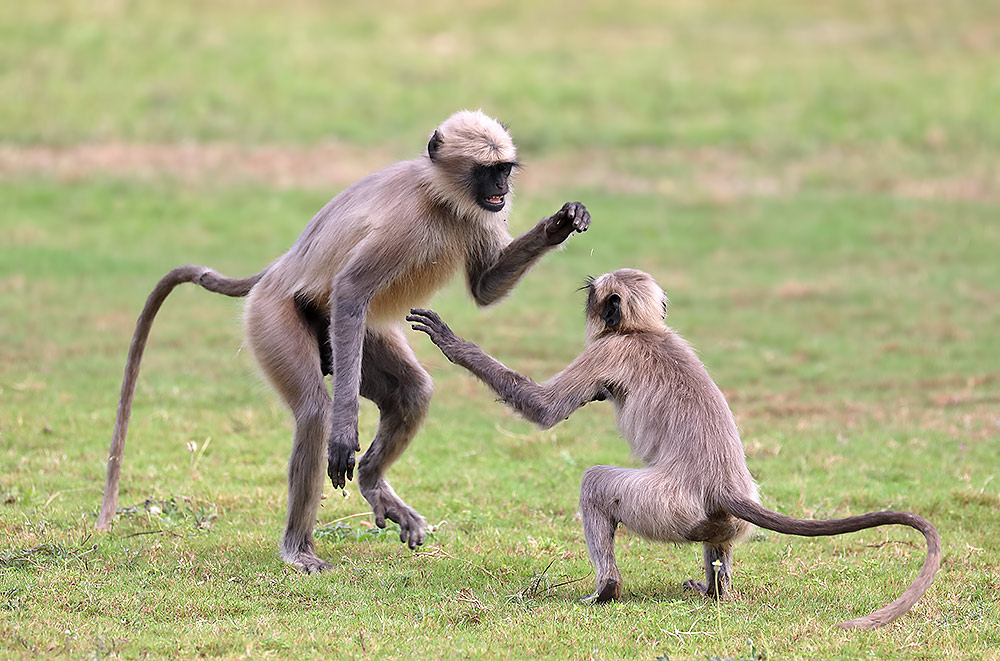
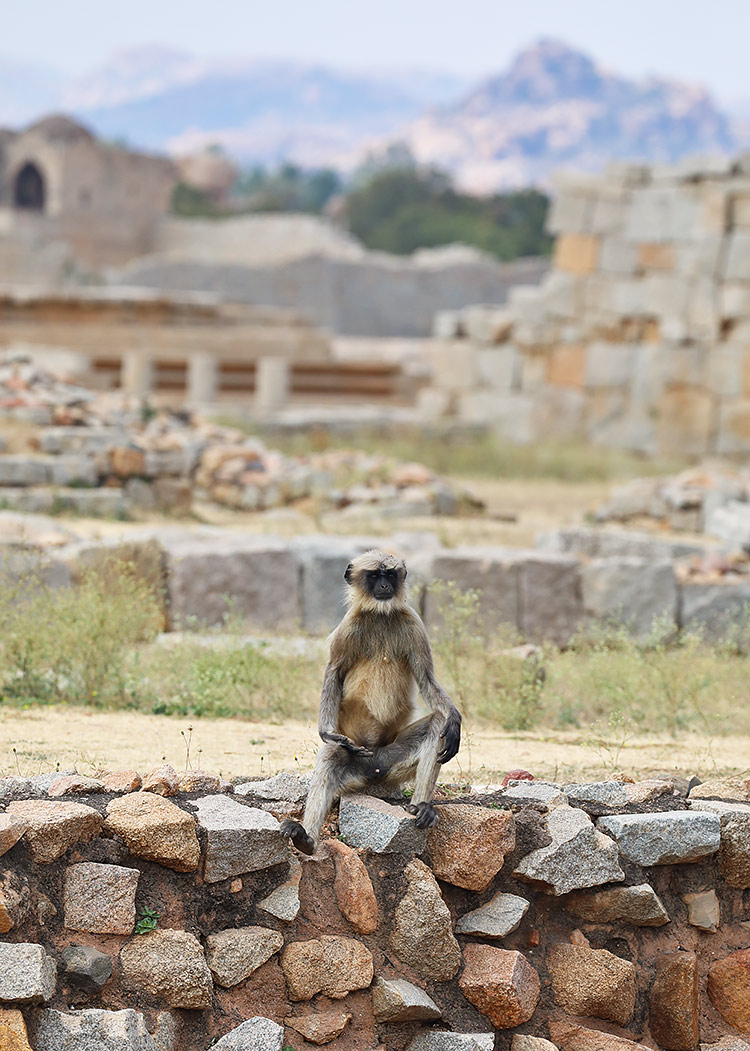
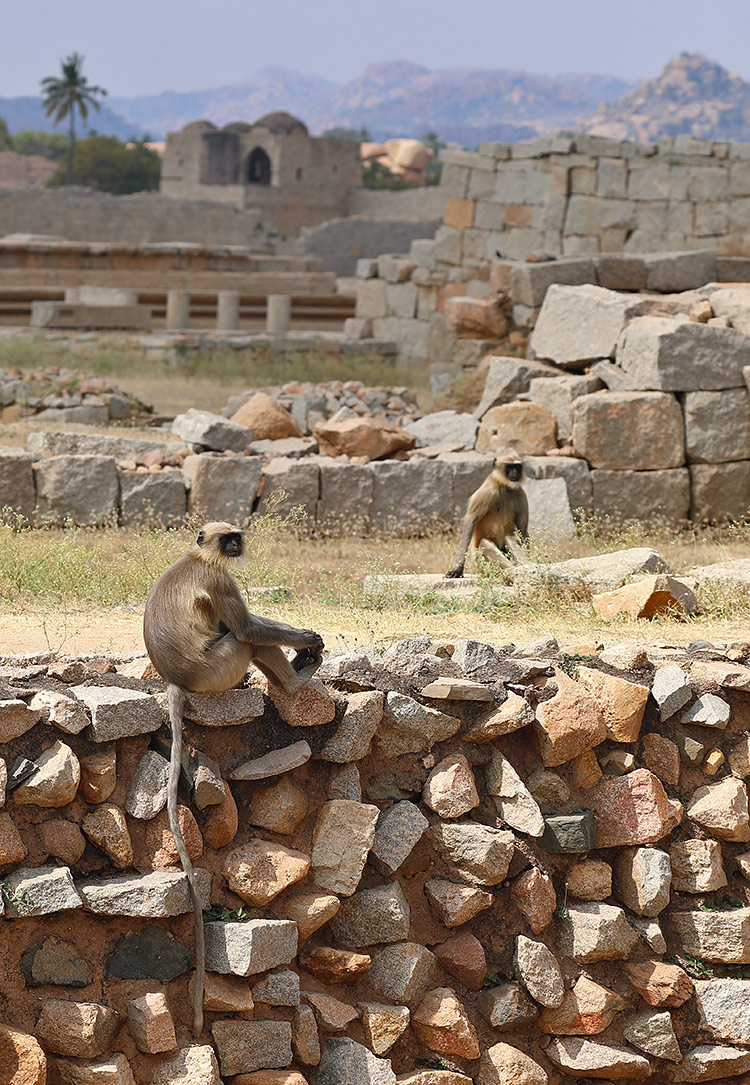
There are bonnet macaques at Hampi too. One macaque groomed a langur.
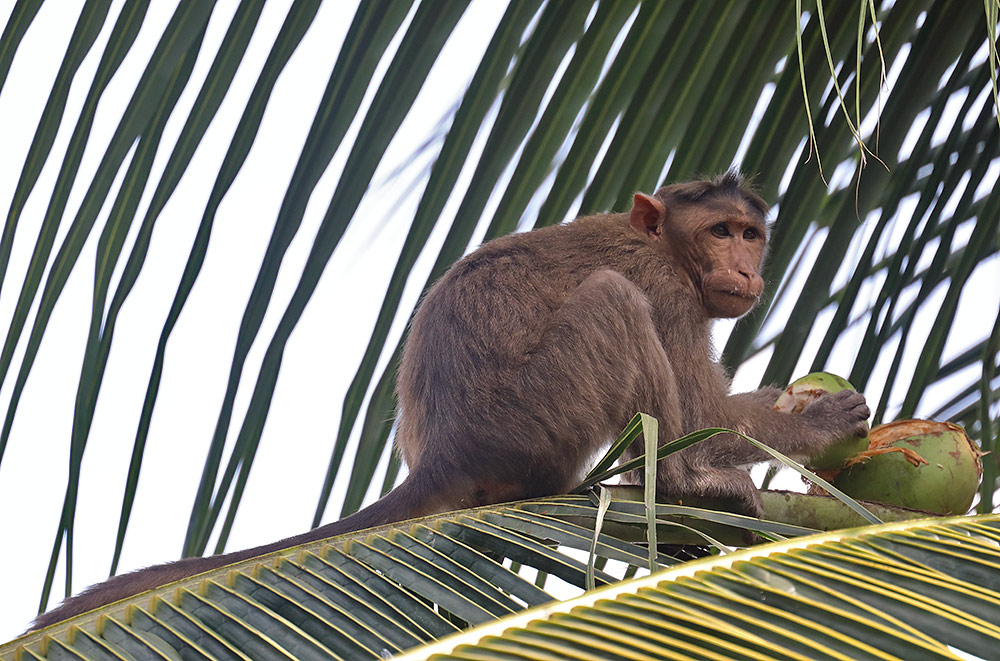
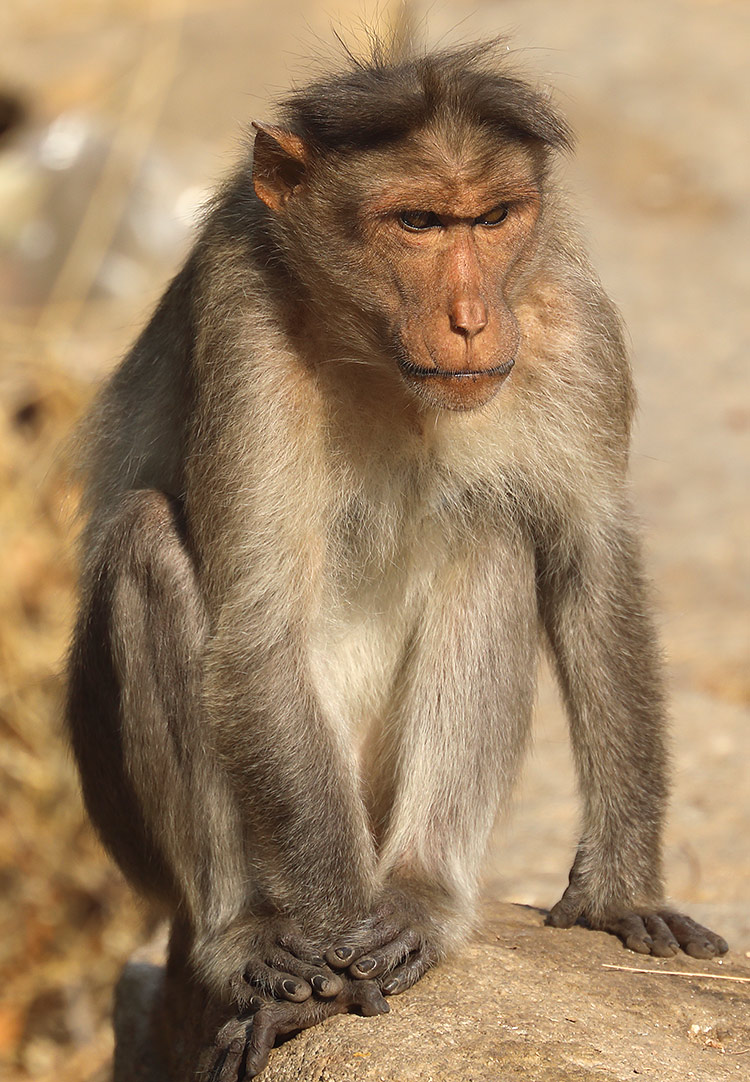
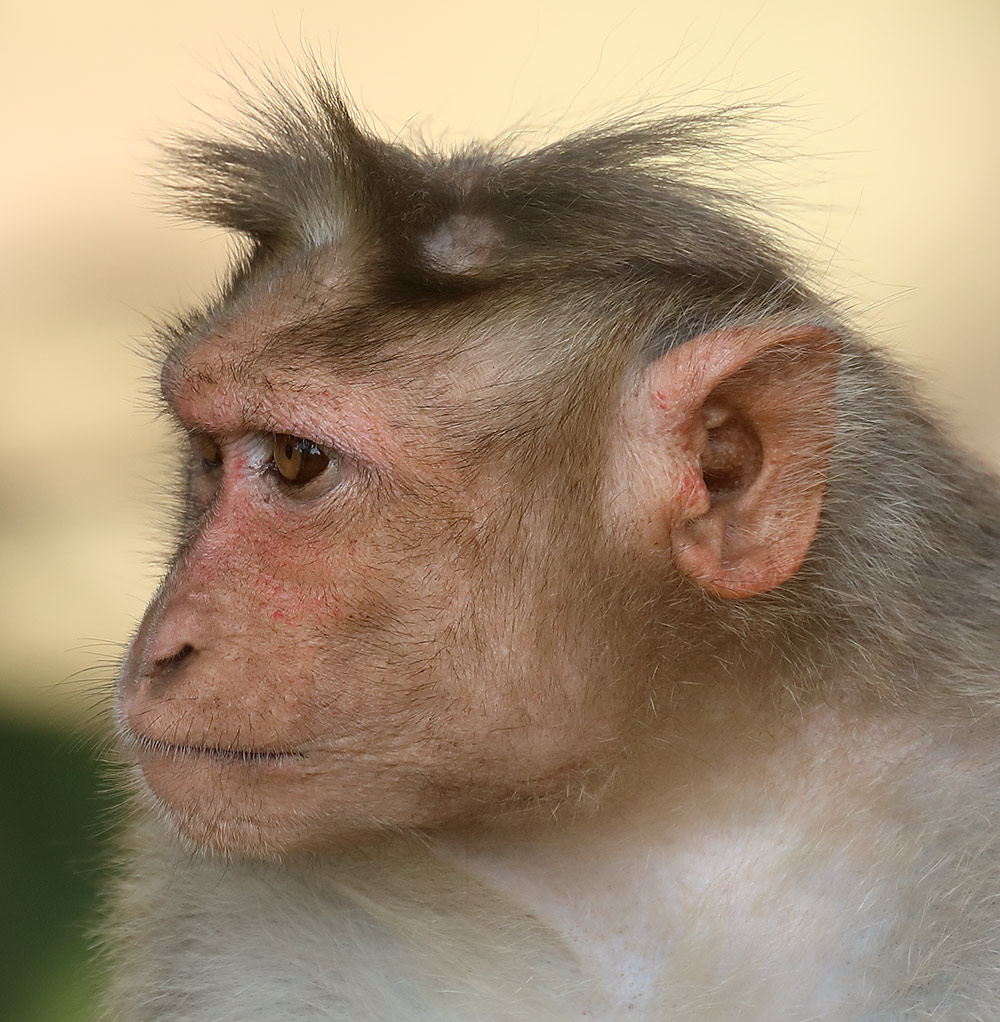
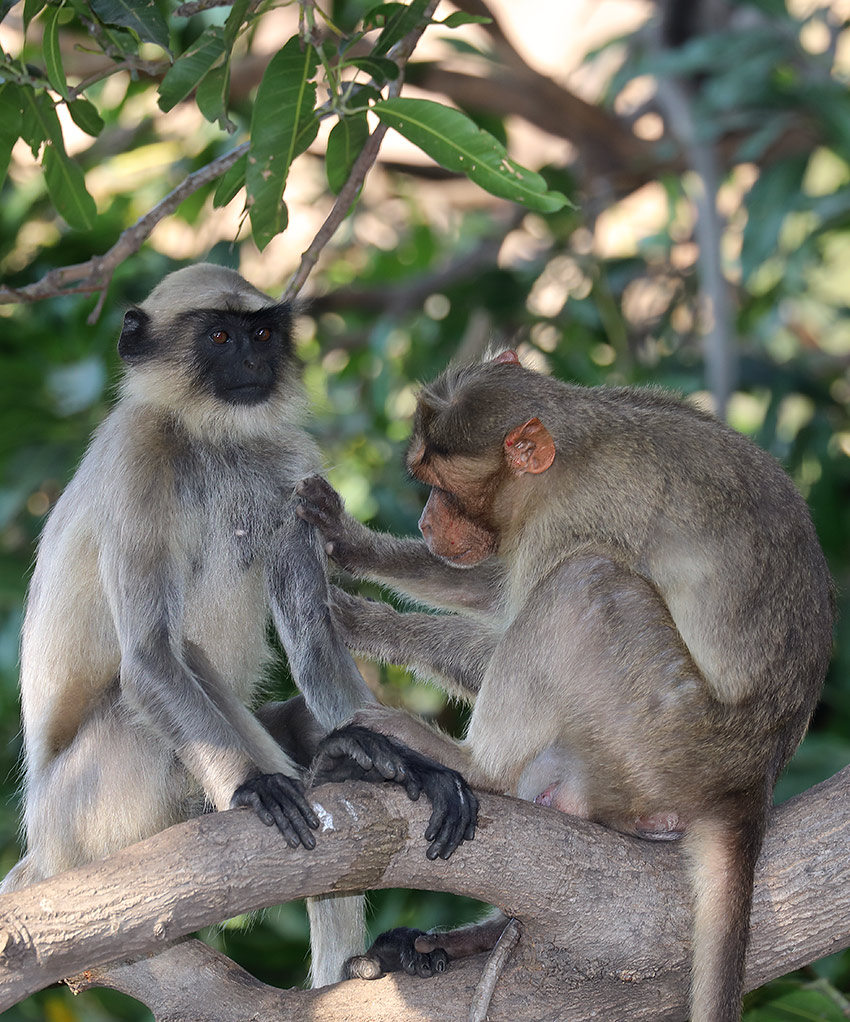
At the Vijaya Vitthala Temple we saw Rhinopoma hardwickii and Hipposideros speoris.
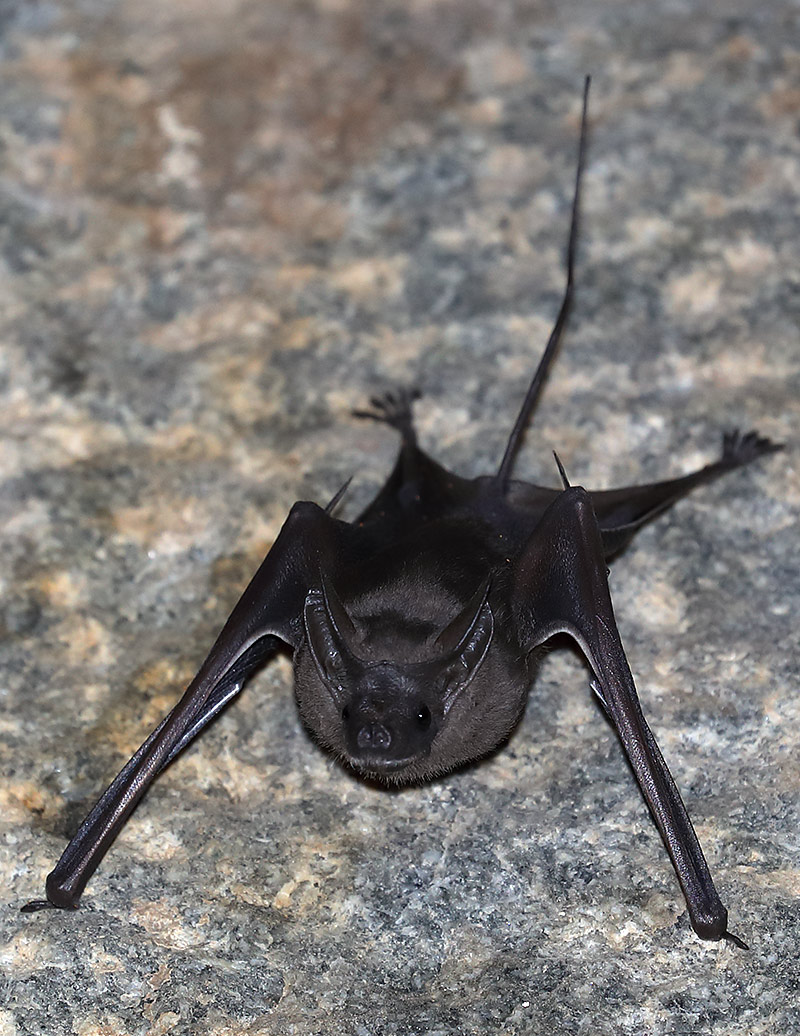
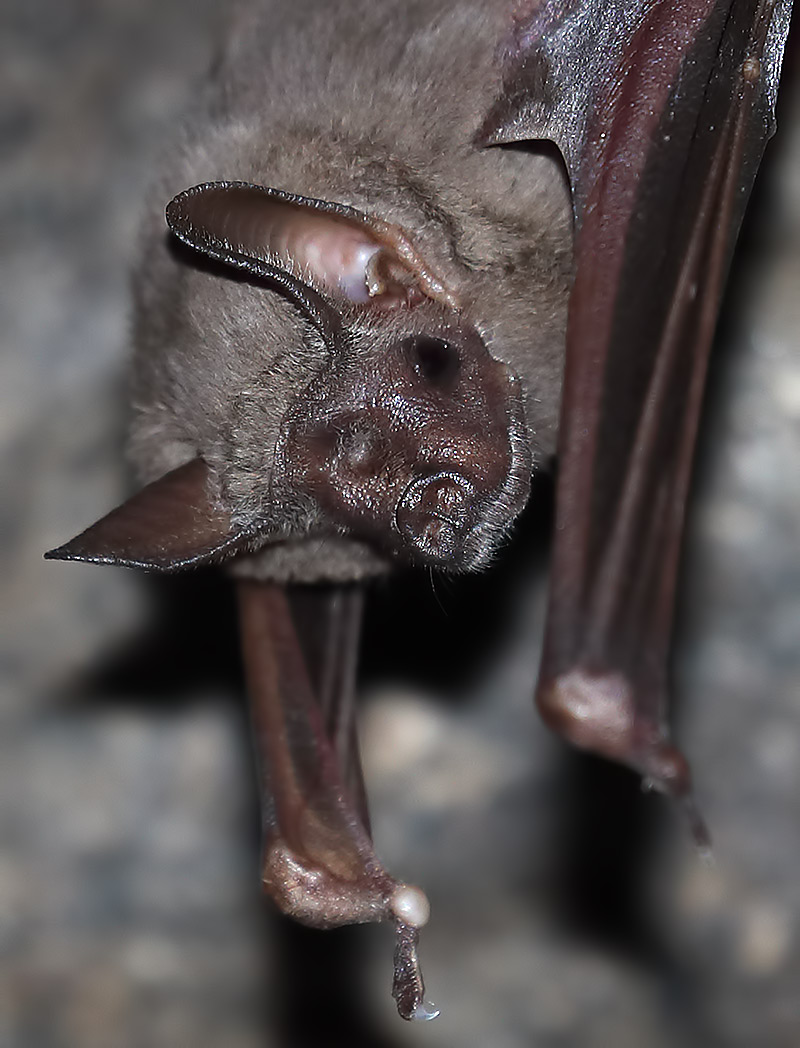
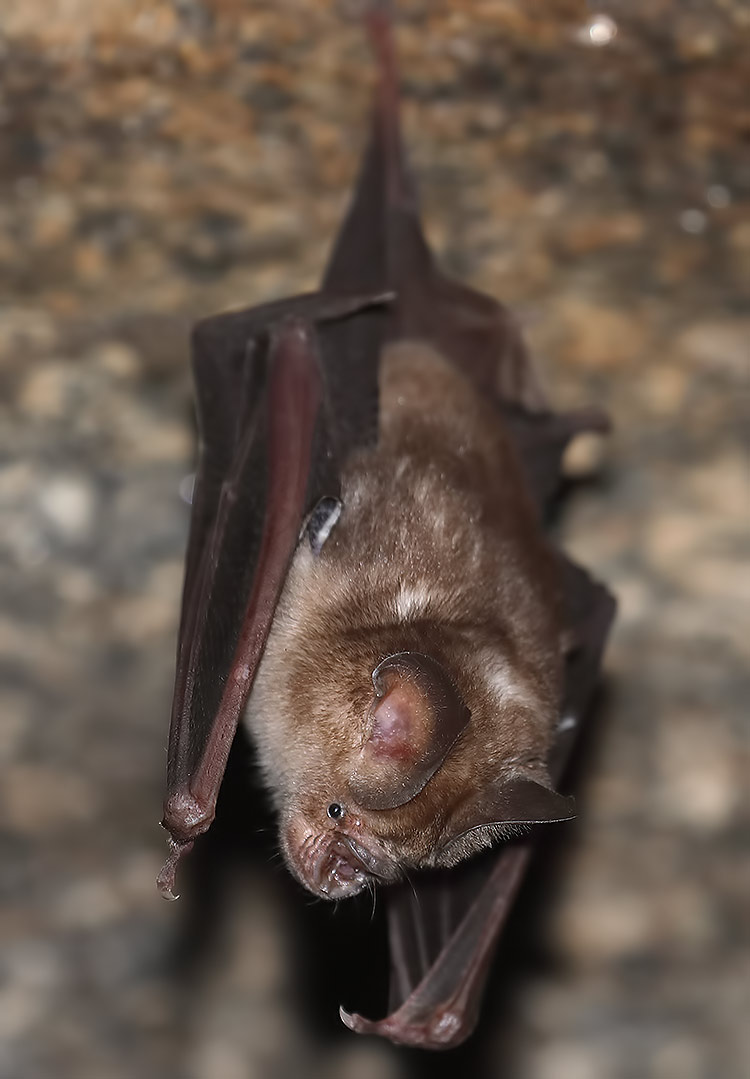
Hampi birds included laughing dove, Indian robin and common myna.
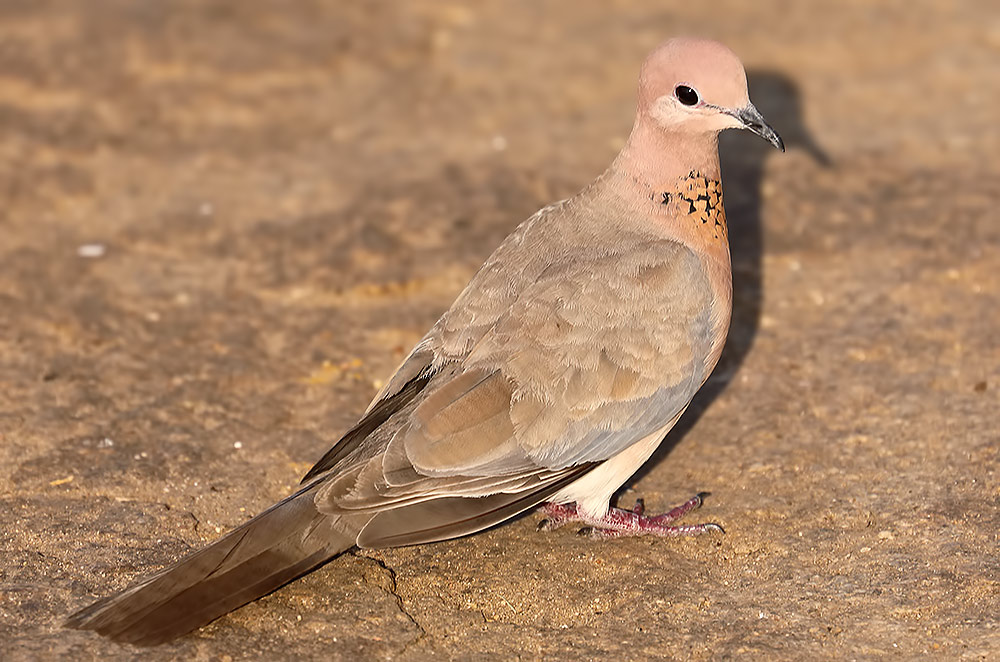

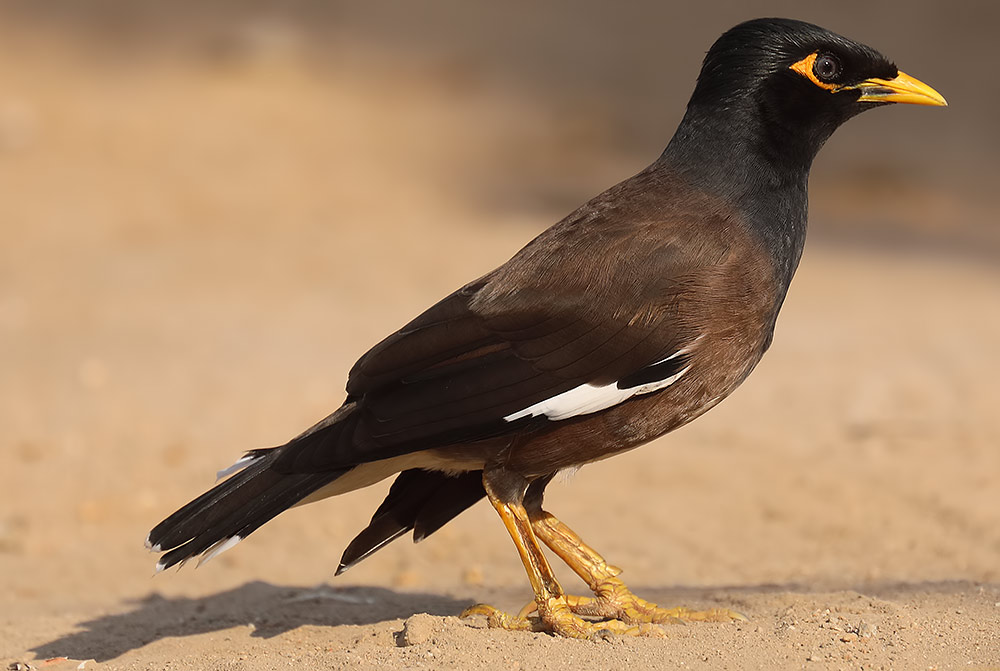
Some of the sculptures at the temples are remarkable.
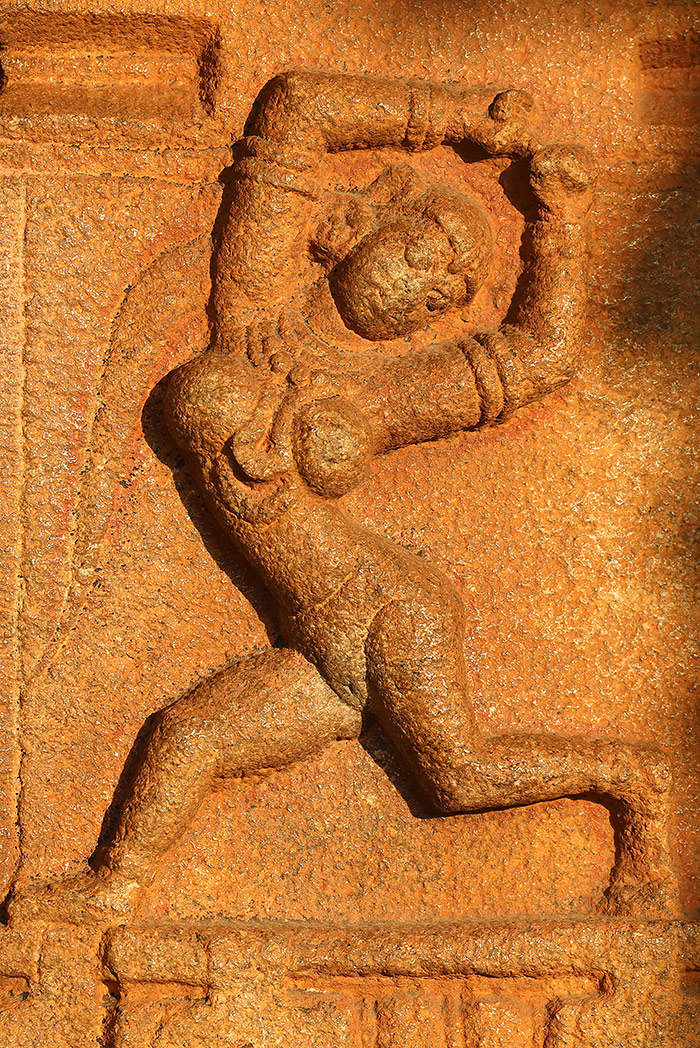
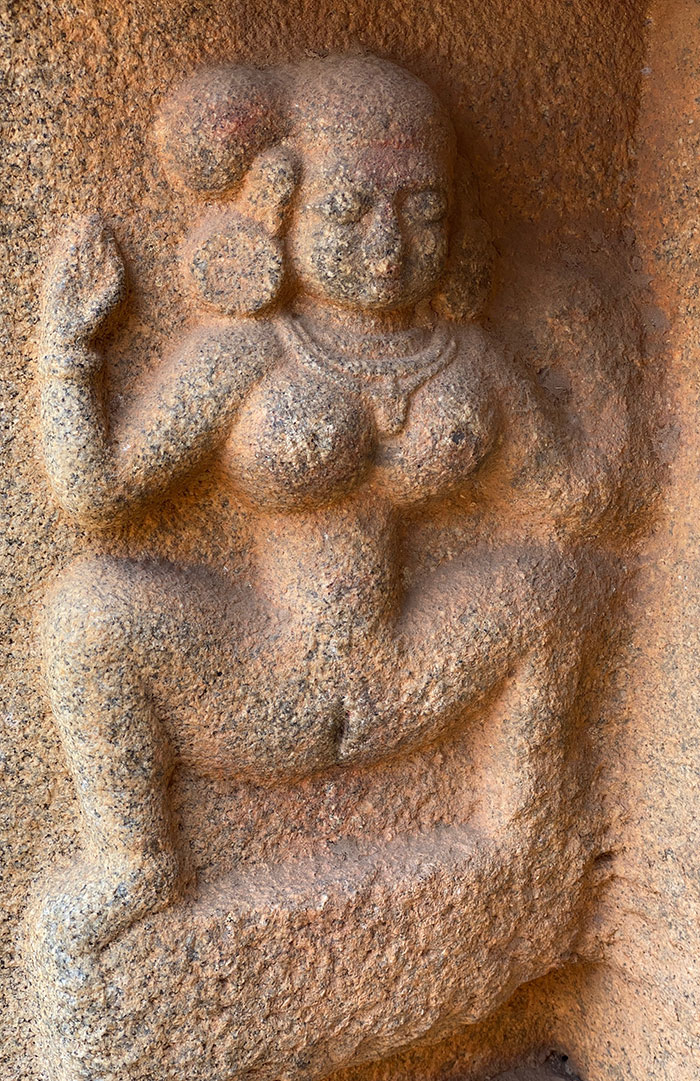
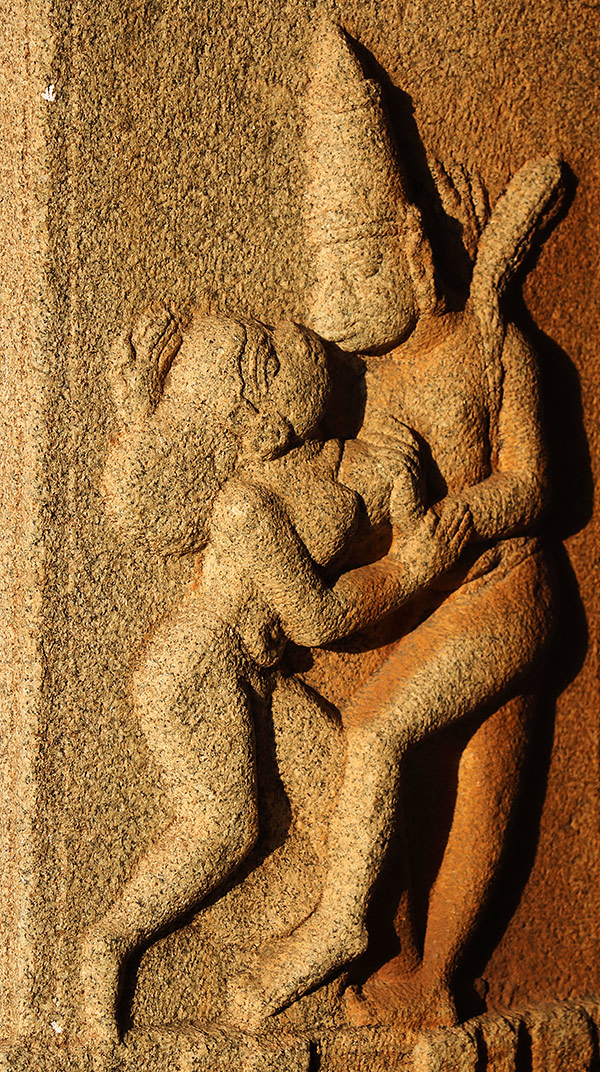
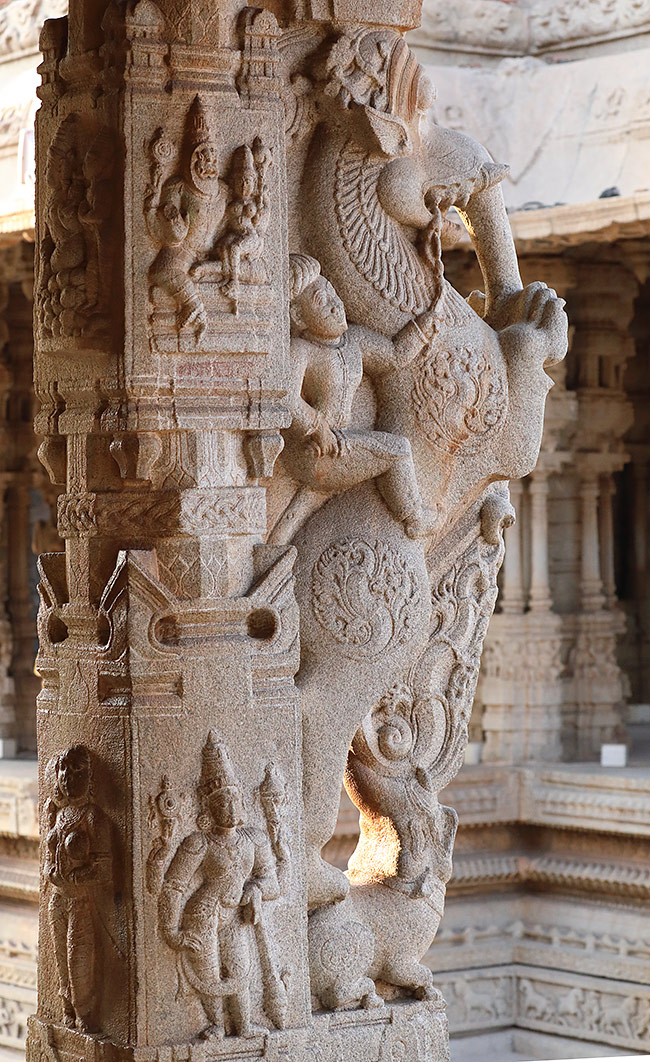
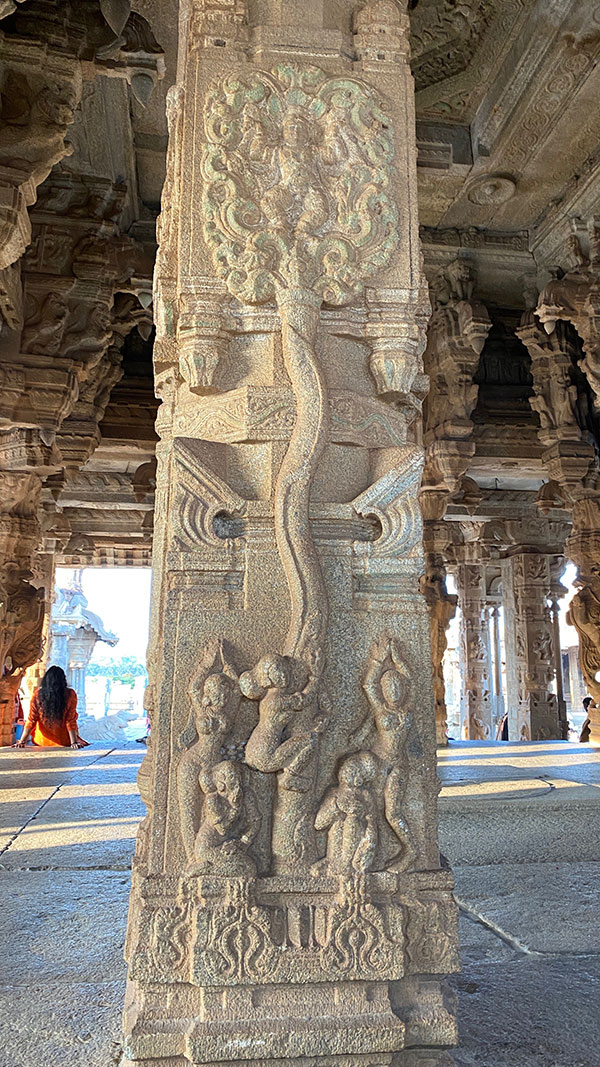
The Vijaya Vitthala Temple.
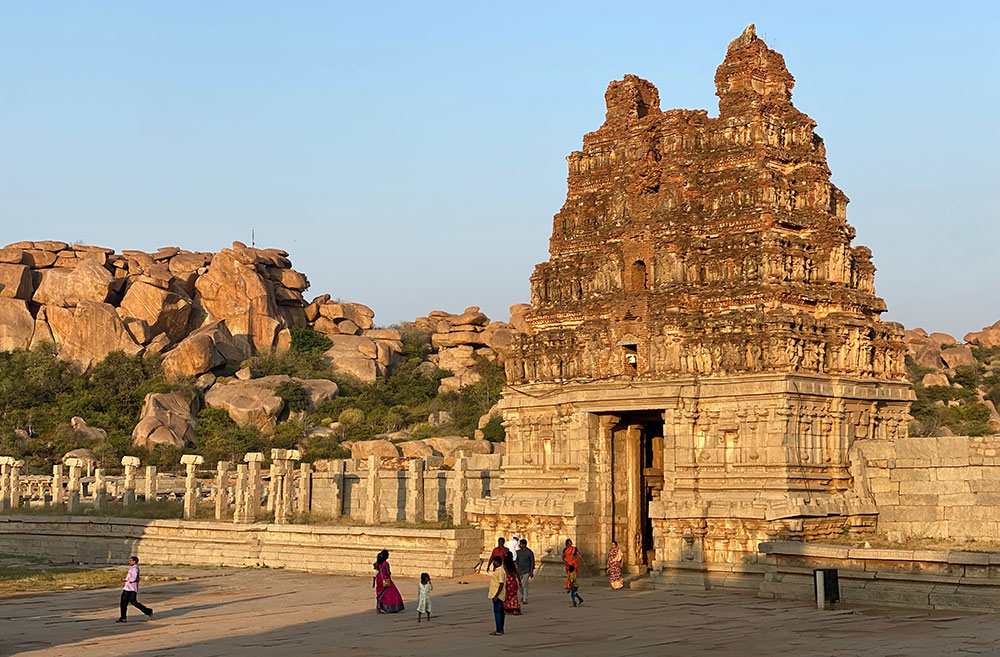
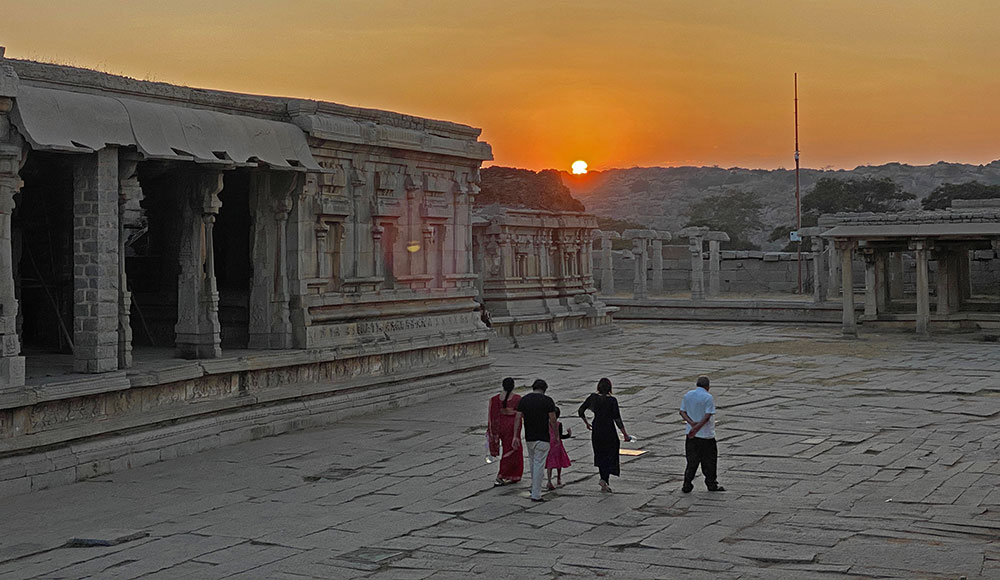
Entering a temple door at Vijaya Vitthala Temple.
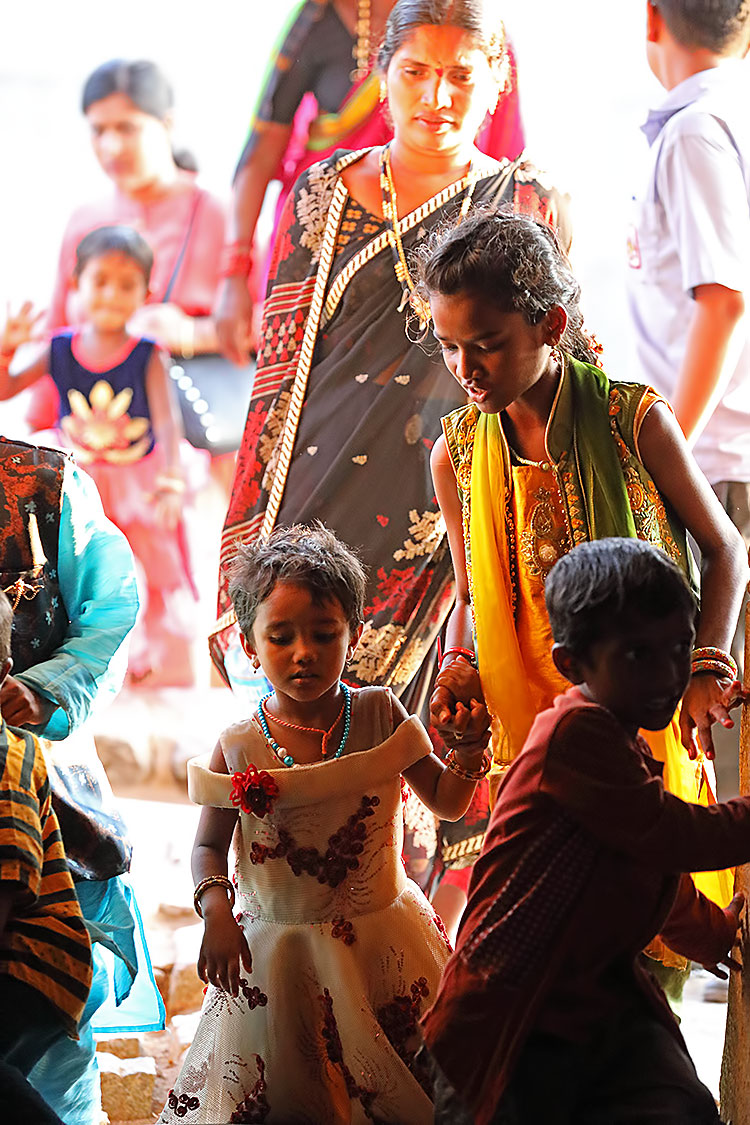
Some Hampi landscapes. Shiva Linga (the male aspect of the universe), the Yoga-Narasimha monolith avatar of Vishnu and a view over the Tungabhadra River.
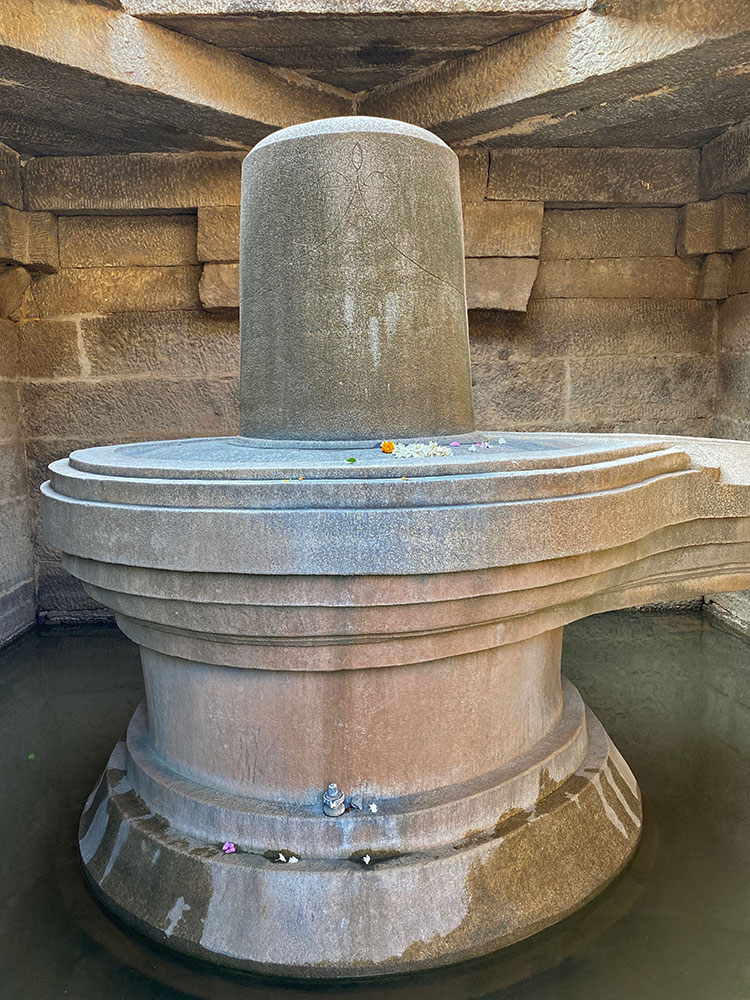
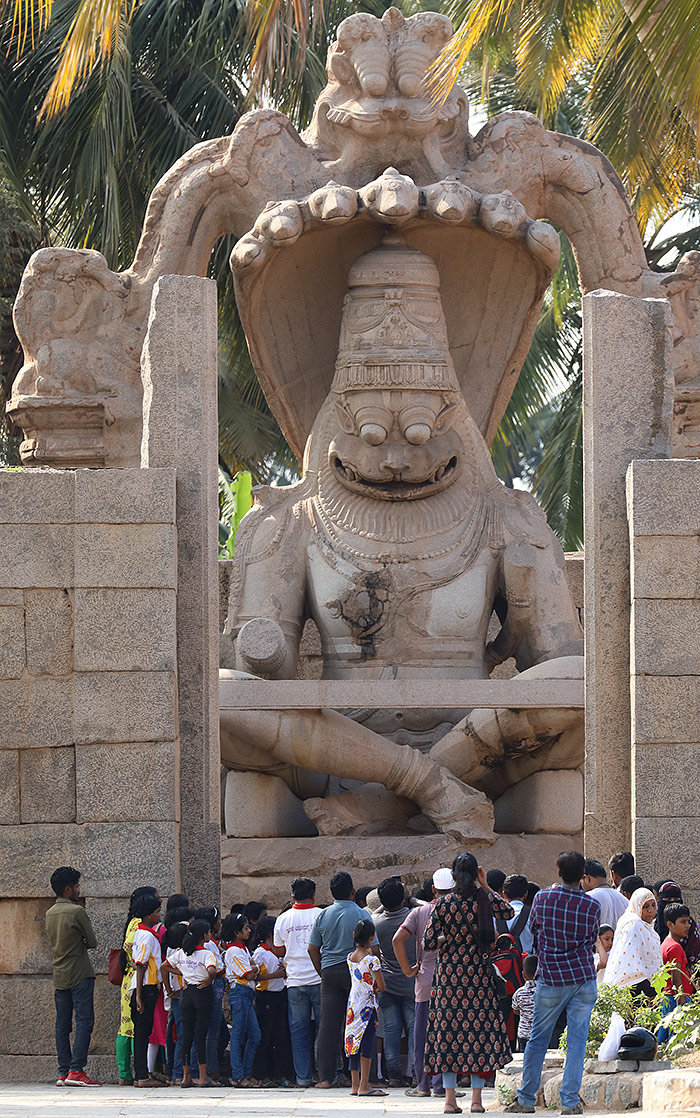
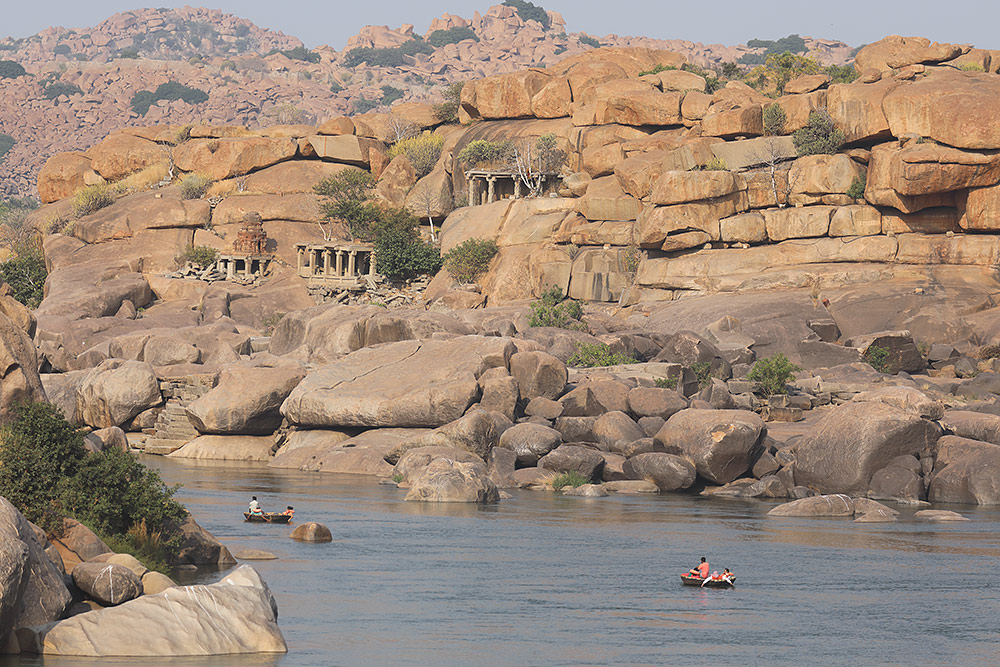
Stepped square water tank.
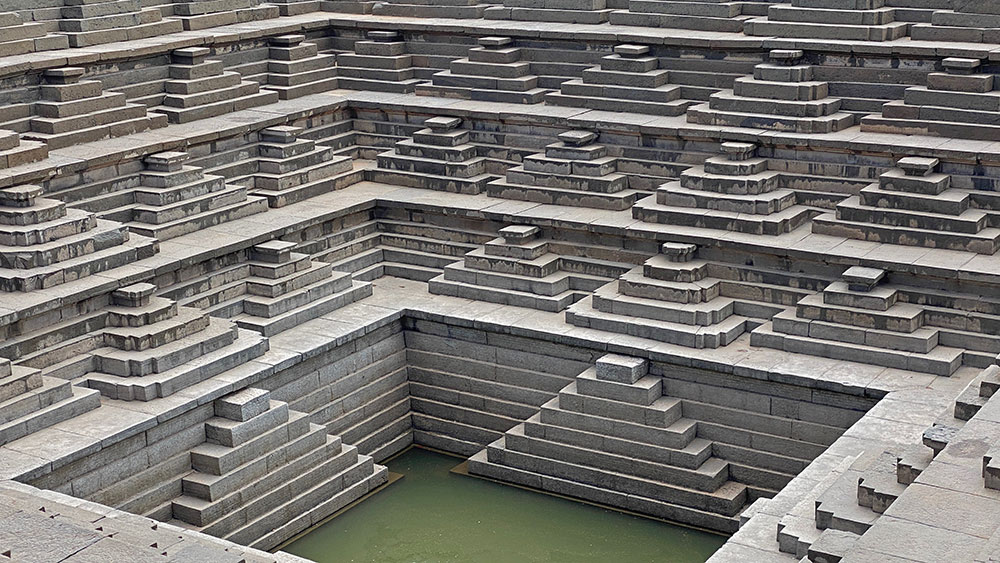
The Virupaksha Temple.
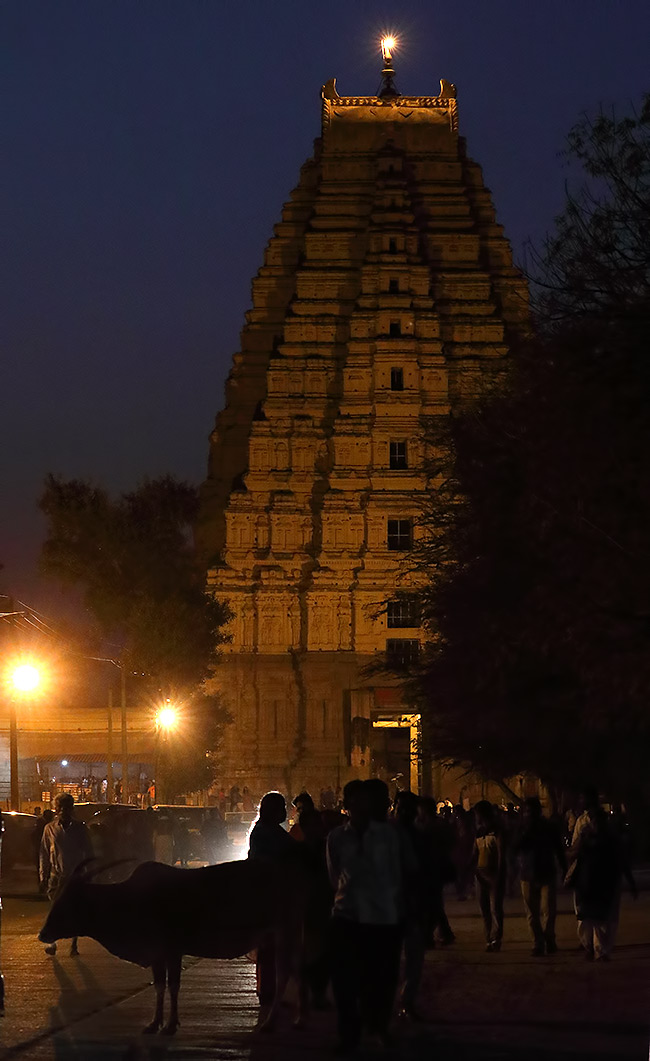
On 20th we drove a long way to Kolar. We passed through the biodiversity hotspot at Sandur.
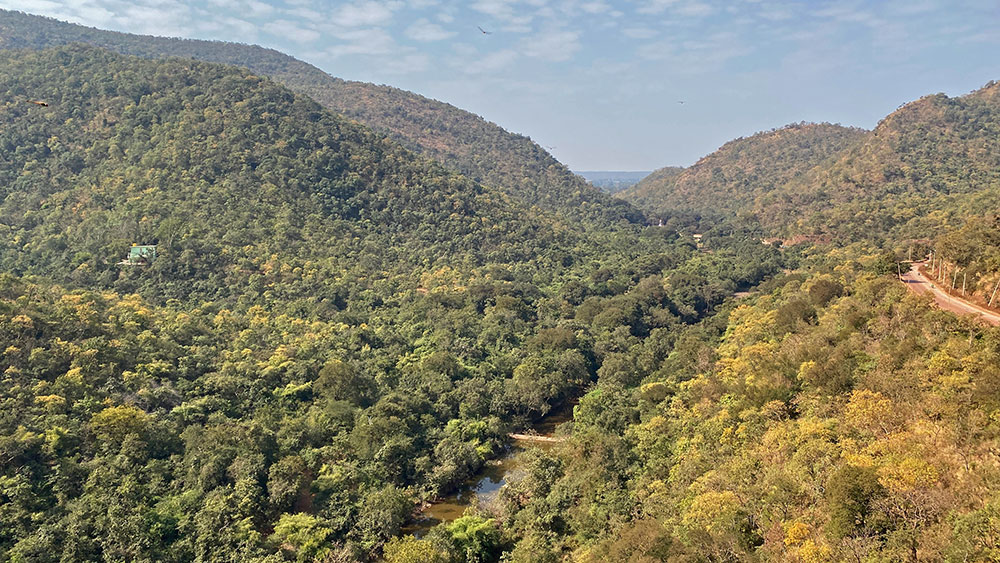
Wind energy is becoming big in India, and turbine blades are transported on rather small vehicles.
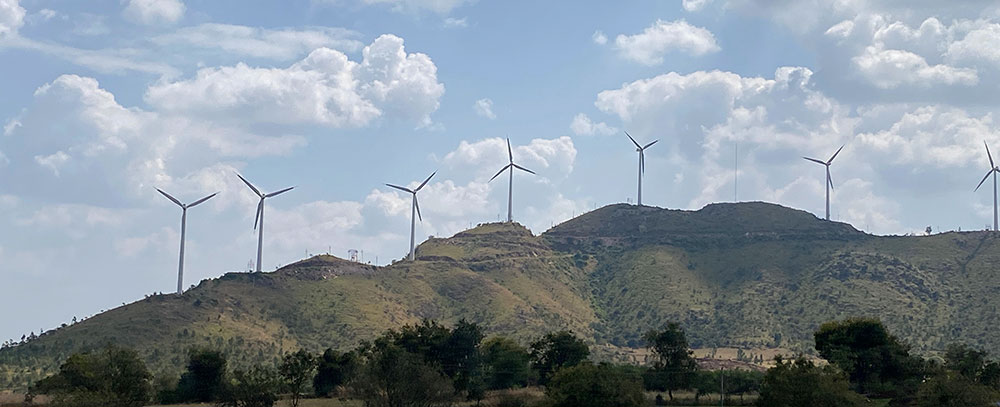
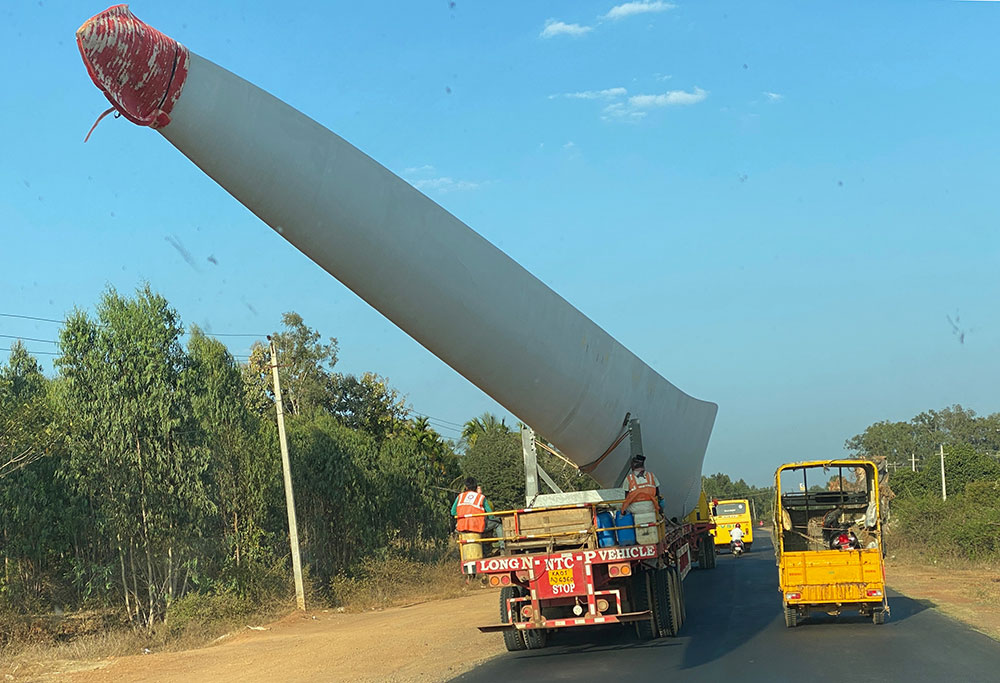
In the evening we briefly visited a roost of the Indian endemic Hipposideros durgadasi which echolocates using calls around 170 kHz. Quite a lot of bats circled around a roost entrance.
21 Jan: an early start to drive to a grassland area occupied by blackbuck. Much grassland has been lost in India. We had decent views of adult males (which leave piles of droppings in latrines), groups of subadult males, and females.
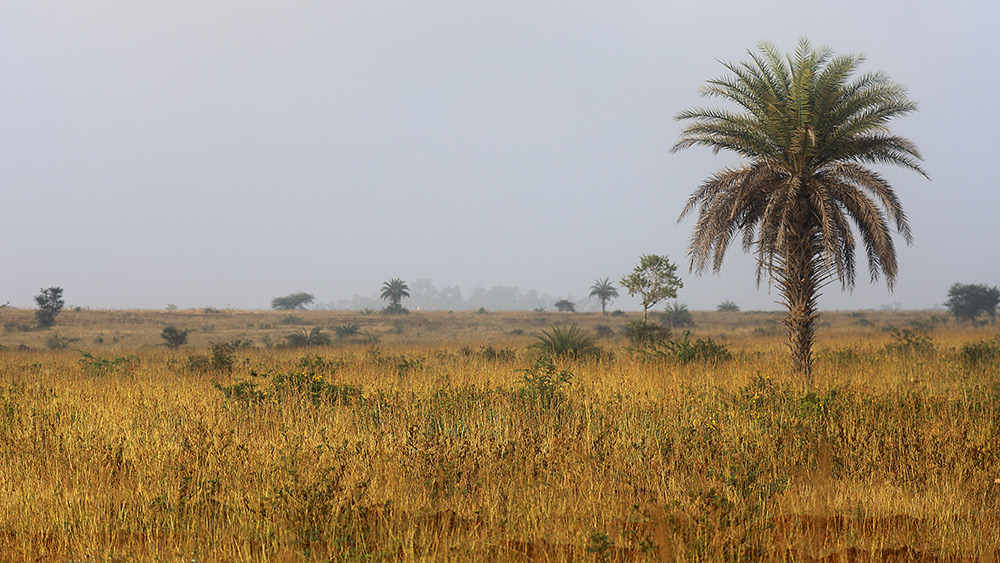
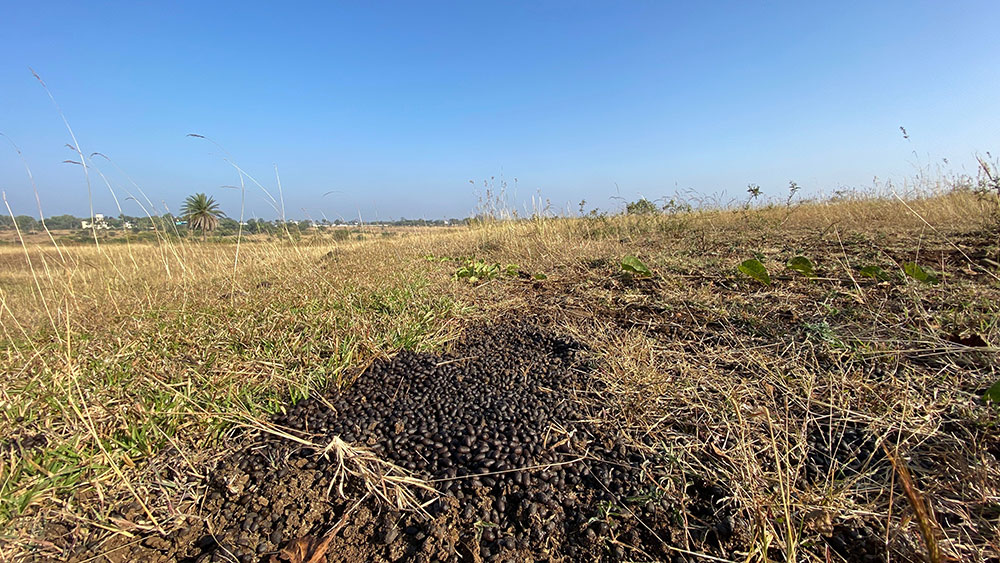
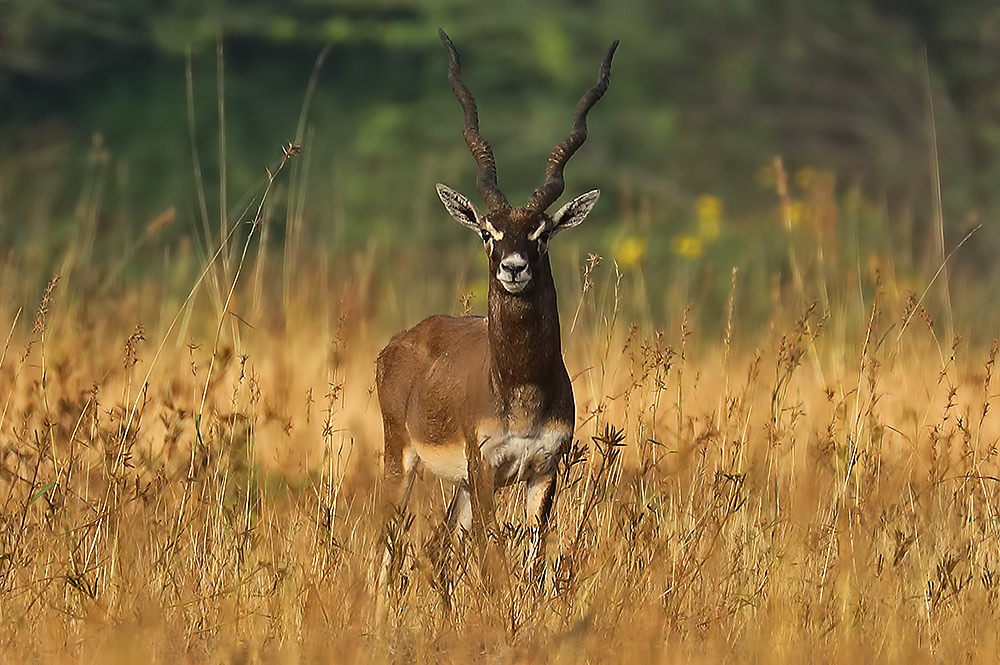
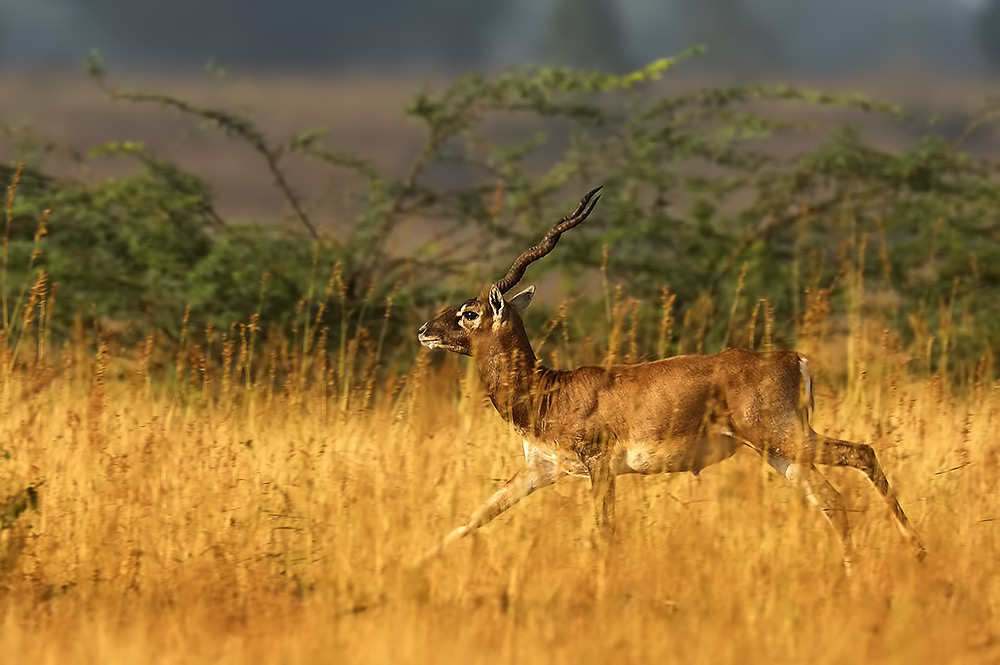
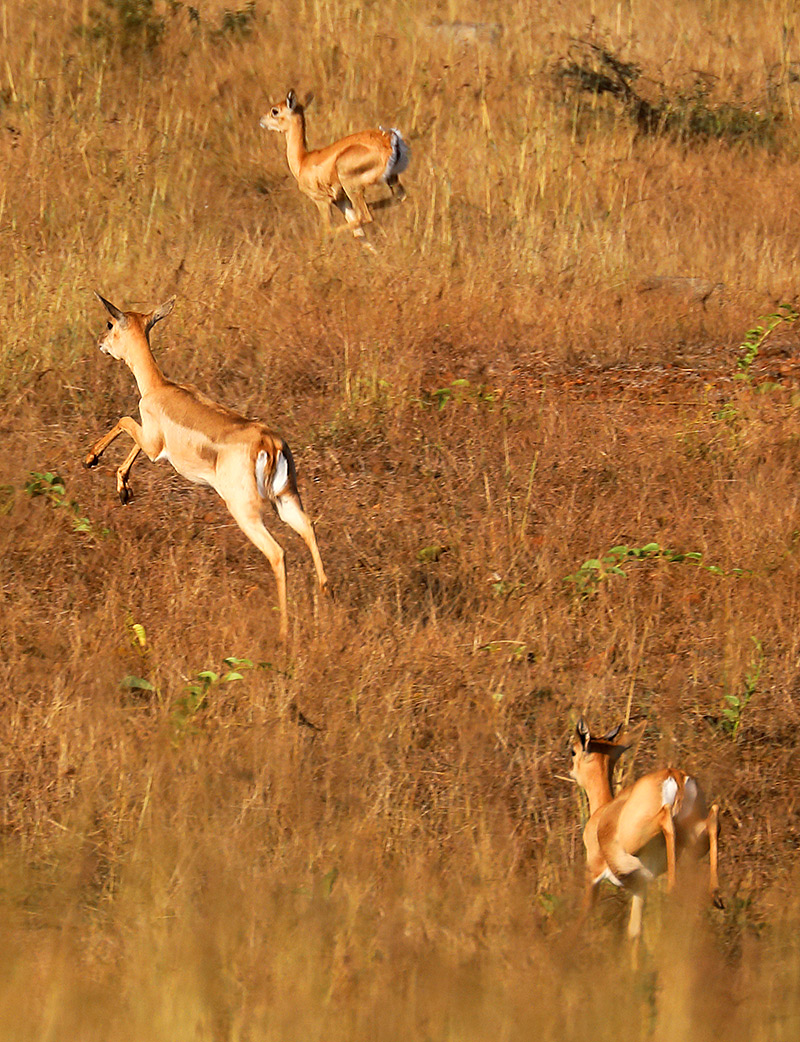
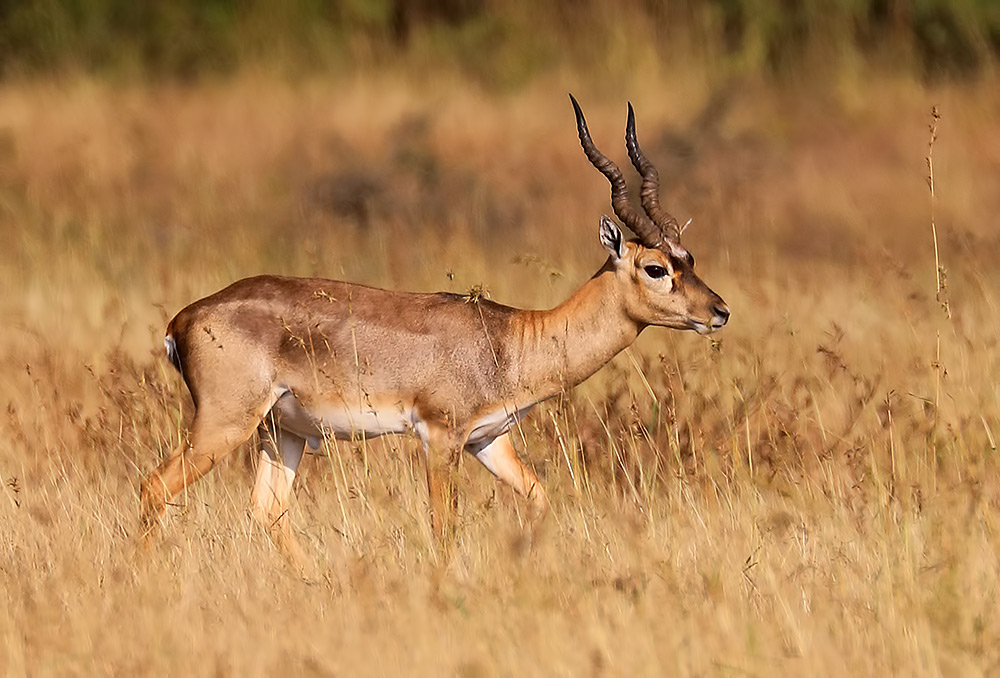
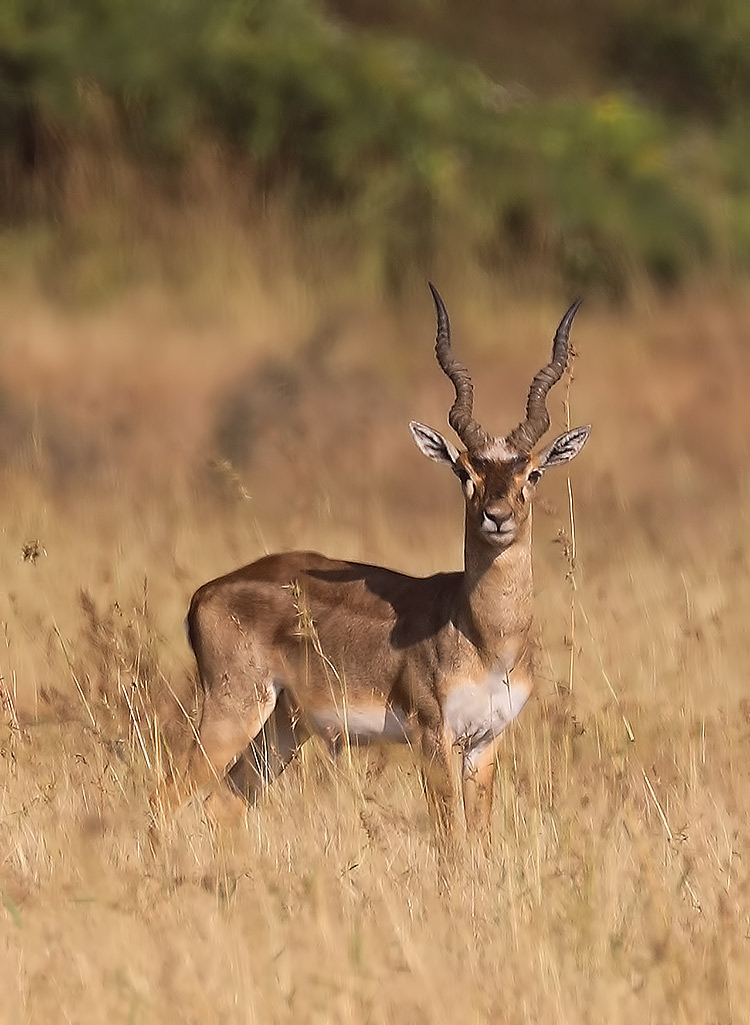
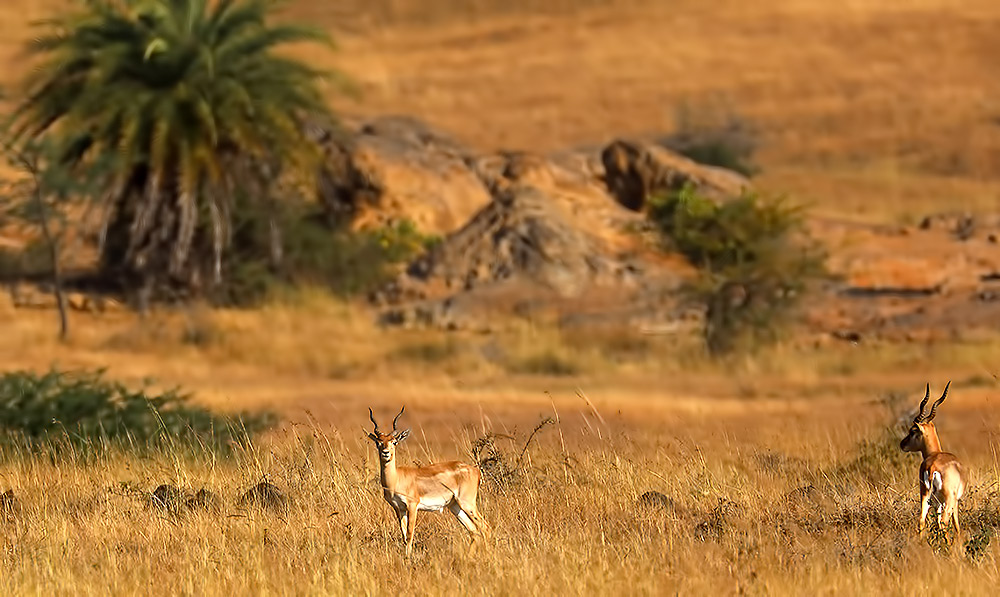
Birds included shikra, bay-backed shrike and Indian courser.
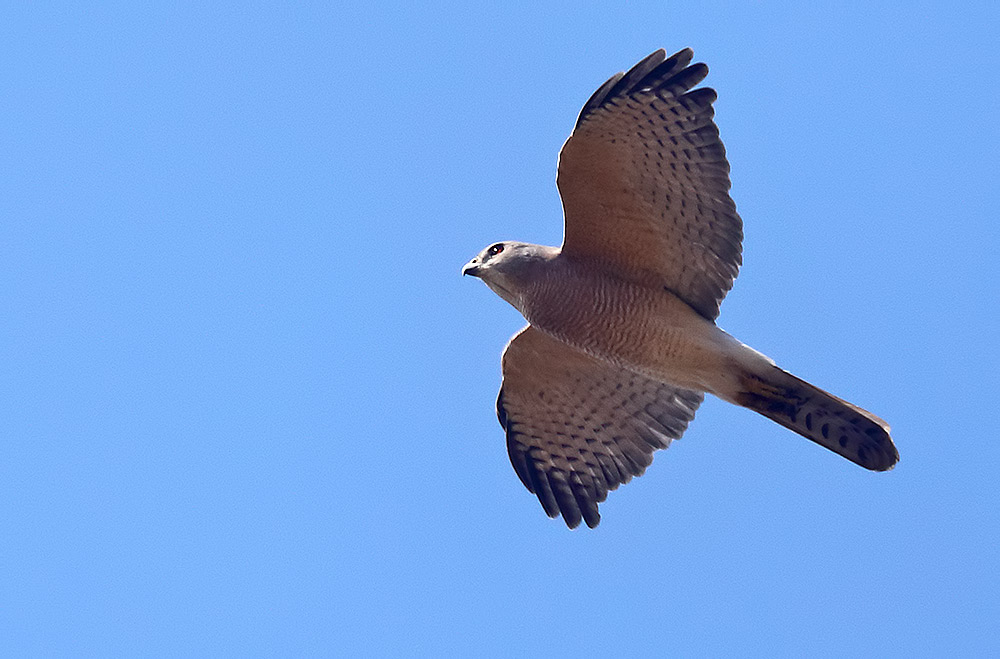
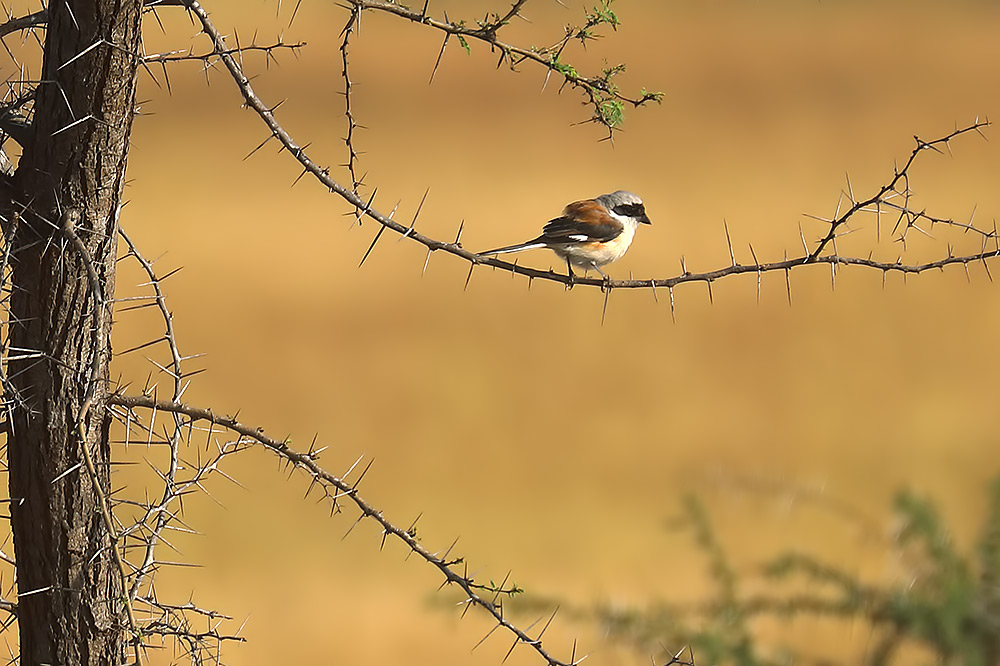
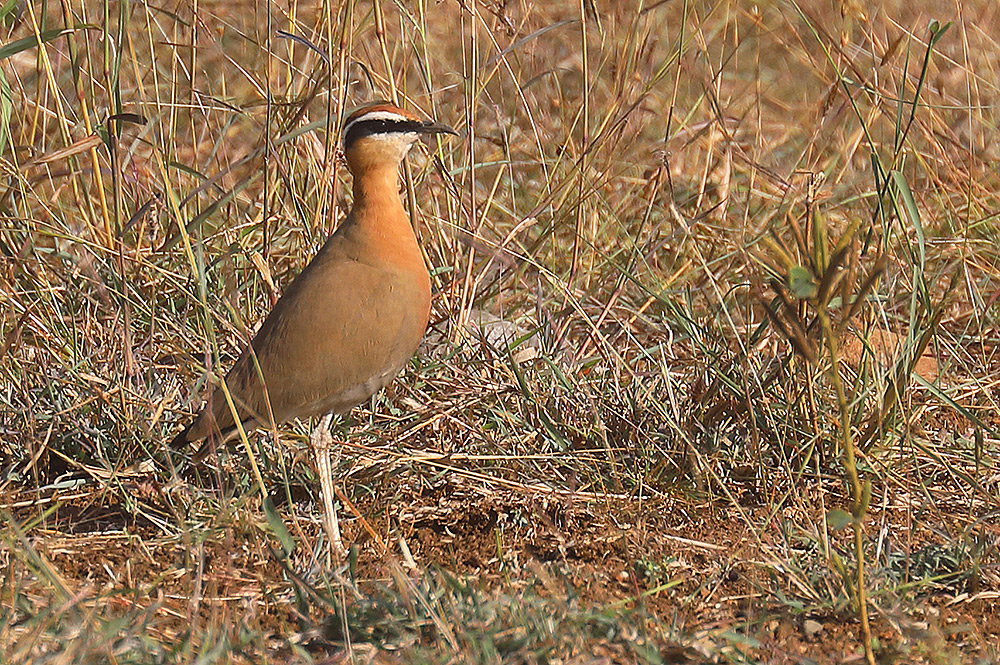
We then visited a derelict building with 2 individuals of Hipposideros galeritus roosting in it.
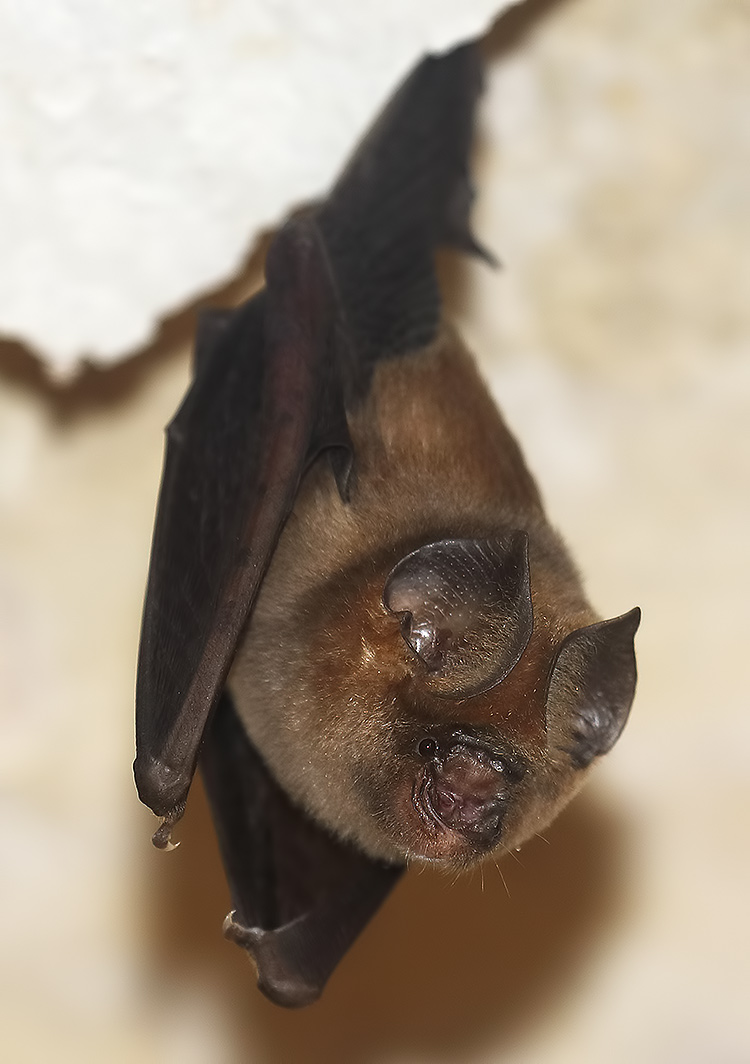
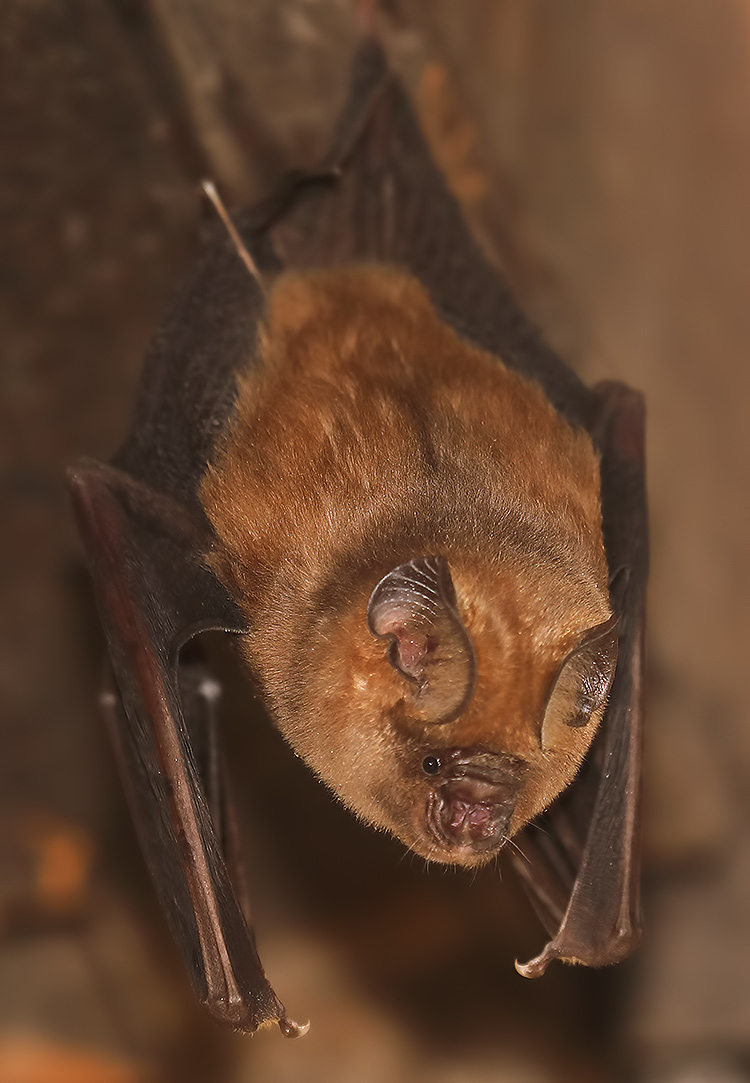
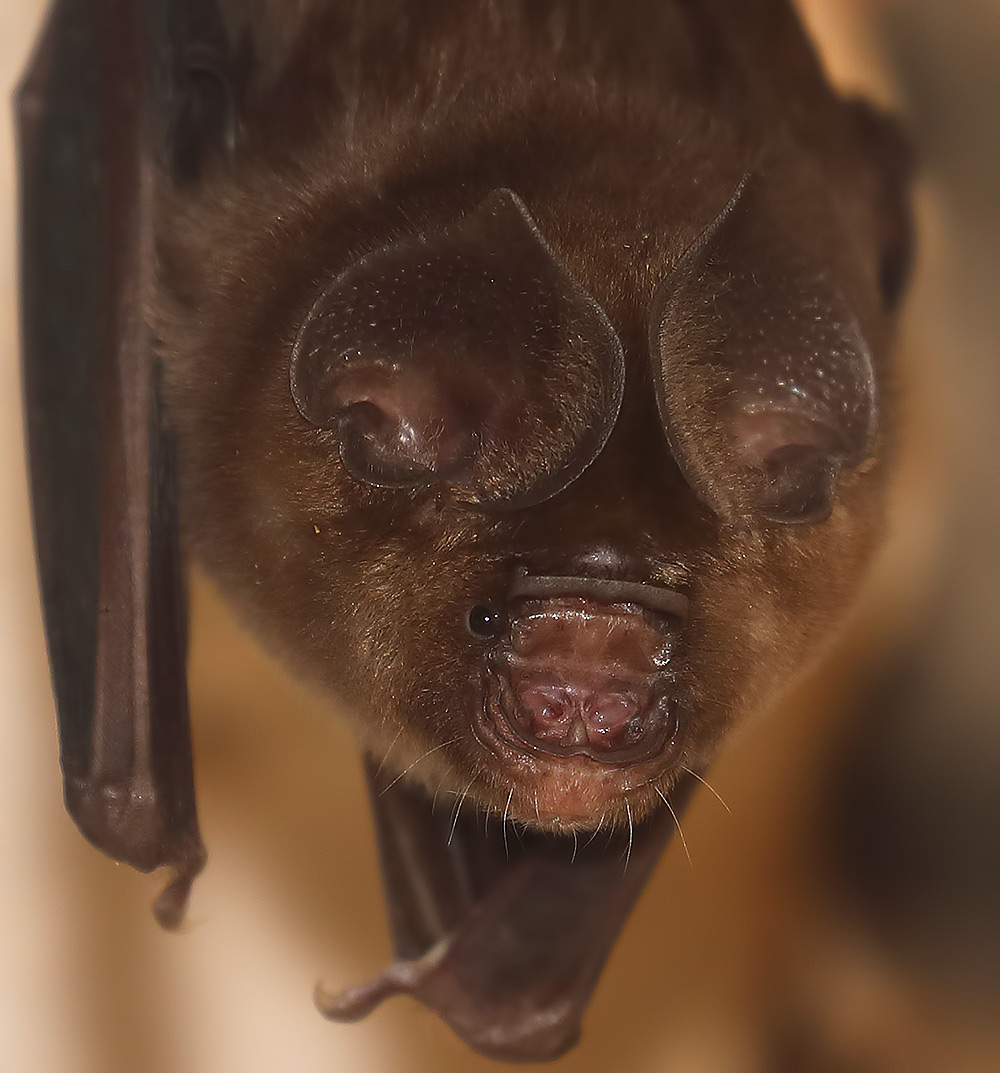
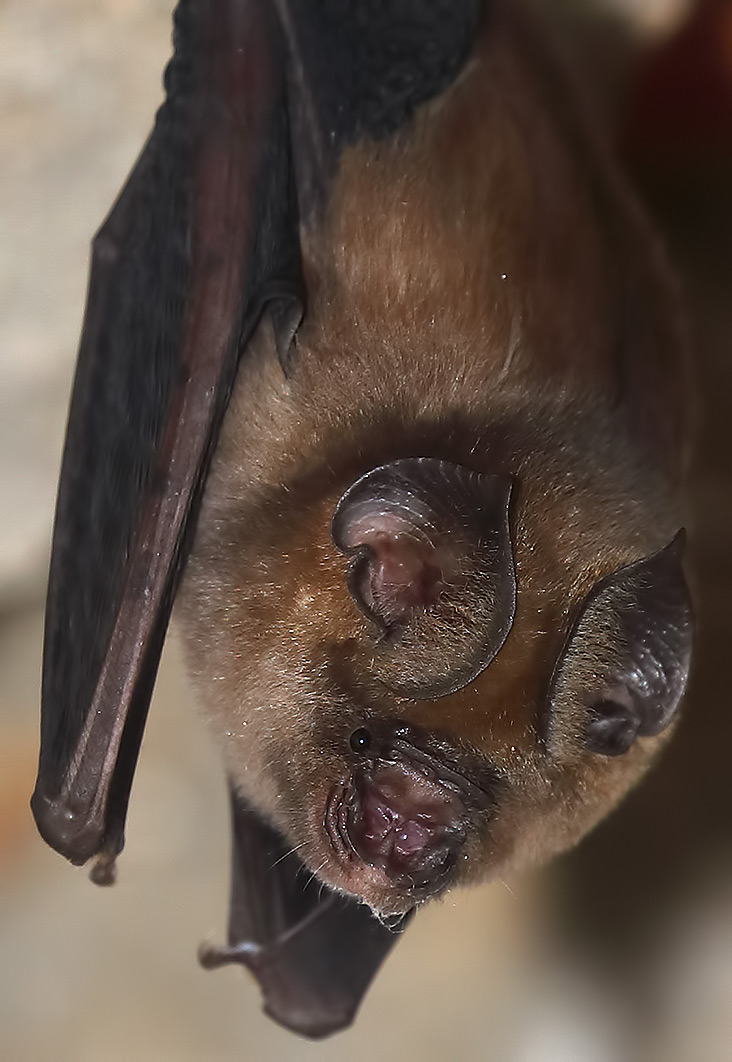
We watched a large-billed crow in the village, and there were turtles on the nearby ponds. A bonnet macaque fed near the new temple.
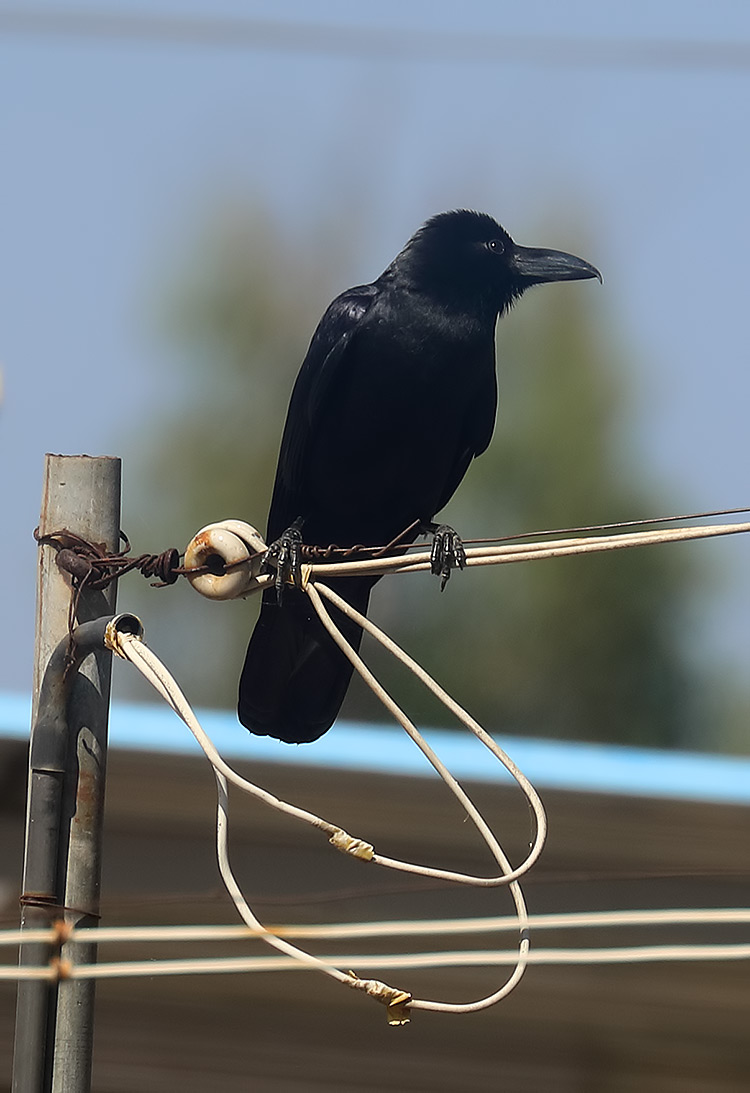
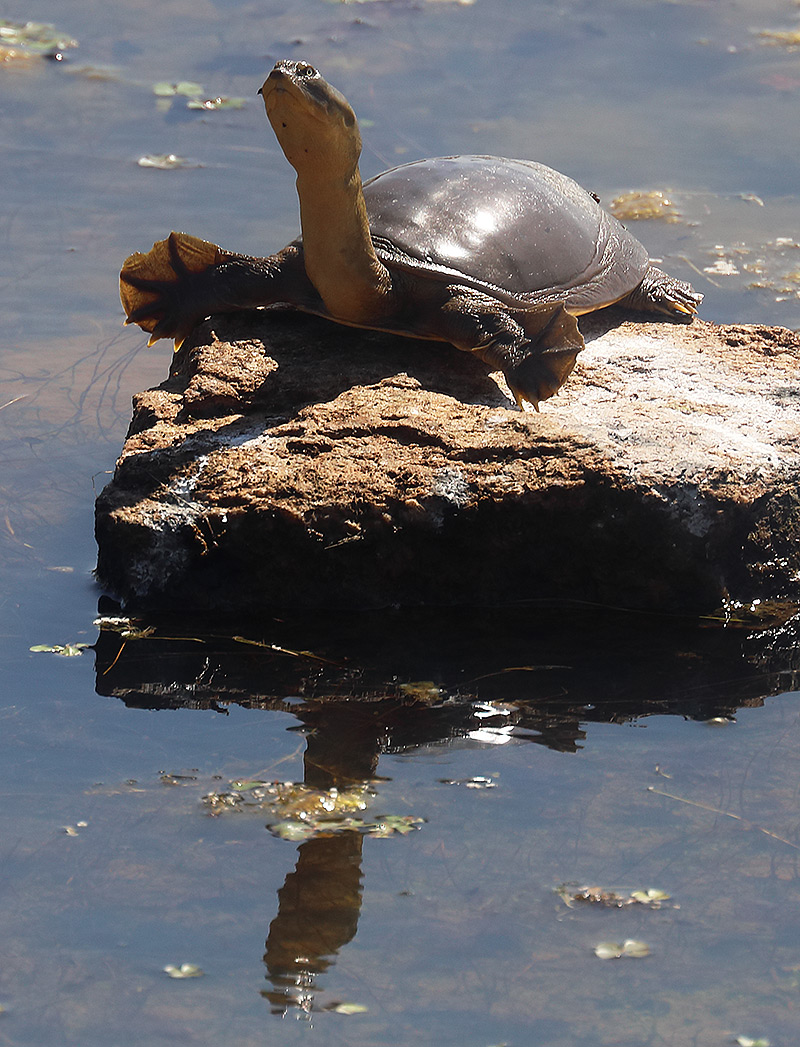
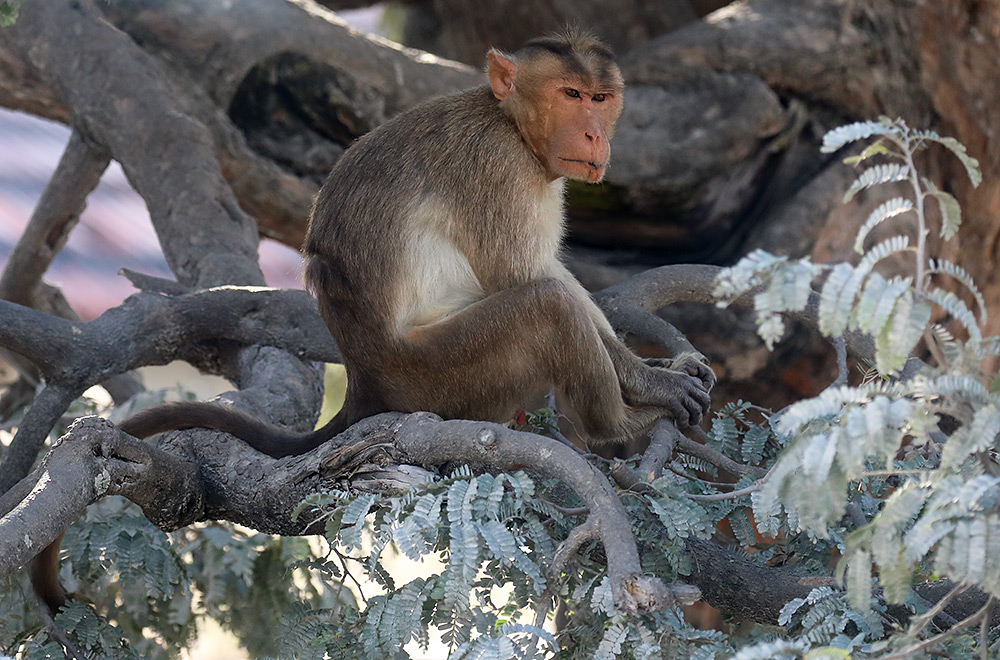
We then visited the only known roost site of the Critically Endangered Kolar leaf-nosed bat Hipposideros hypophyllus and met with local people trying to conserve it, and they fed us the local and delicious food. Srini borrowed a Royal Enfield. We recorded bats emerging from the roost (call frequency around 110 kHz), though didn't capture any. We watched the sunset from the top of hill where the bats roost.
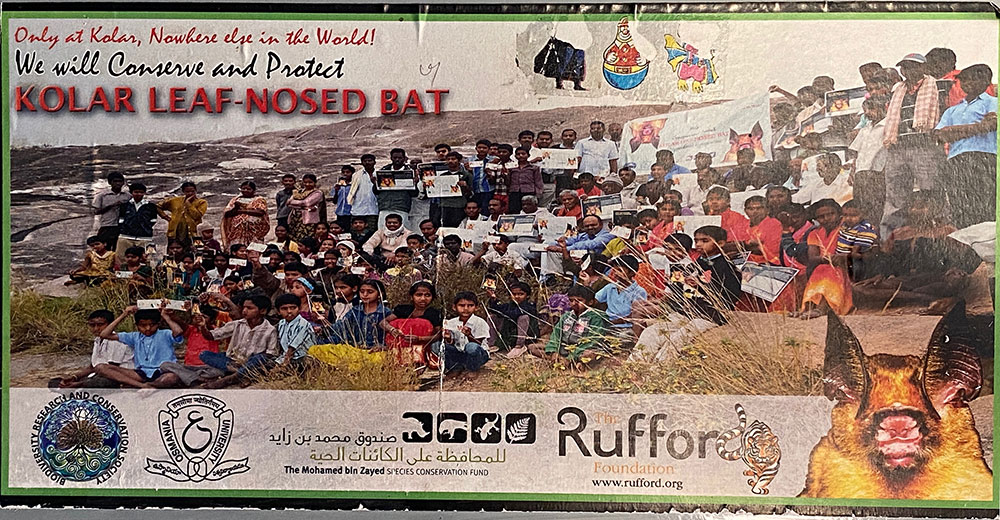
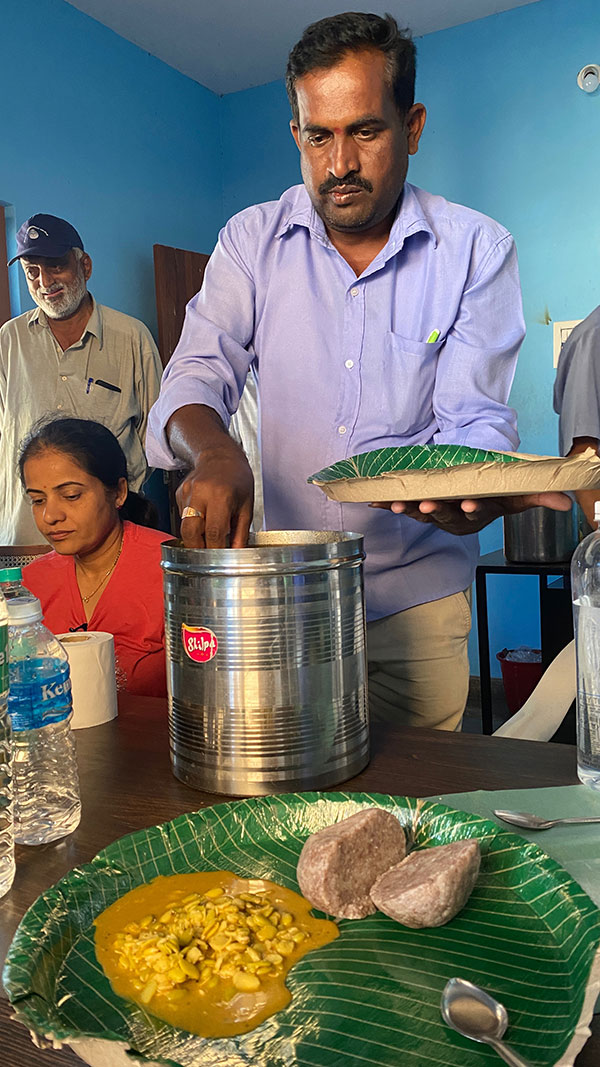
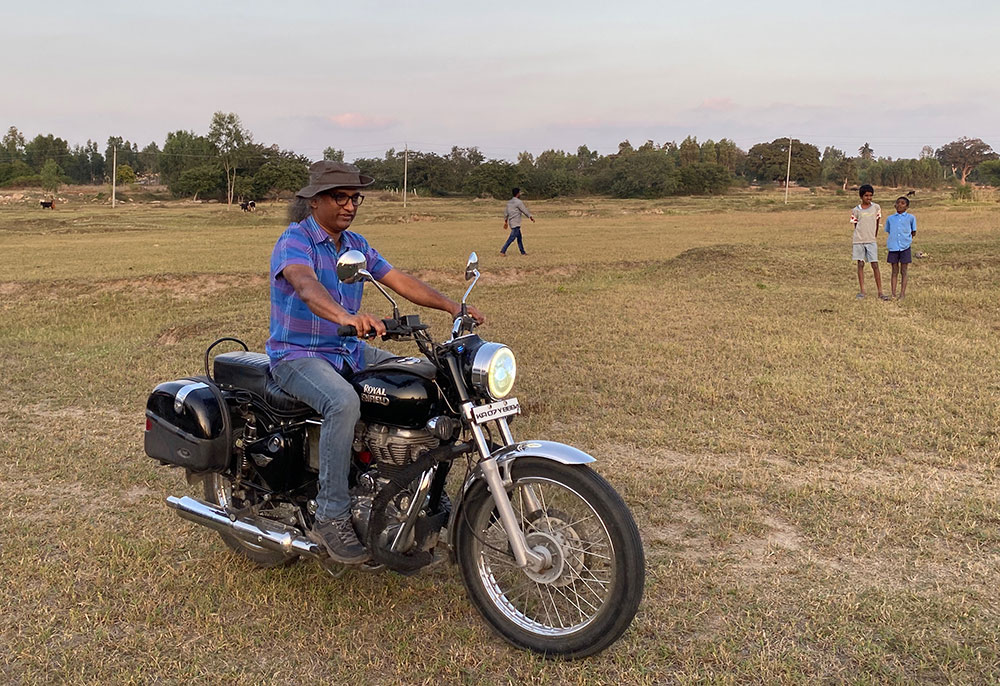
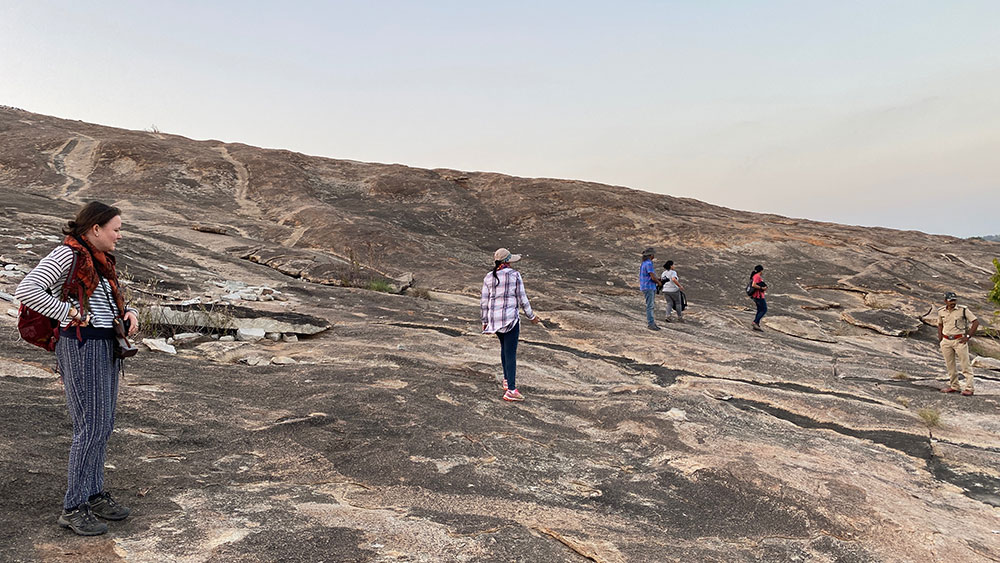
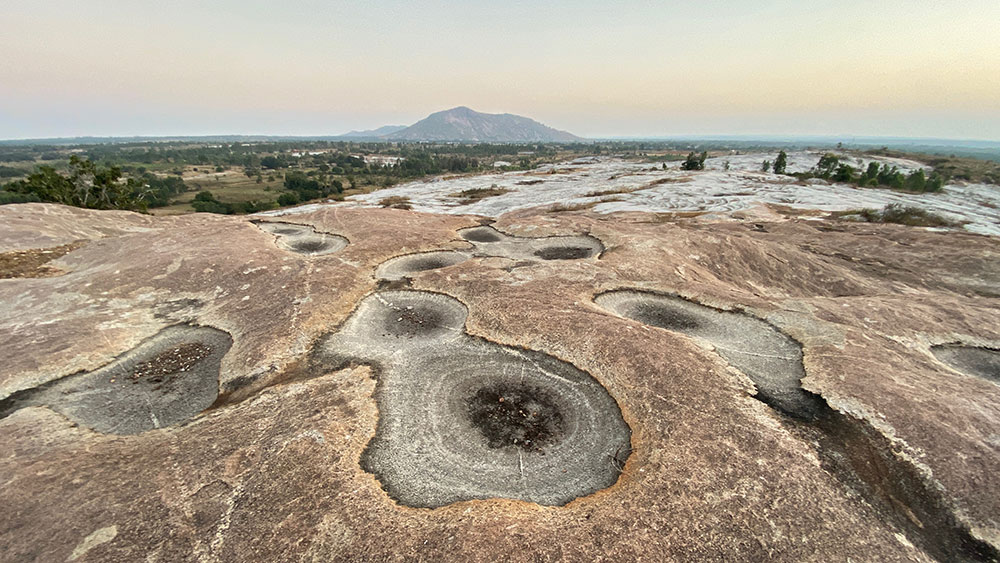
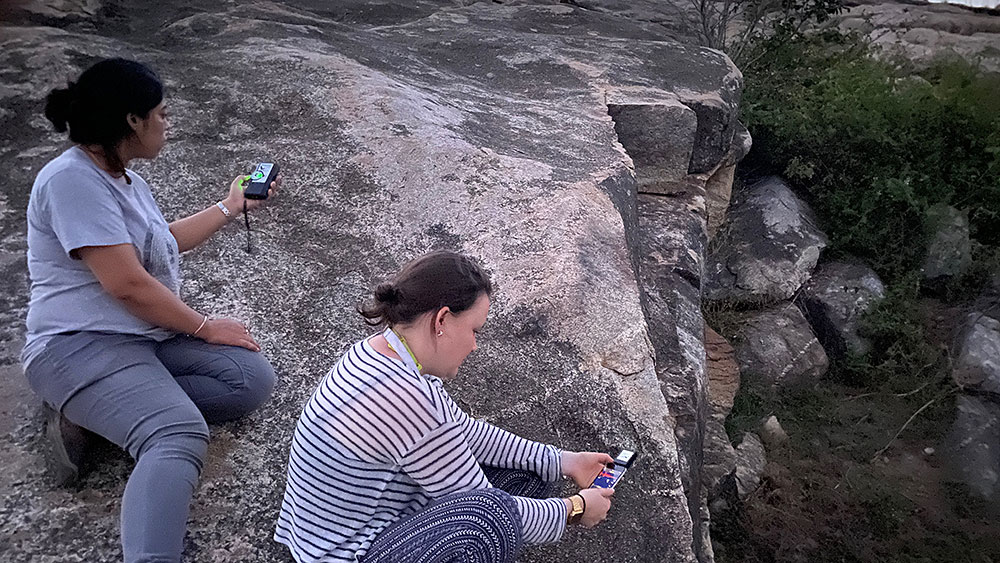
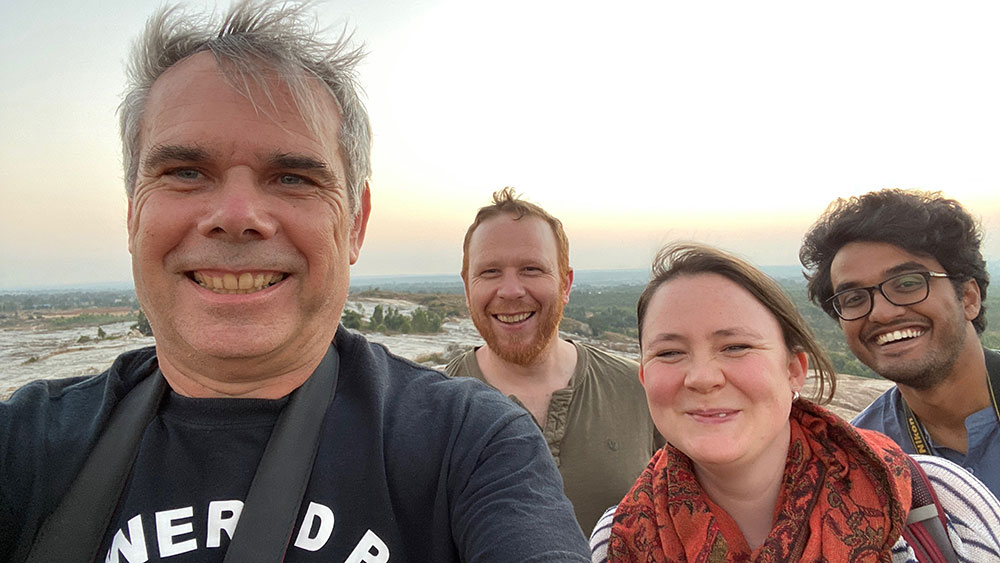
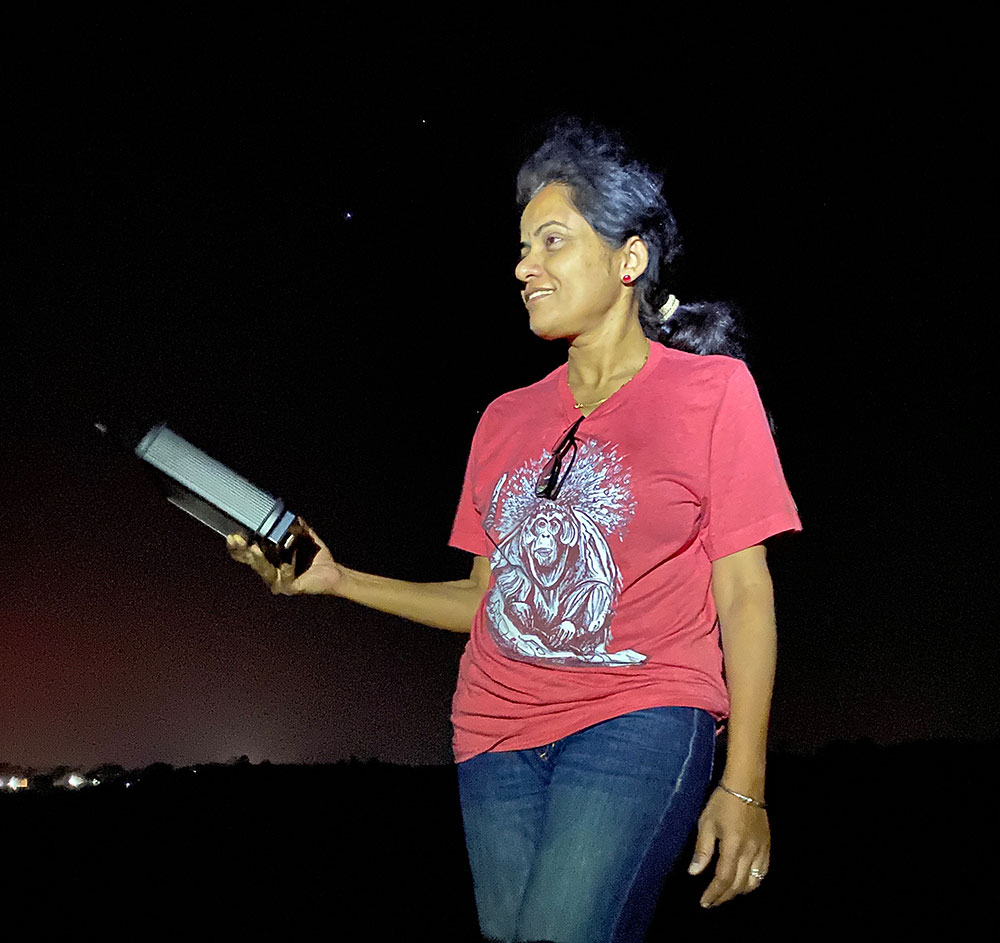
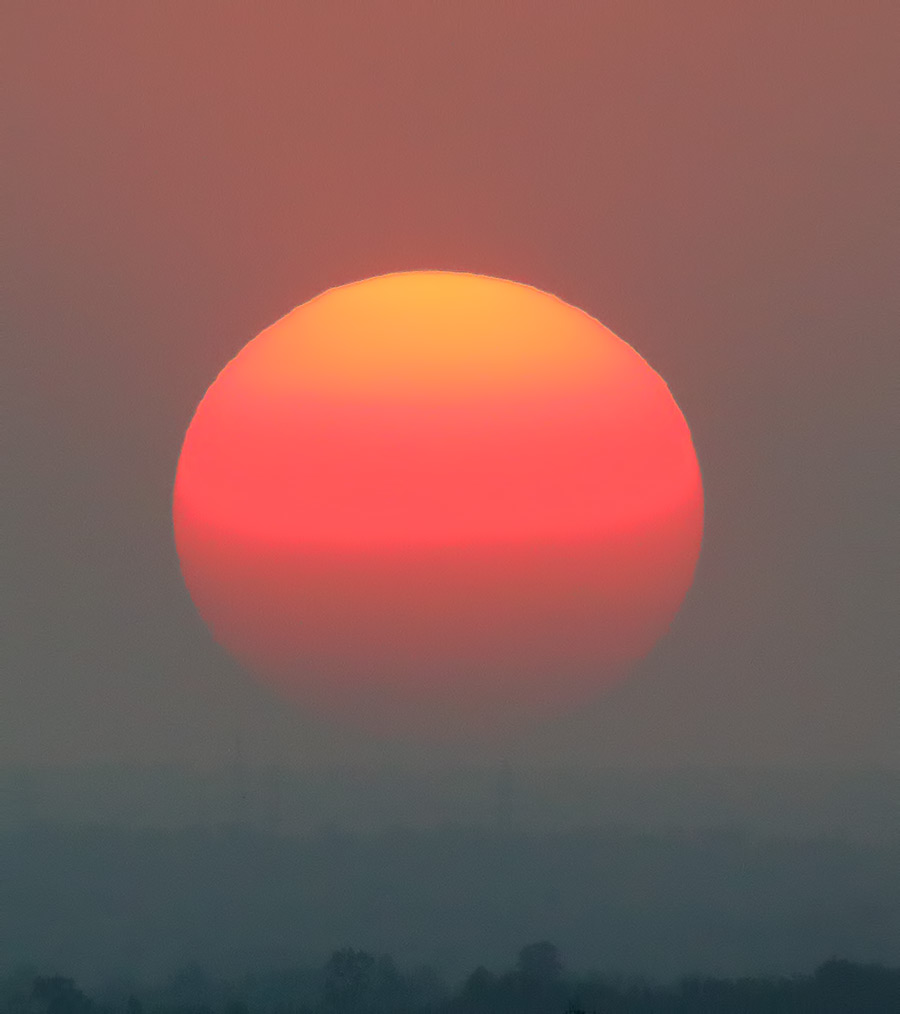
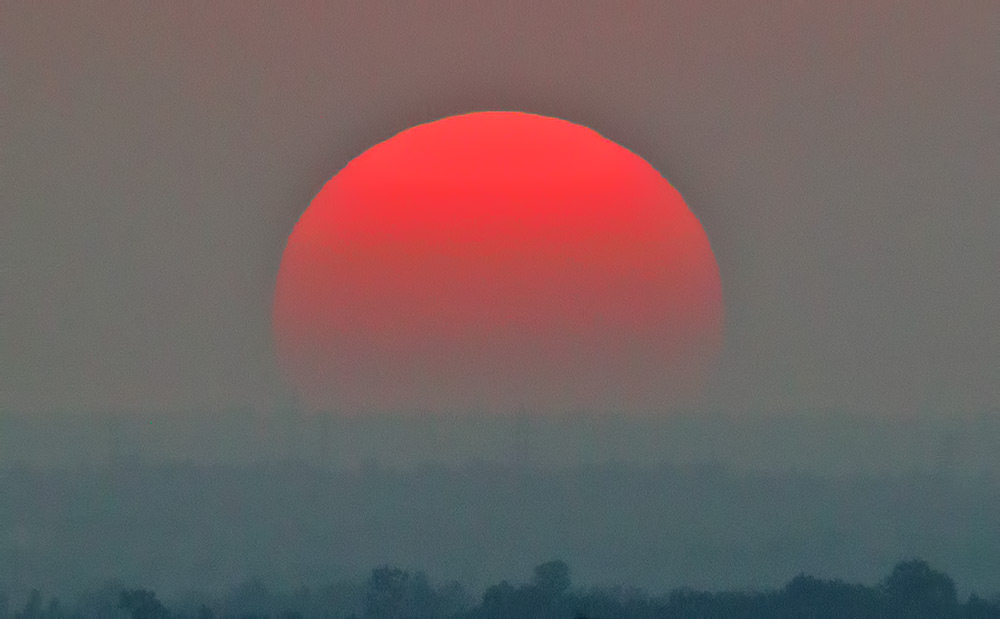
Our final day in the field (22nd) was at the Pteropus medius roost at Kolar Railway Station. We watched birds at close range while they fed on a fig tree: white-cheeked barbet, coppersmith barbet, chestnut-tailed starling and Asian koel.
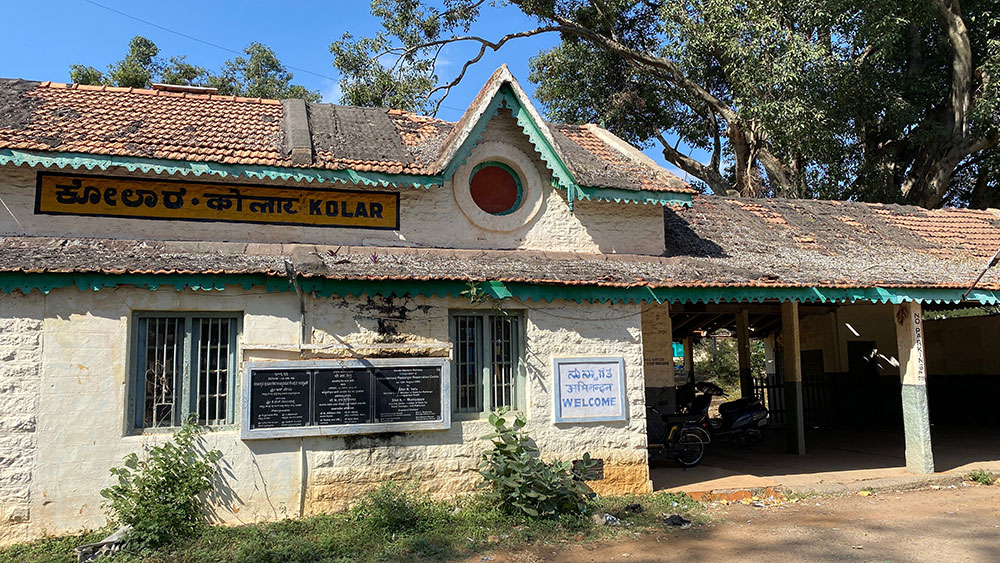
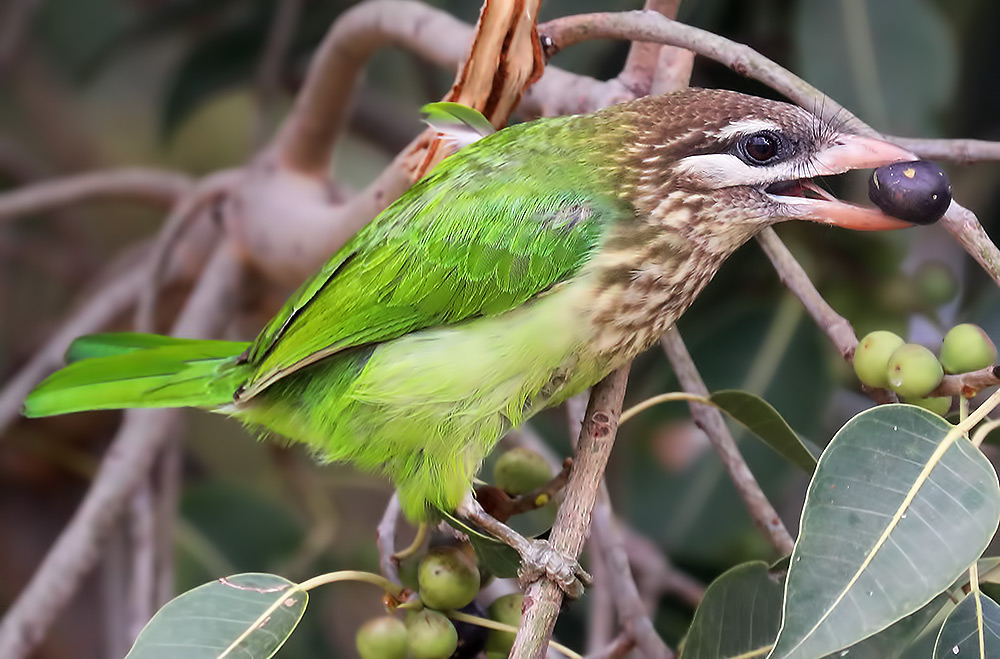
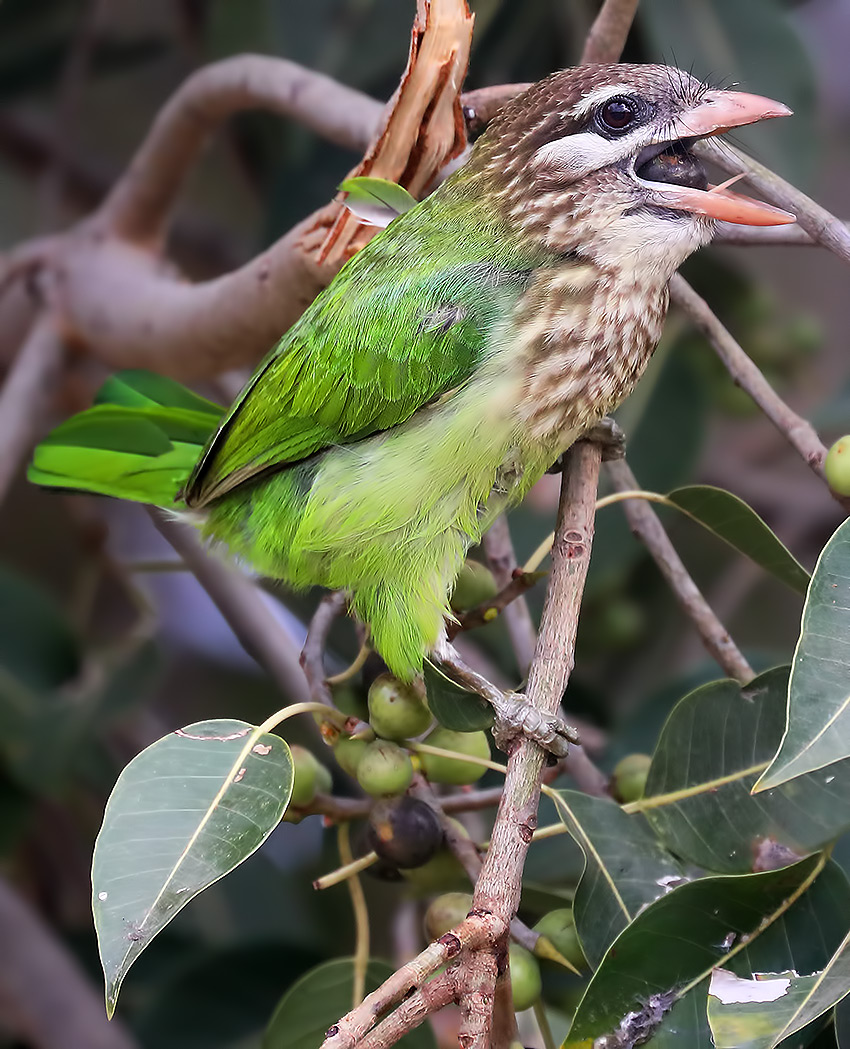
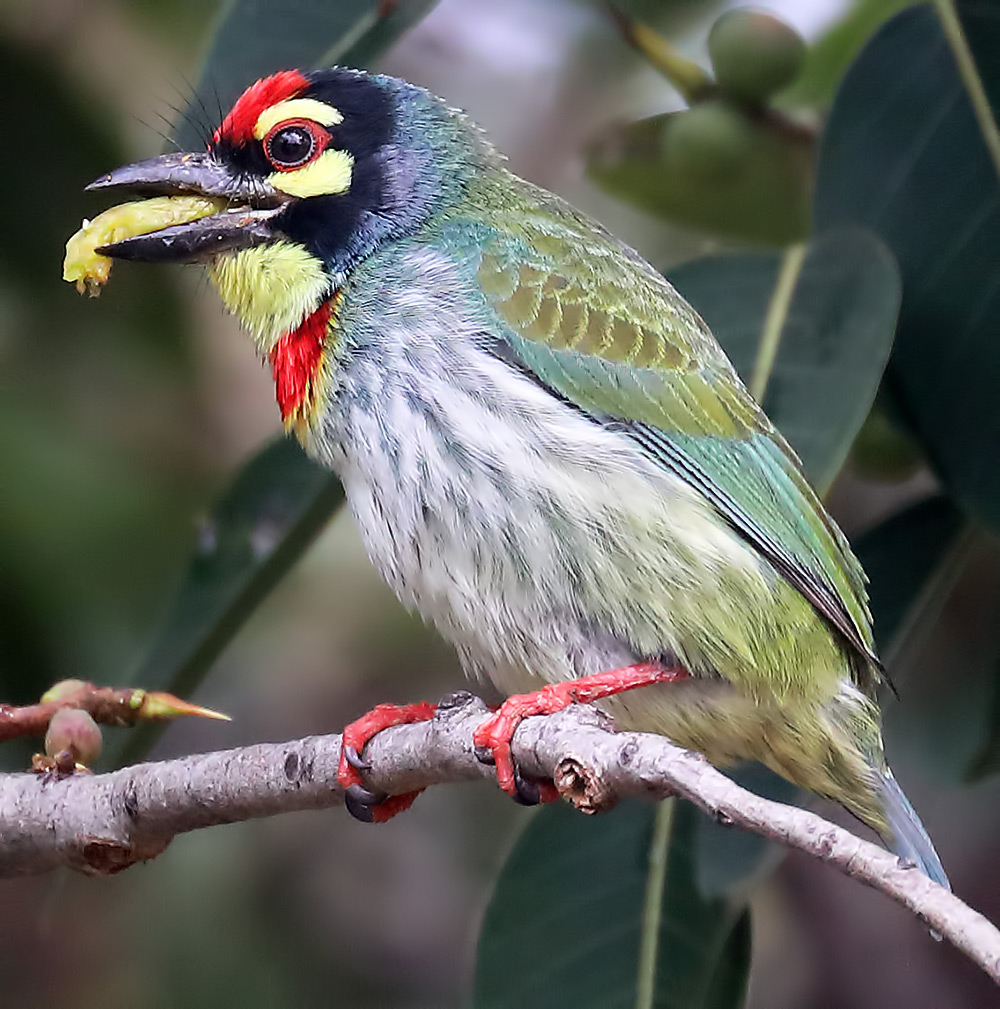
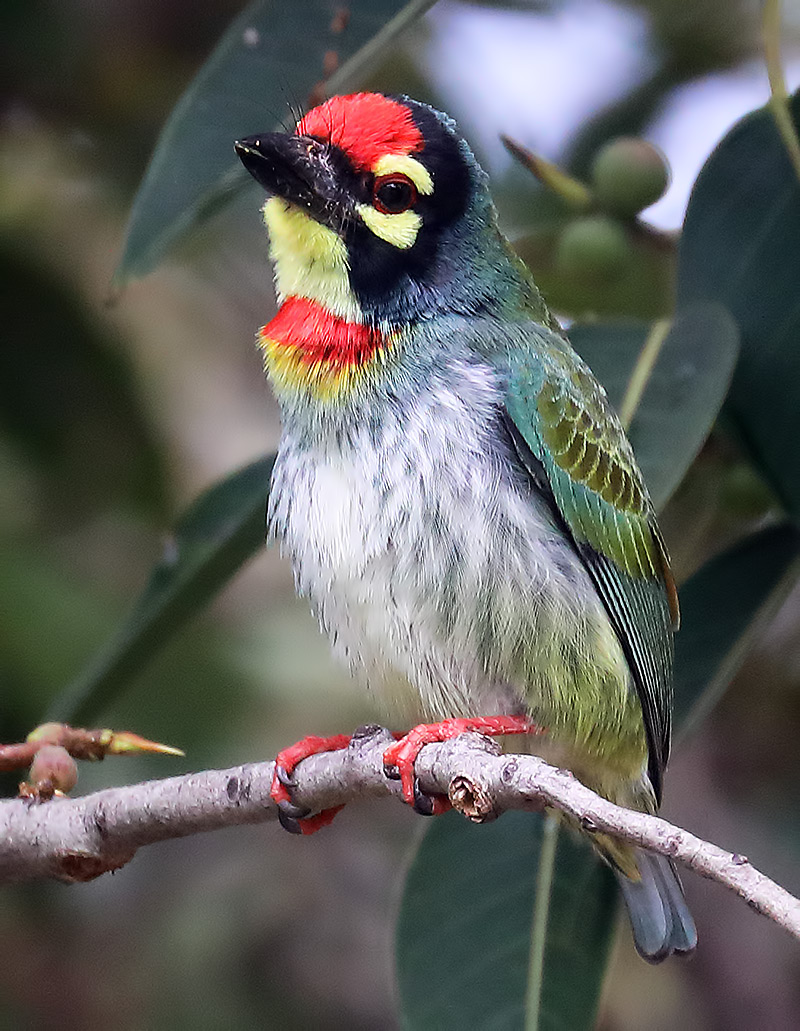
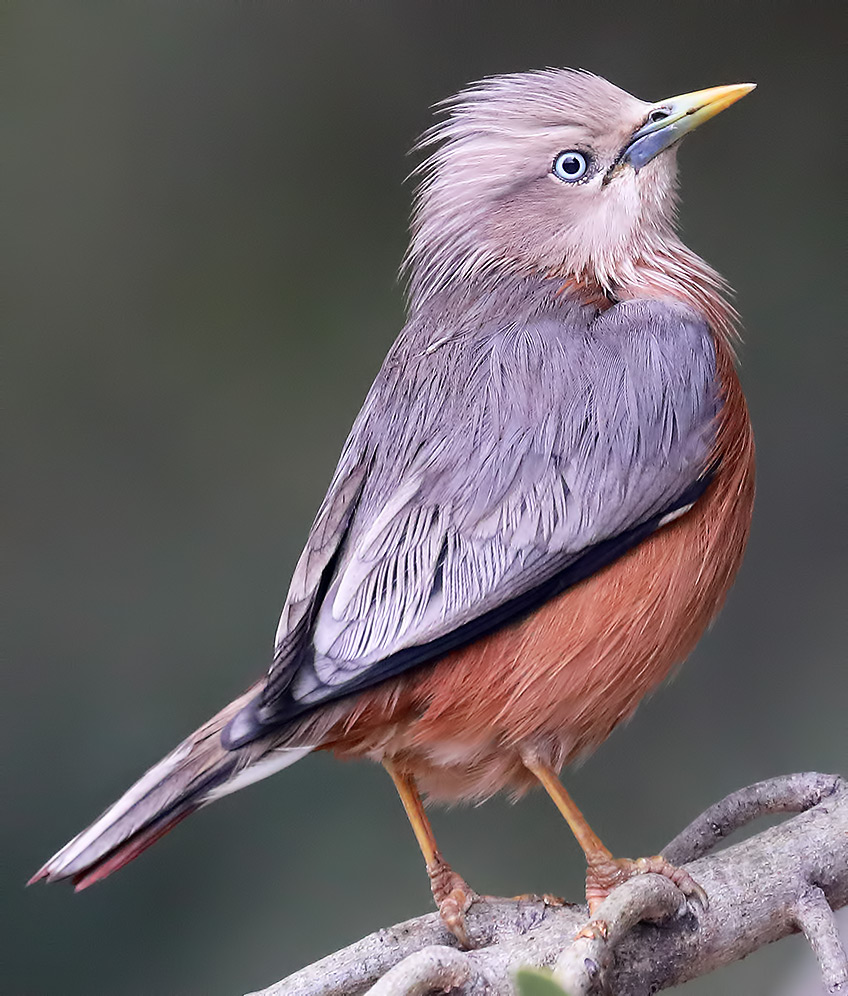
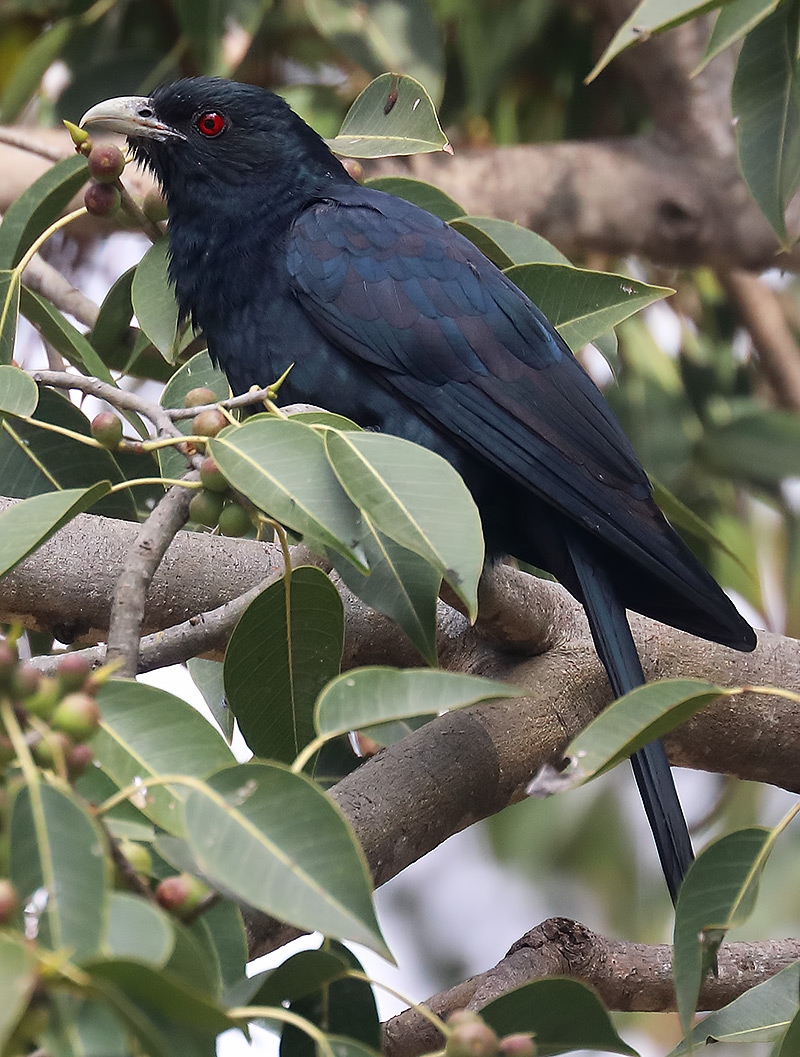
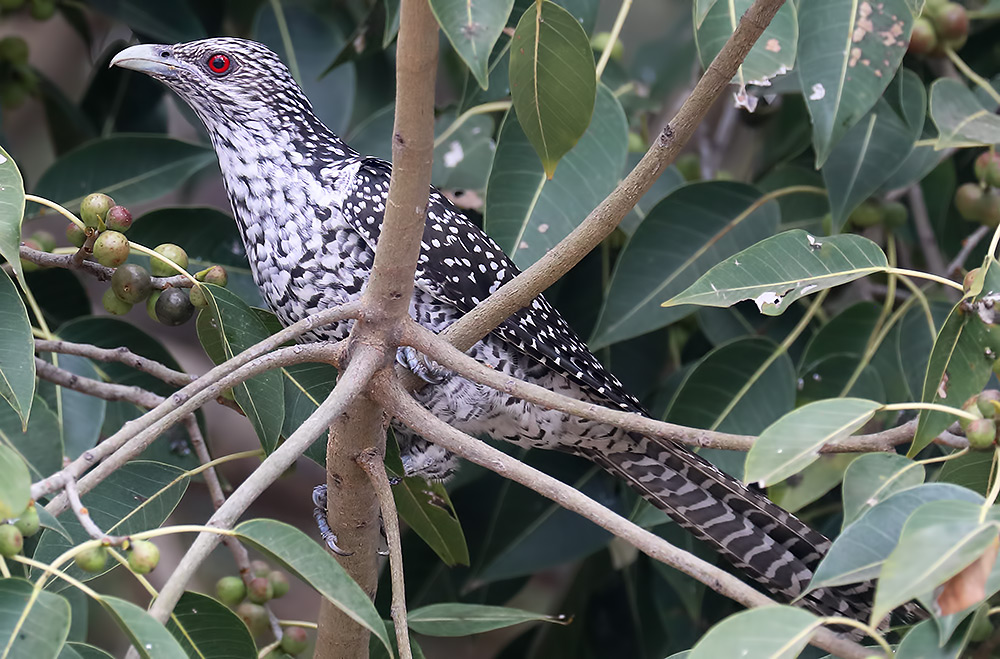
Male purple sunbird here too, and a female from Osmania campus.
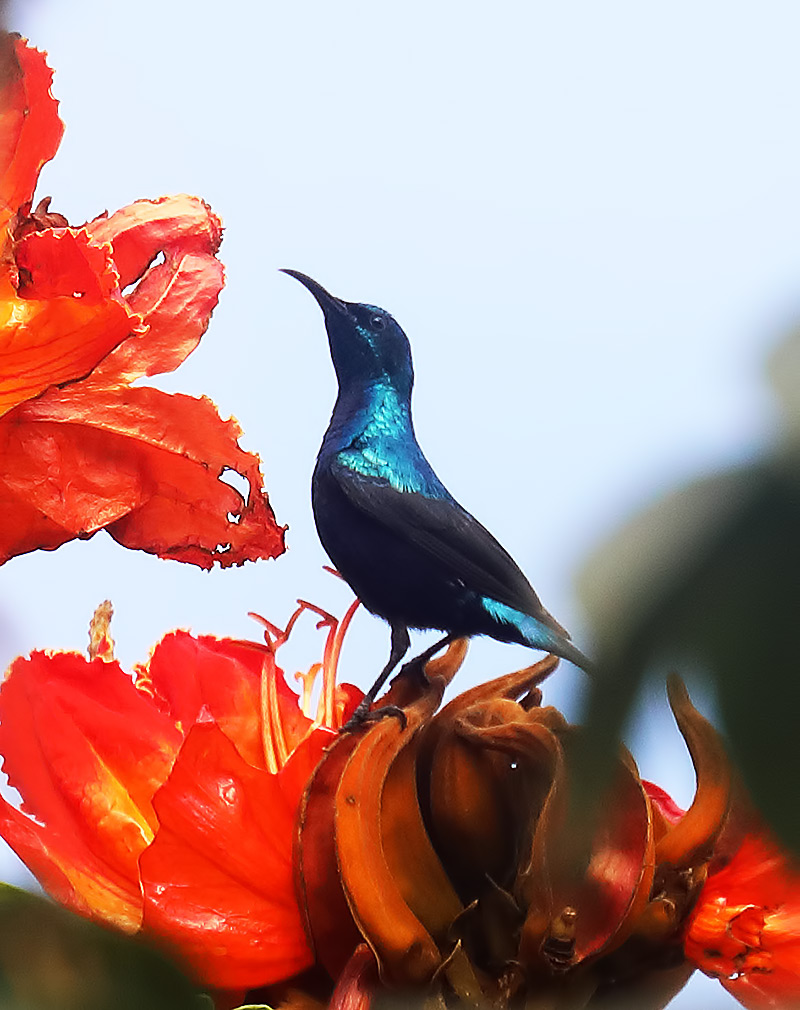
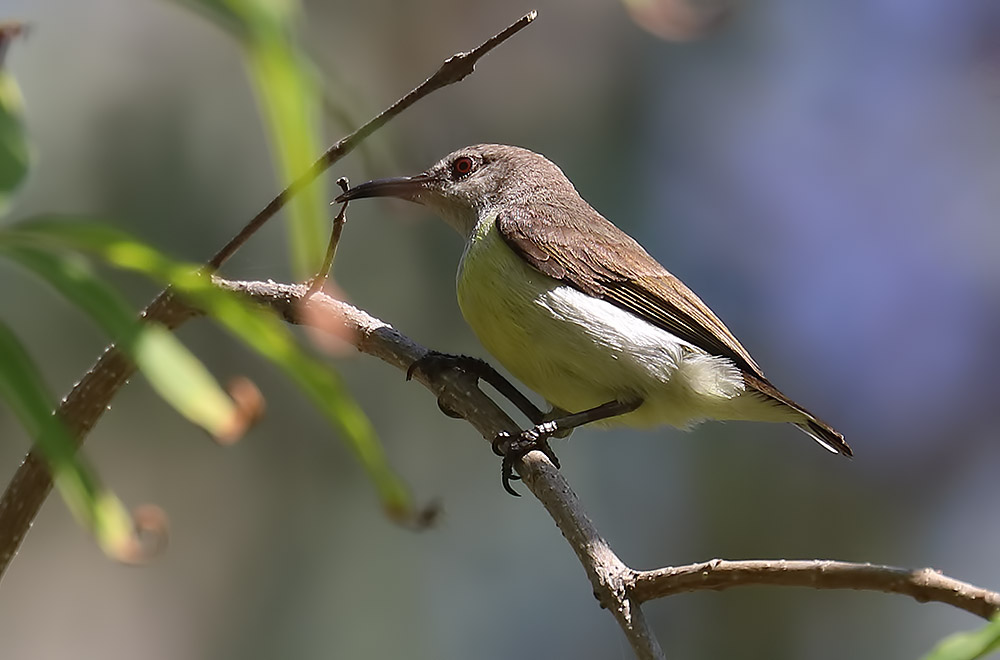
Black kites flew overhead.
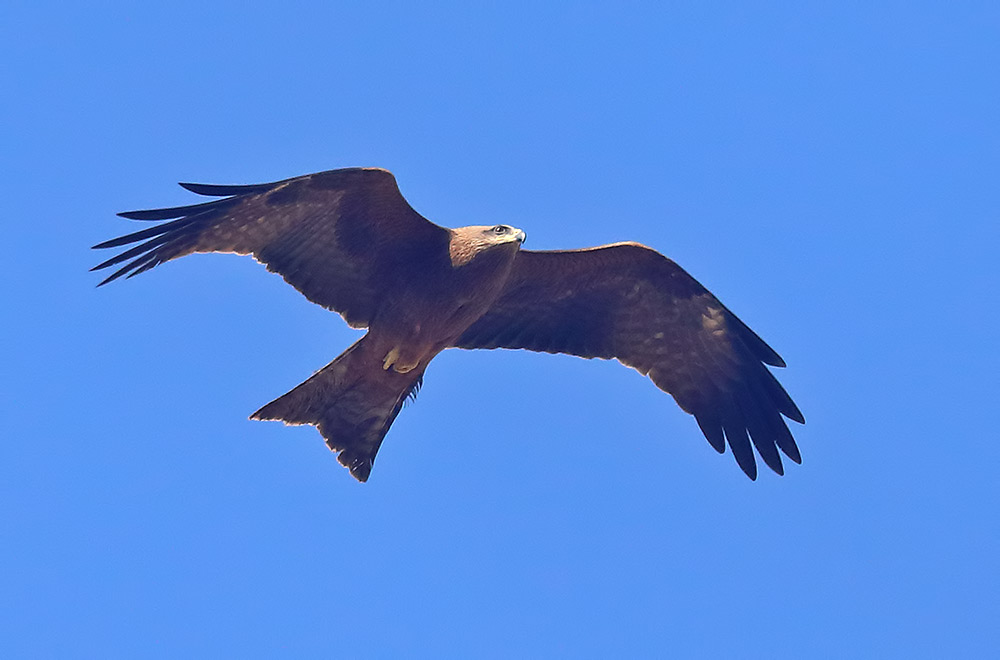
Another spotted owlet
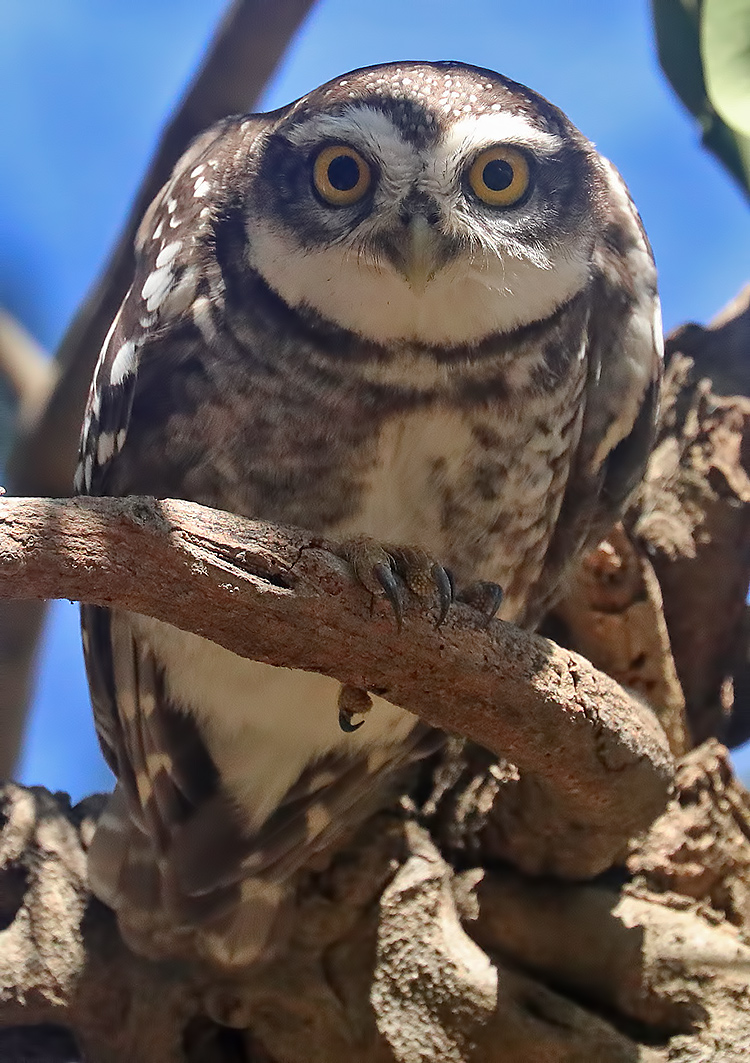
And of course the Indian flying foxes, Pteropus medius.
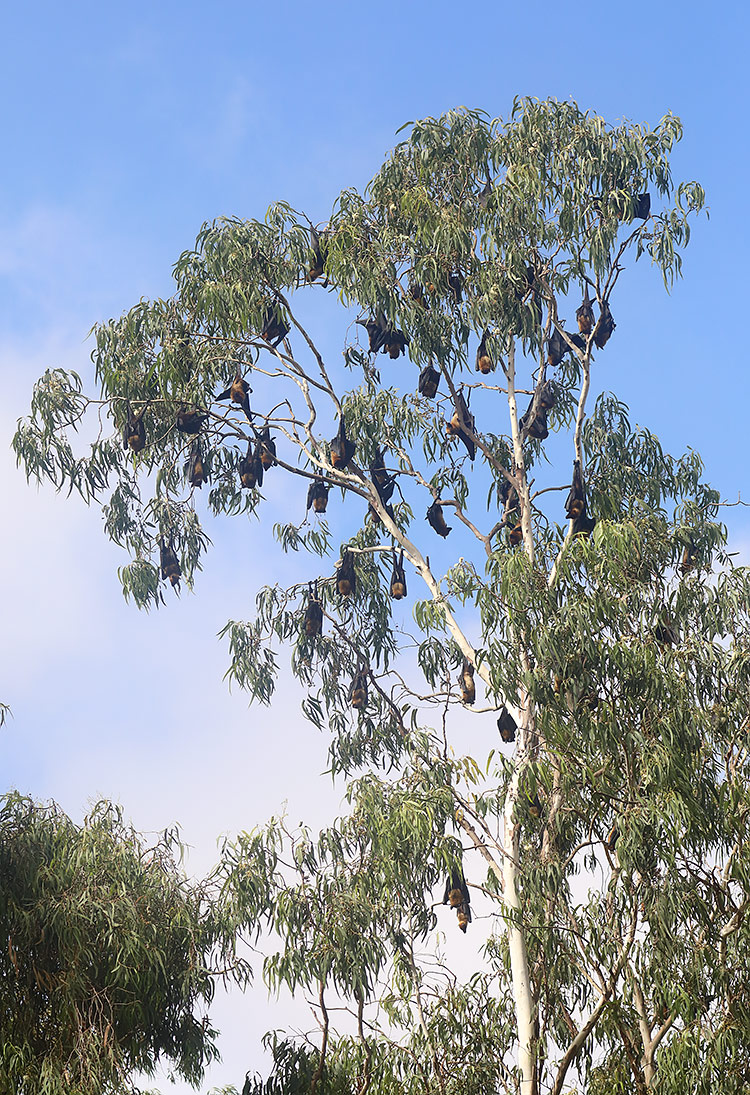
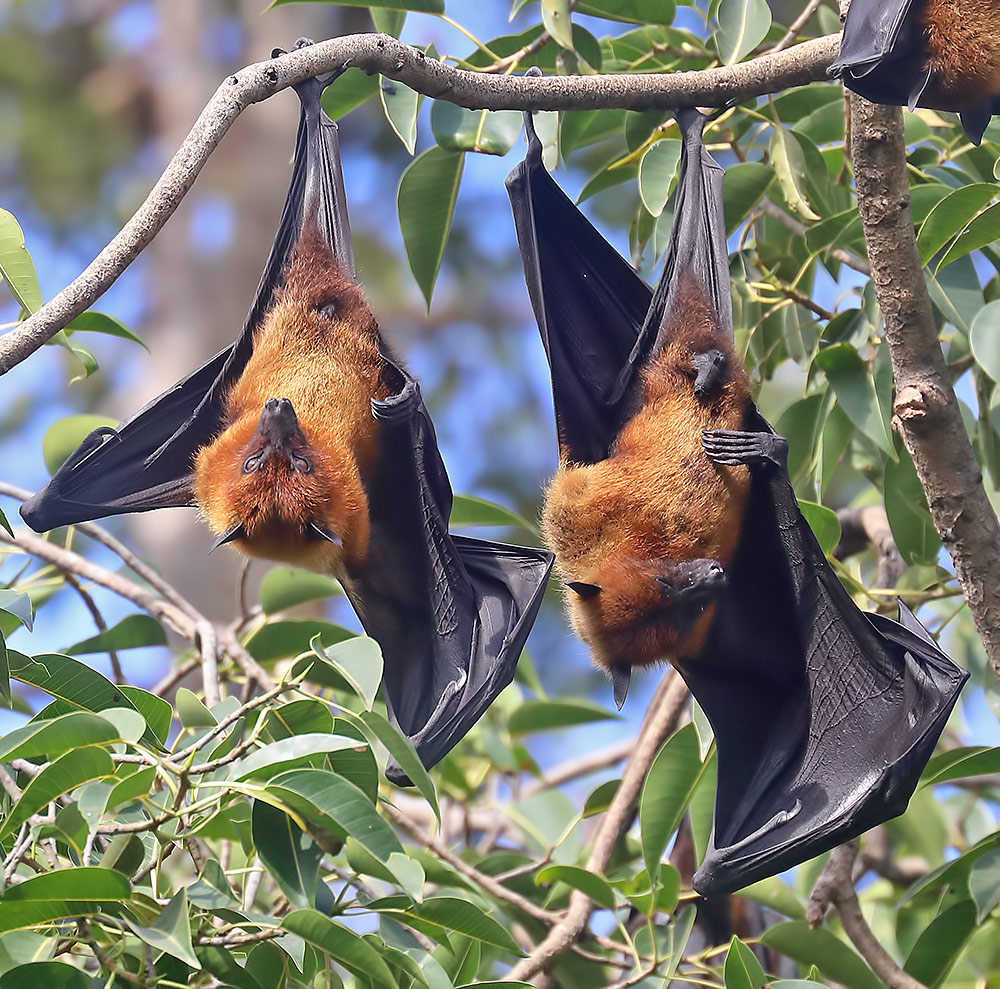
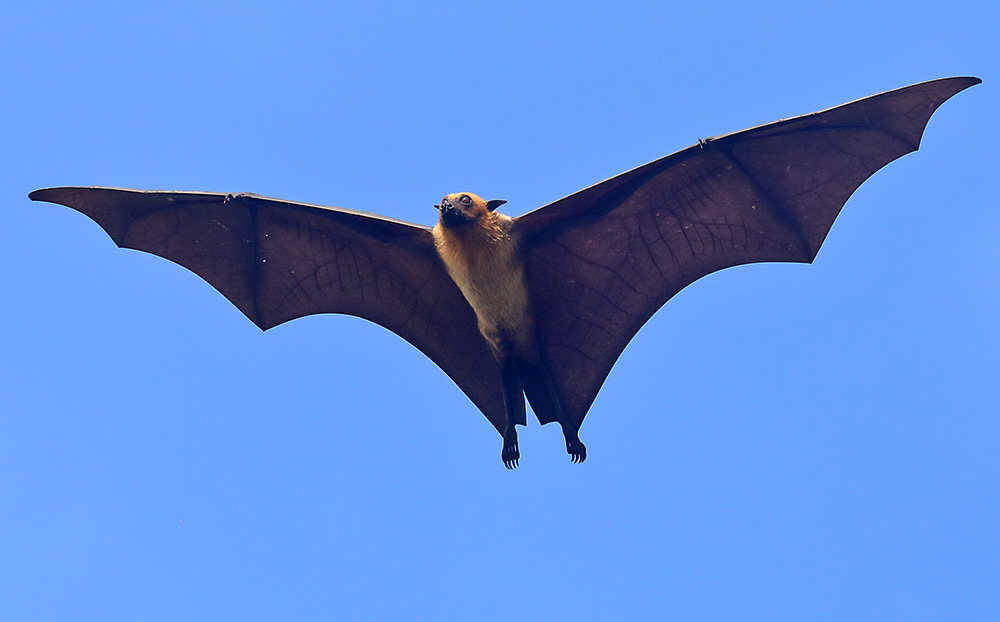
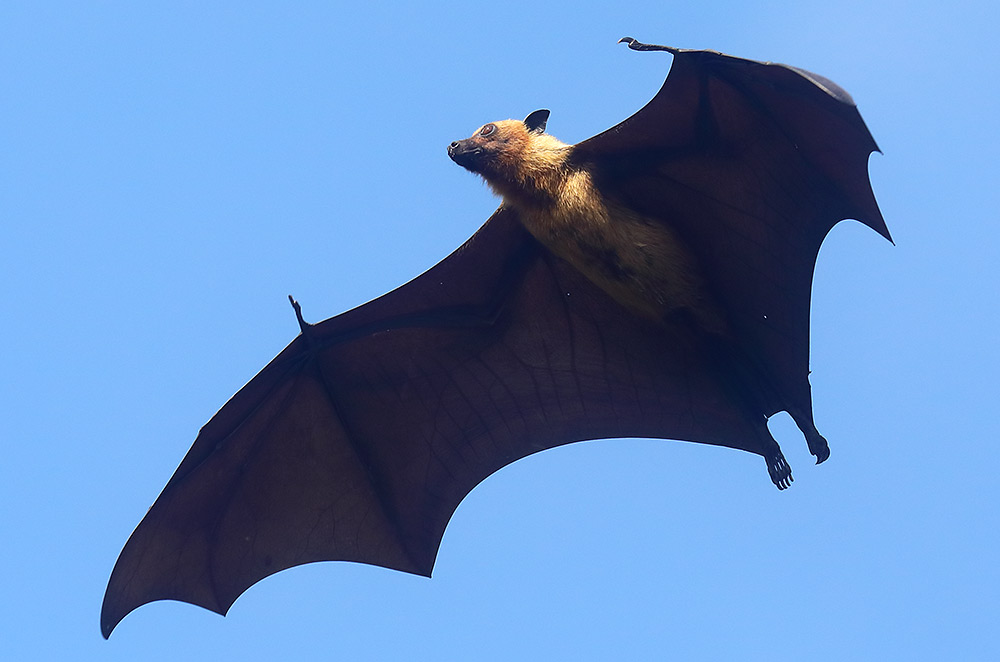
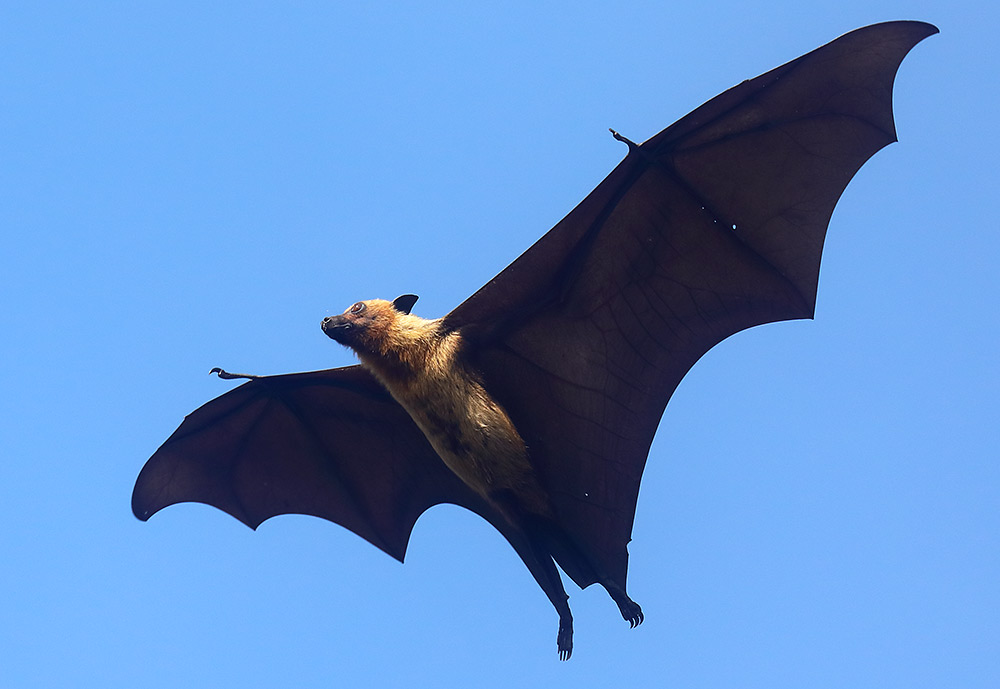
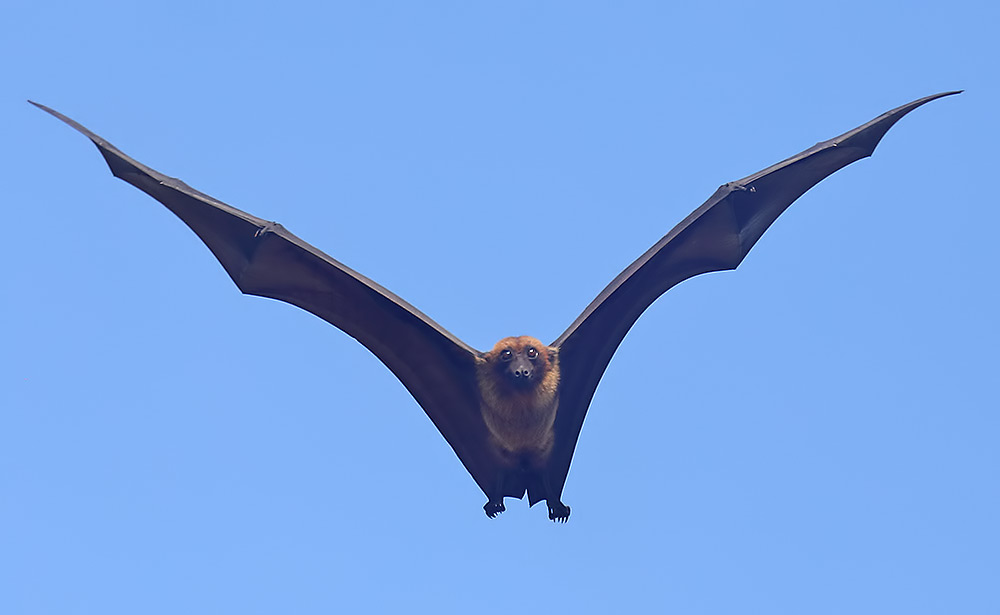
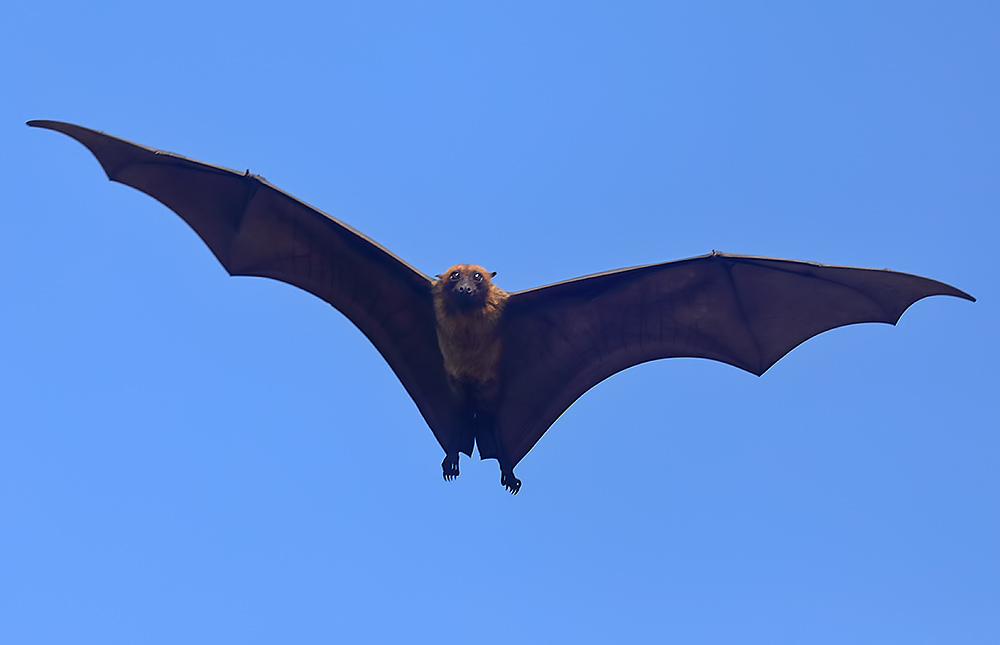
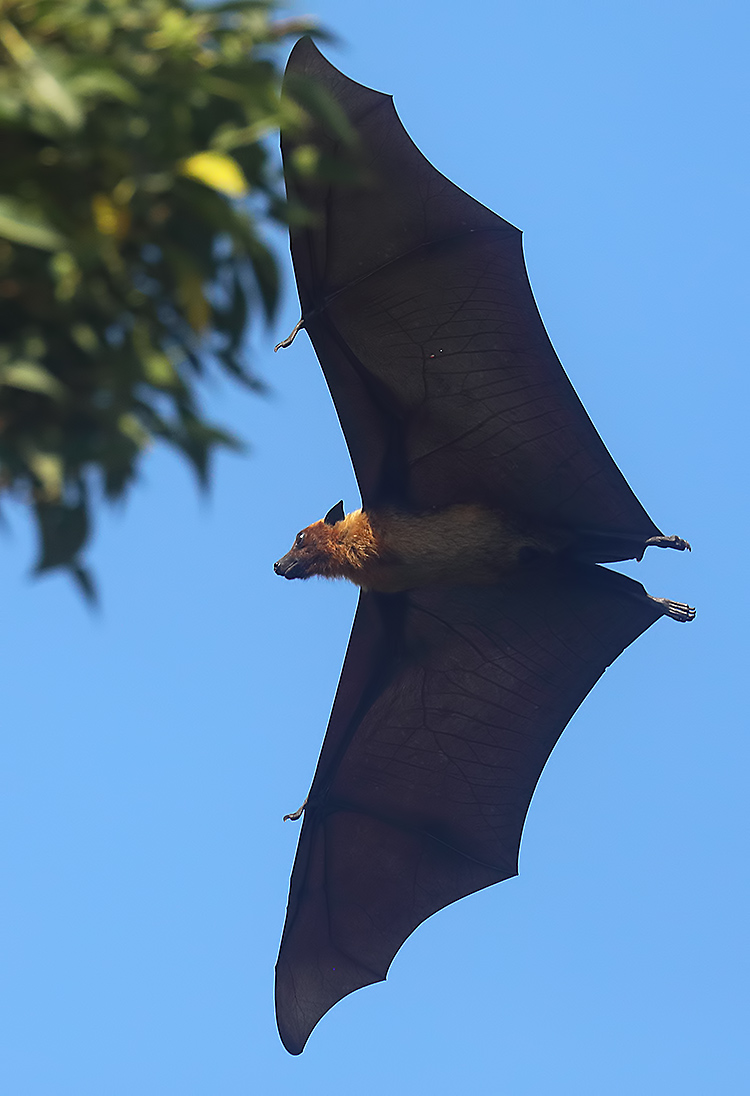
Some people photographs
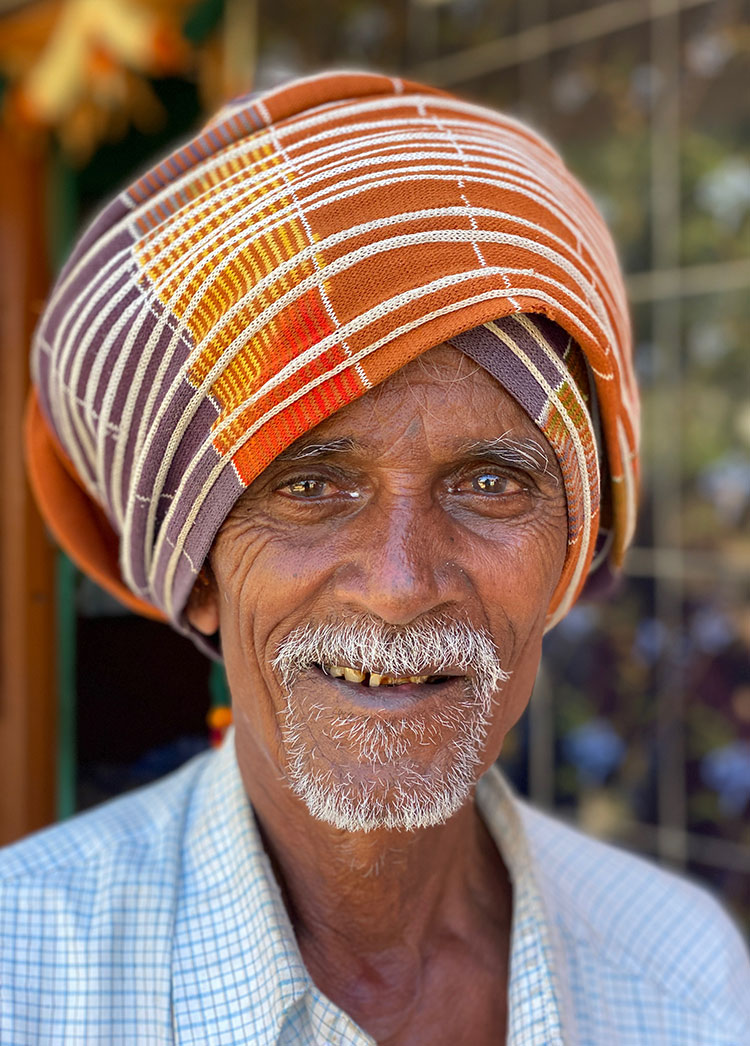
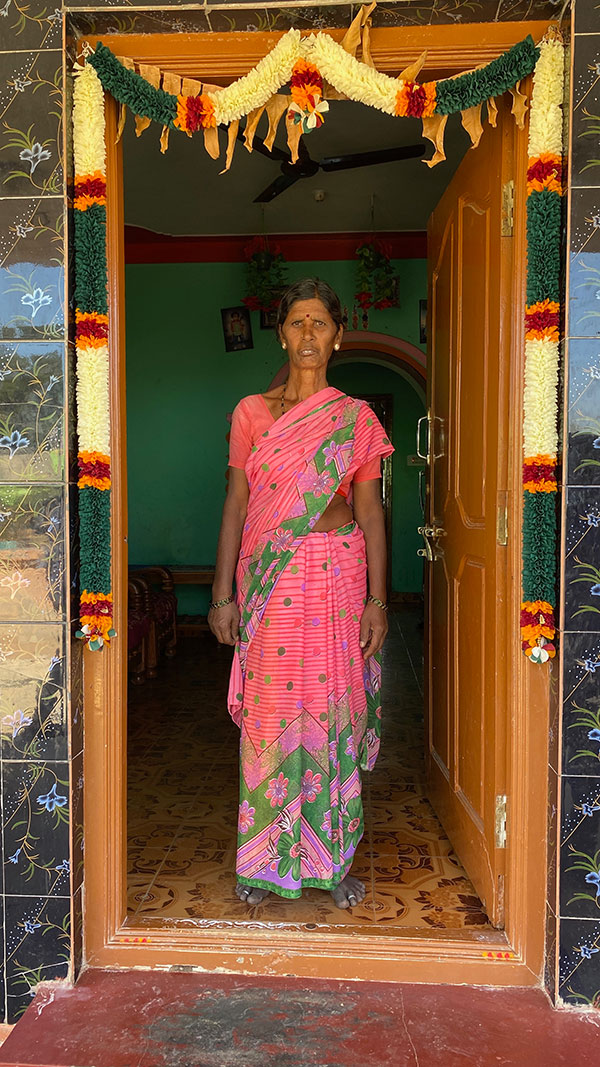
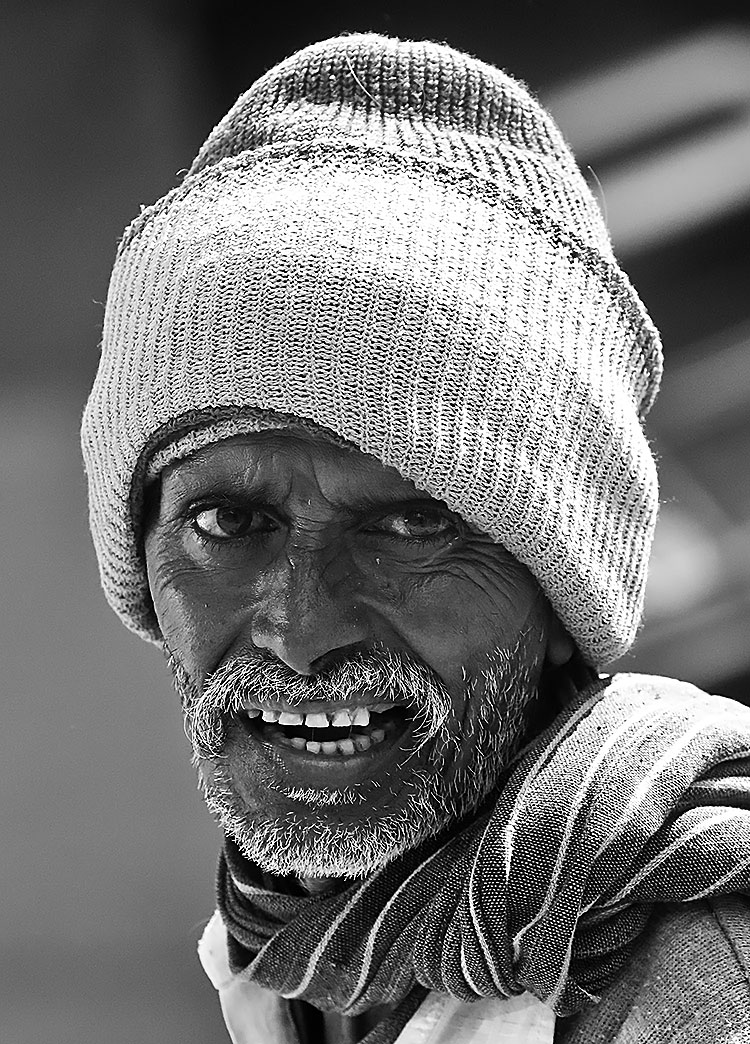
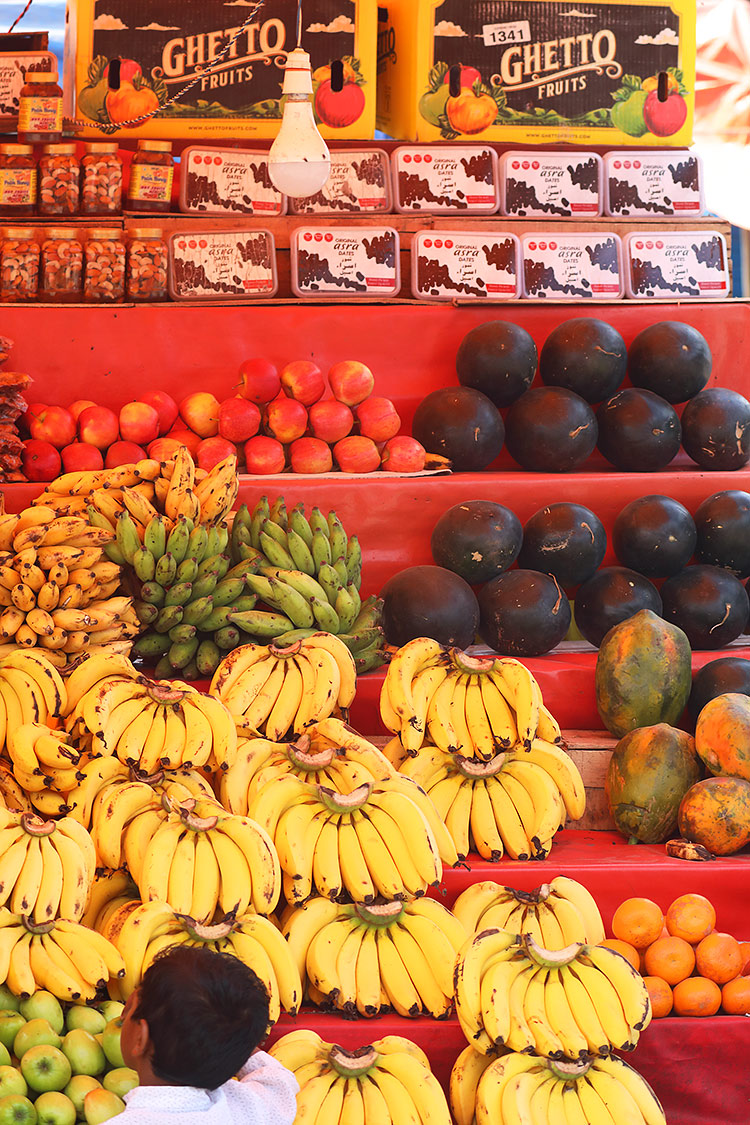
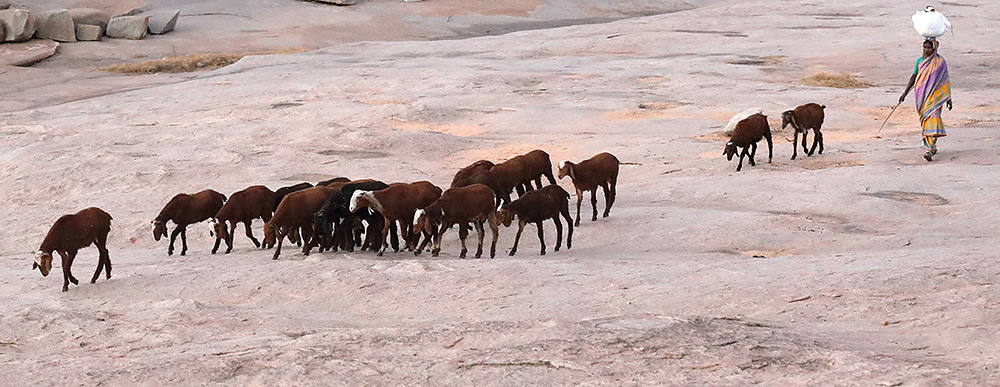
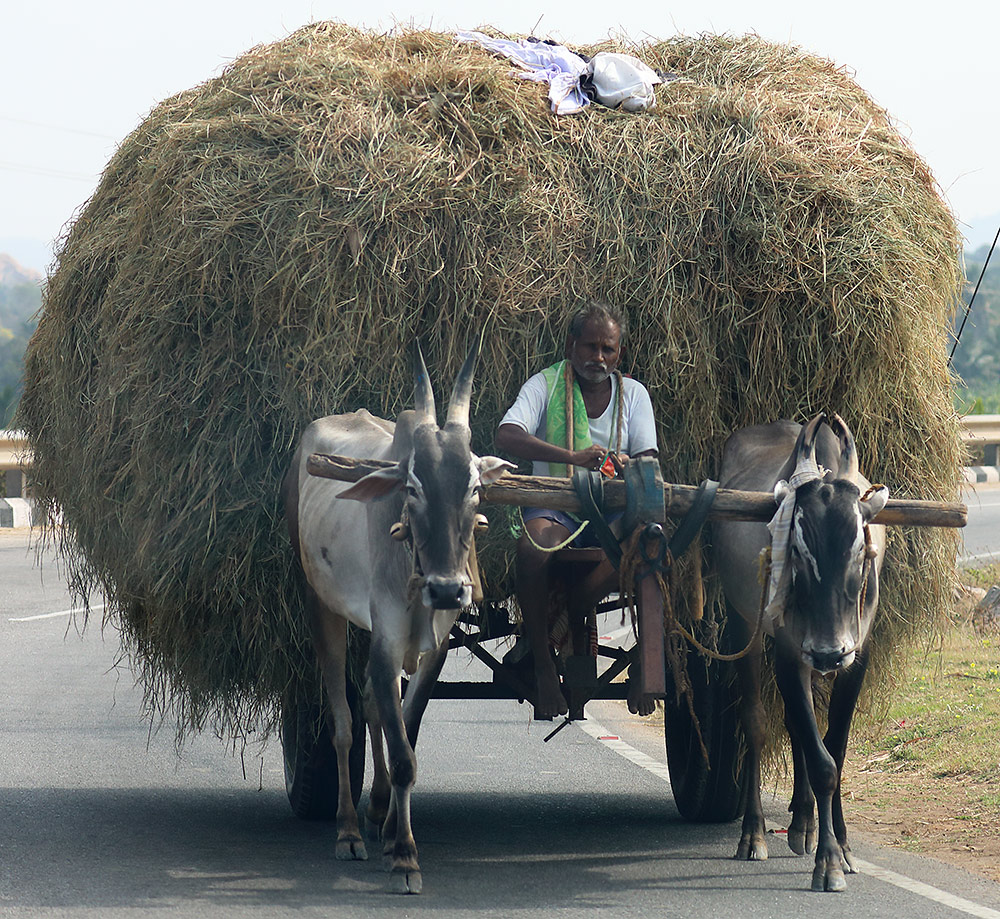
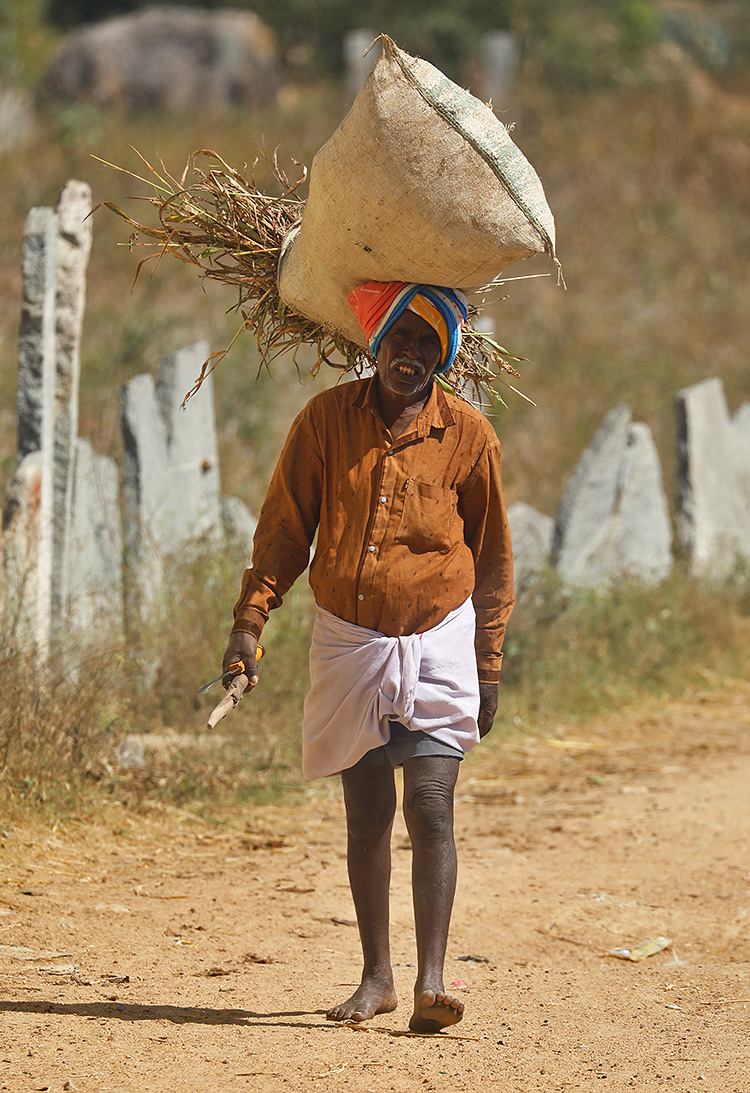
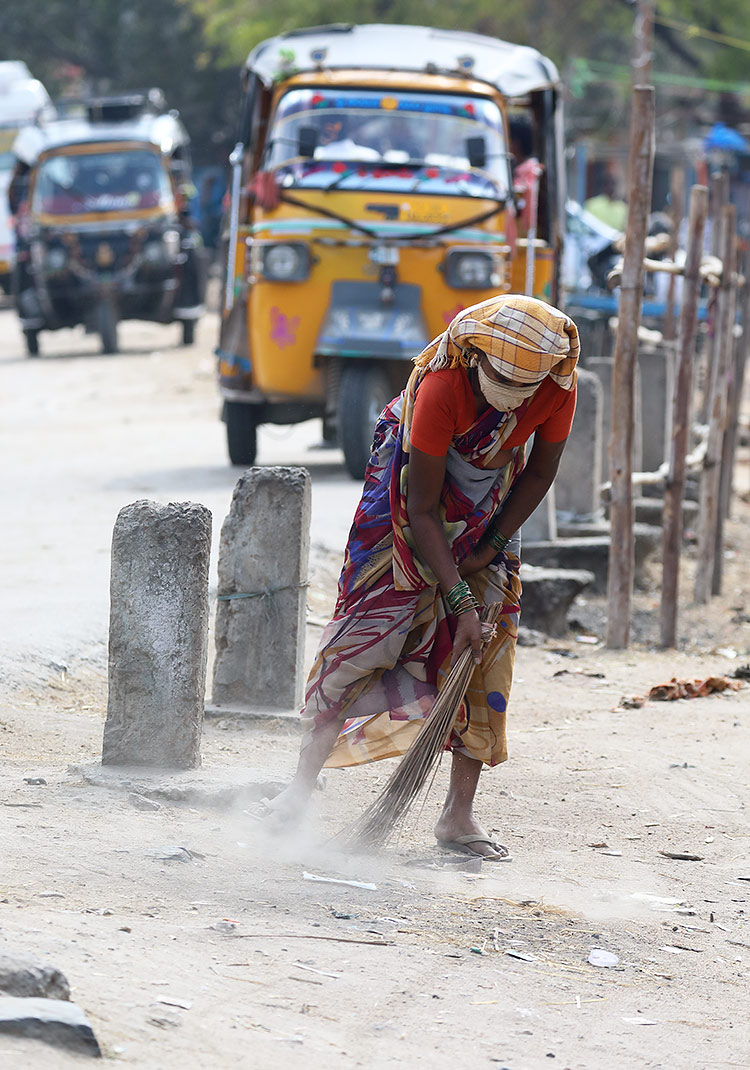
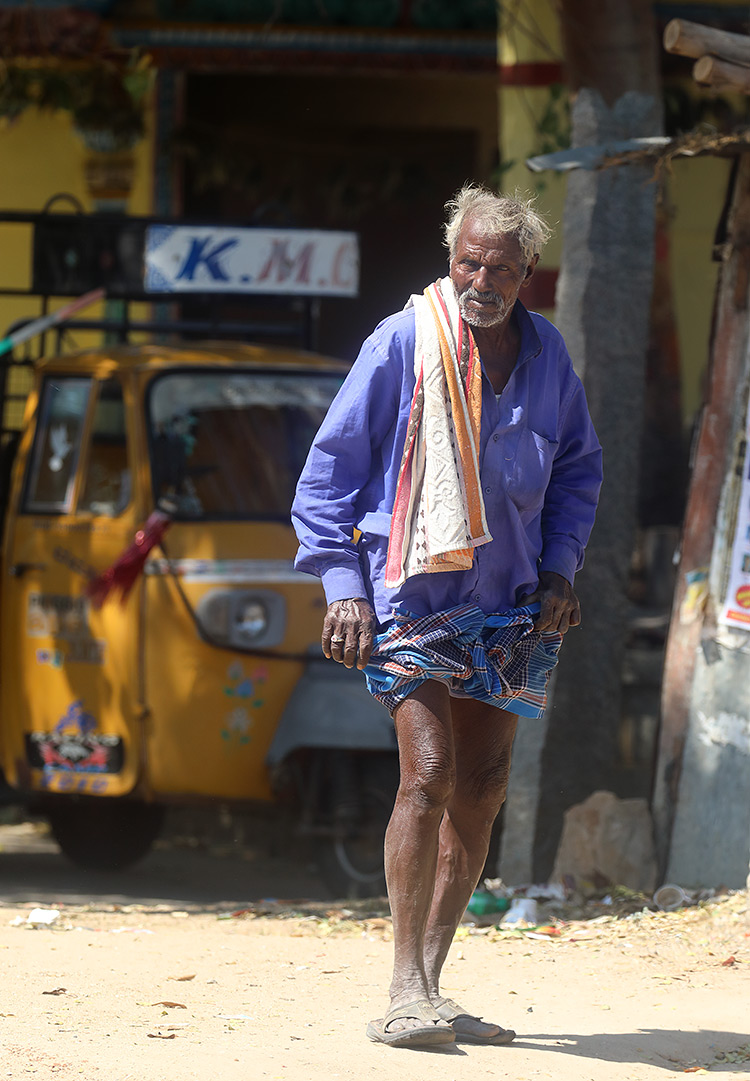
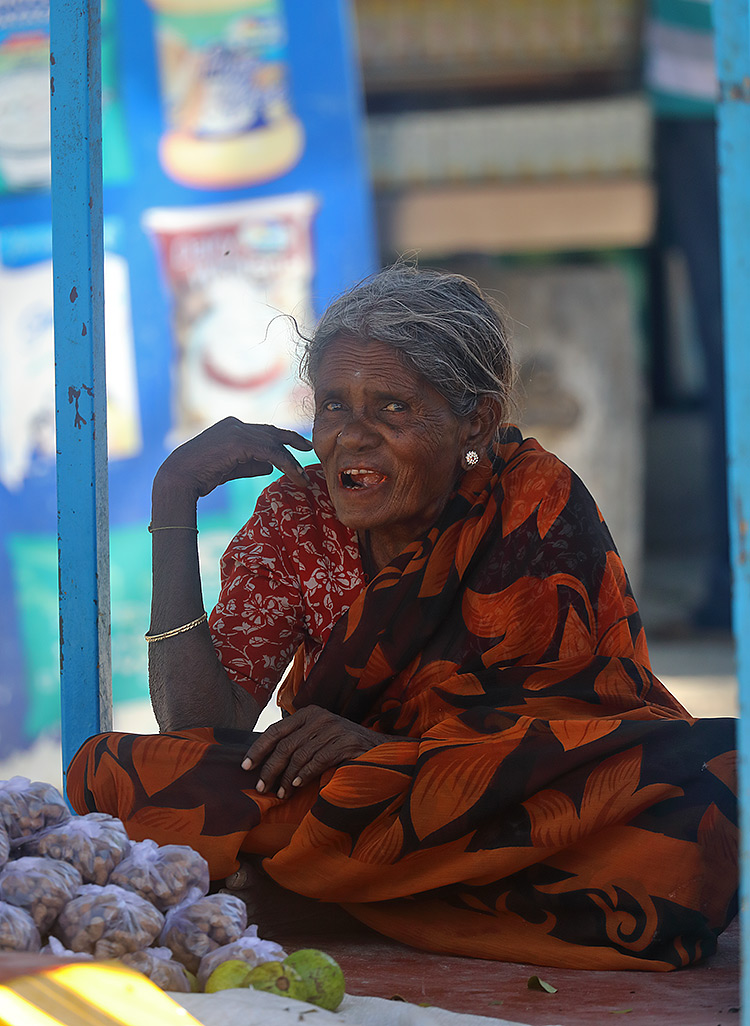
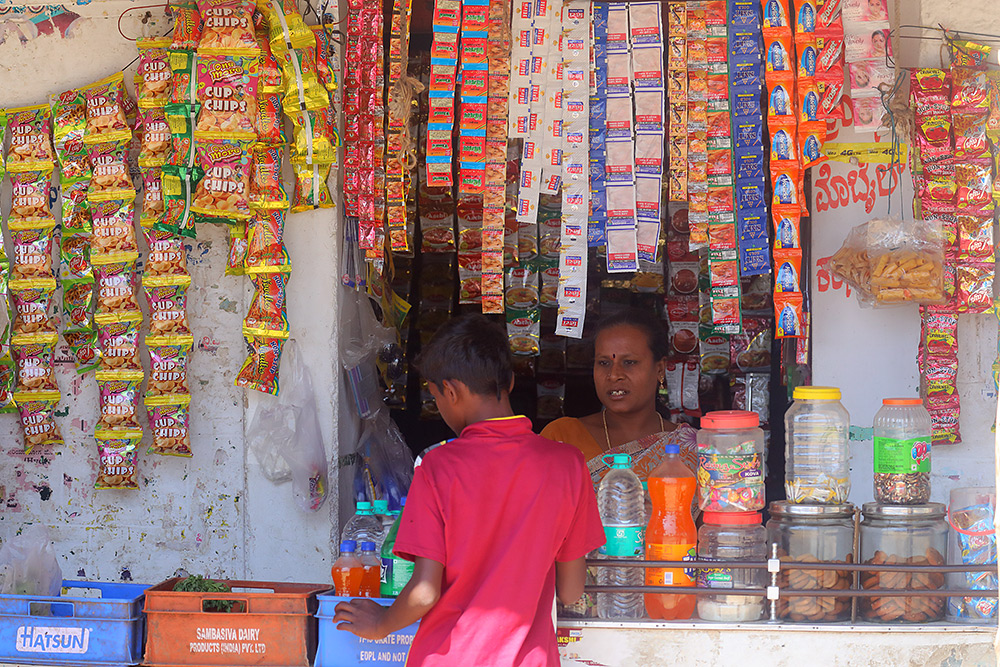
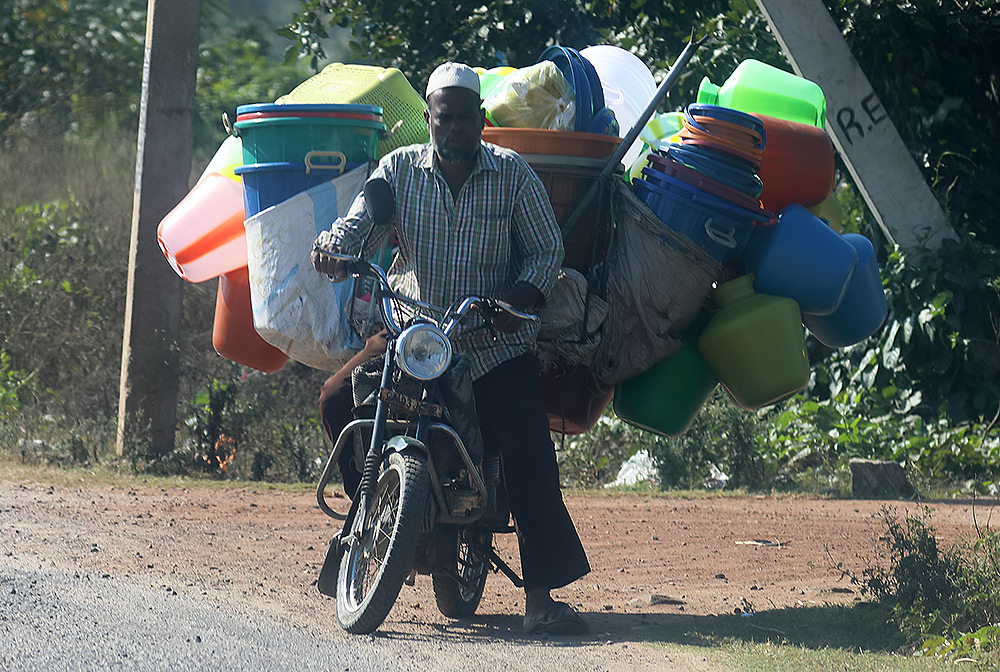
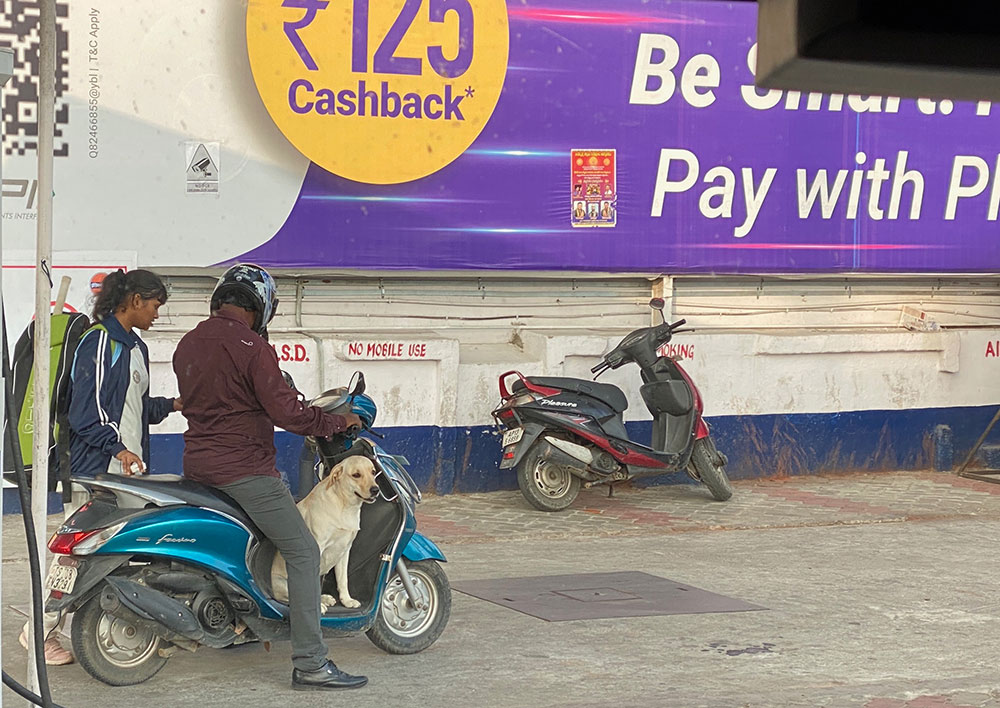
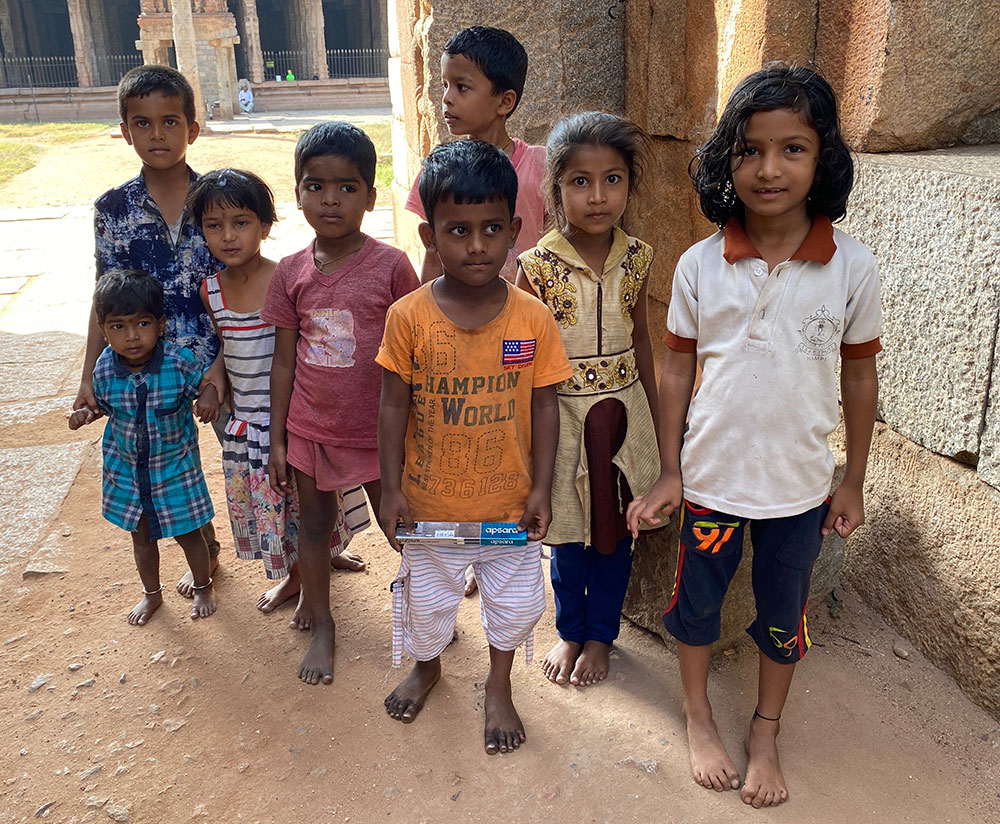
Overall. the trip was a great success and attracted quite a lot of publicity in India.
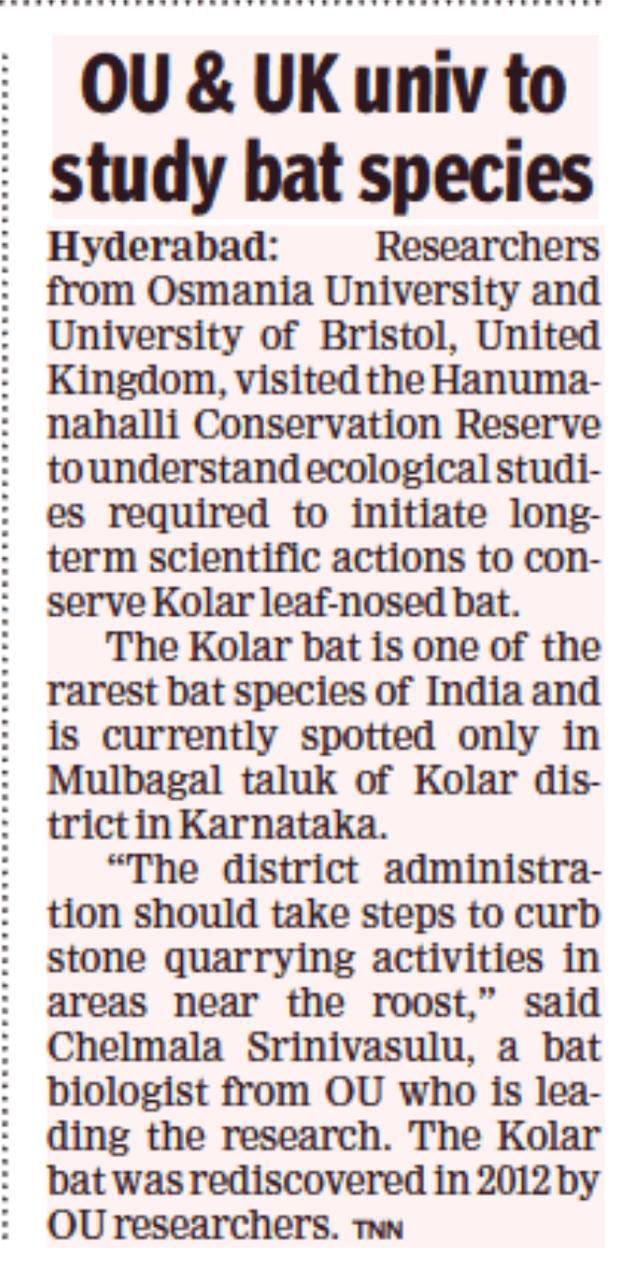
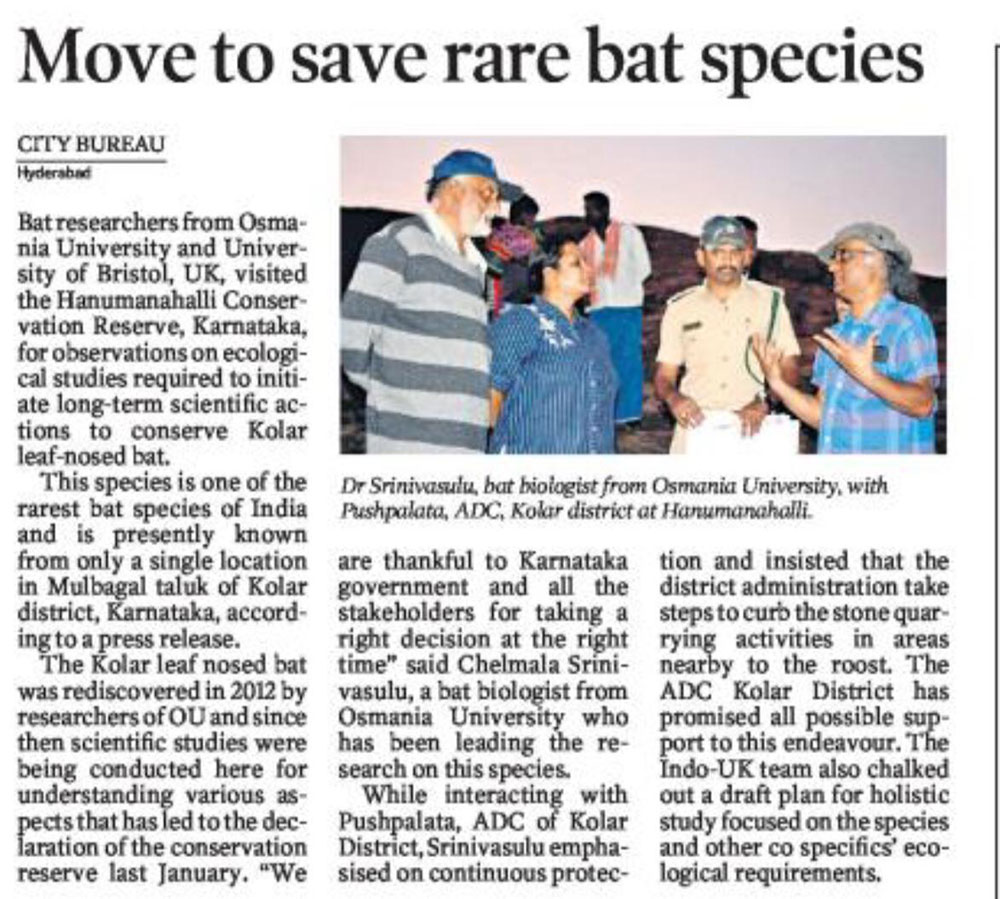
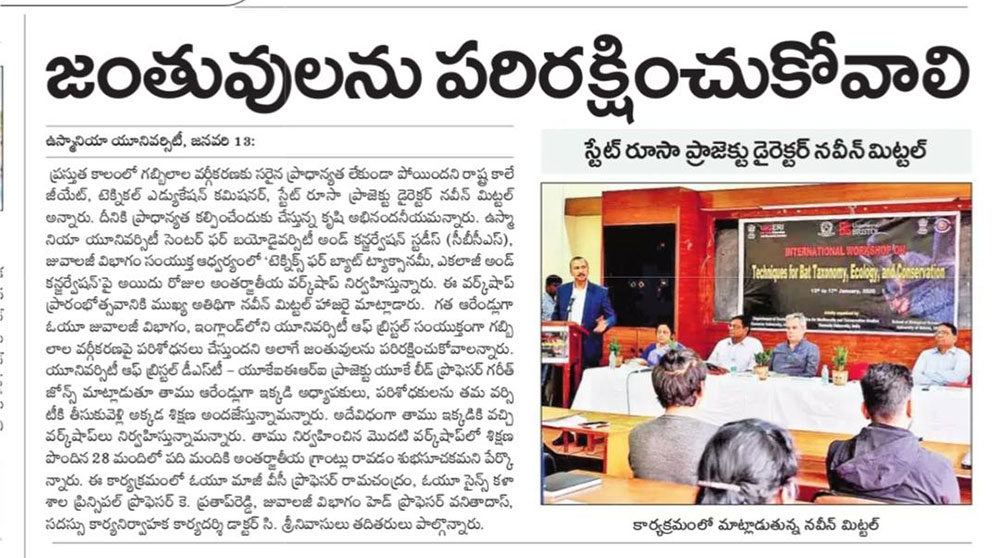
Bird list:
Little cormorant
Little grebe
Intermediate egret
Cattle egret
Grey heron
Indian pond heron
Asian openbill
Black ibis (Hampi)
Spot-billed duck
Oriental honey buzzard (OU)
Black-shouldered kite
Brahminy kite
Black kite
Shikra
Booted eagle - dark and light morphs
Tawny eagle (near Kolar)
Marsh harrier
Grey francolin
Indian peafowl
Black-winged stilt
Indian courser
Red-wattled lapwing
River tern
Laughing dove
Spotted dove
Plum-headed parakeet
Rose-ringed (ring-necked) parakeet
Asian koel
Greater coucal
Spotted owlet
Asian palm swift
House (little) swift
Indian roller
White-throated kingfisher
Green bee-eater
White-cheeked barbet
Coppersmith barbet
Hoopoe
Black-rumped flameback
Golden oriole
Black-hooded oriole (OU)
Oriental skylark
Ashy woodswallow (near Kolar)
Dusky crag marin (Hampi)
Barn swallow
Wire-tailed swallow (Hampi)
Black drongo
Bay-backed shrike (Kolar grassland)
Chestnut-tailed starling
Brahminy starling (Hampi)
Common mynah
Jungle mynah (Kolar)
Rufous treepie (OU)
House crow
Large-billed crow
Red-vented bulbul
White-browed bulbul (Hampi)
Jungle babbler
Large grey babbler (Kolar grasslands)
Asian brown flycatcher (Hampi)
Verditer flycatcher (OU)
Tickell's blue flycatcher (OU)
Ashy prinia (OU)
Plain prinia (Hampi)
Chiffchaff (OU, though calls different from UK birds)
Oriental magpie robin
Indian robin
Pied bush chat (Hampi)
Blue rock thrush (Hampi)
White-browed wagtail
Purple sunbird
Thick-billed flowerpecker (Hampi)
Pale-billed flowerpecker (Hampi)
Red avadavat (Hampi)
House sparrow (Kolar)
The New Year started in Cornwall, with a walk west of St Ives on 1st. There were several harbour porpoises and great northern divers offshore. It's fantastic to see these from the bedroom window too. On 3rd we visited Newlyn harbour, and had great views of a juvenile Iceland gull and about 3 great northern divers. A pair of eiders here too.
